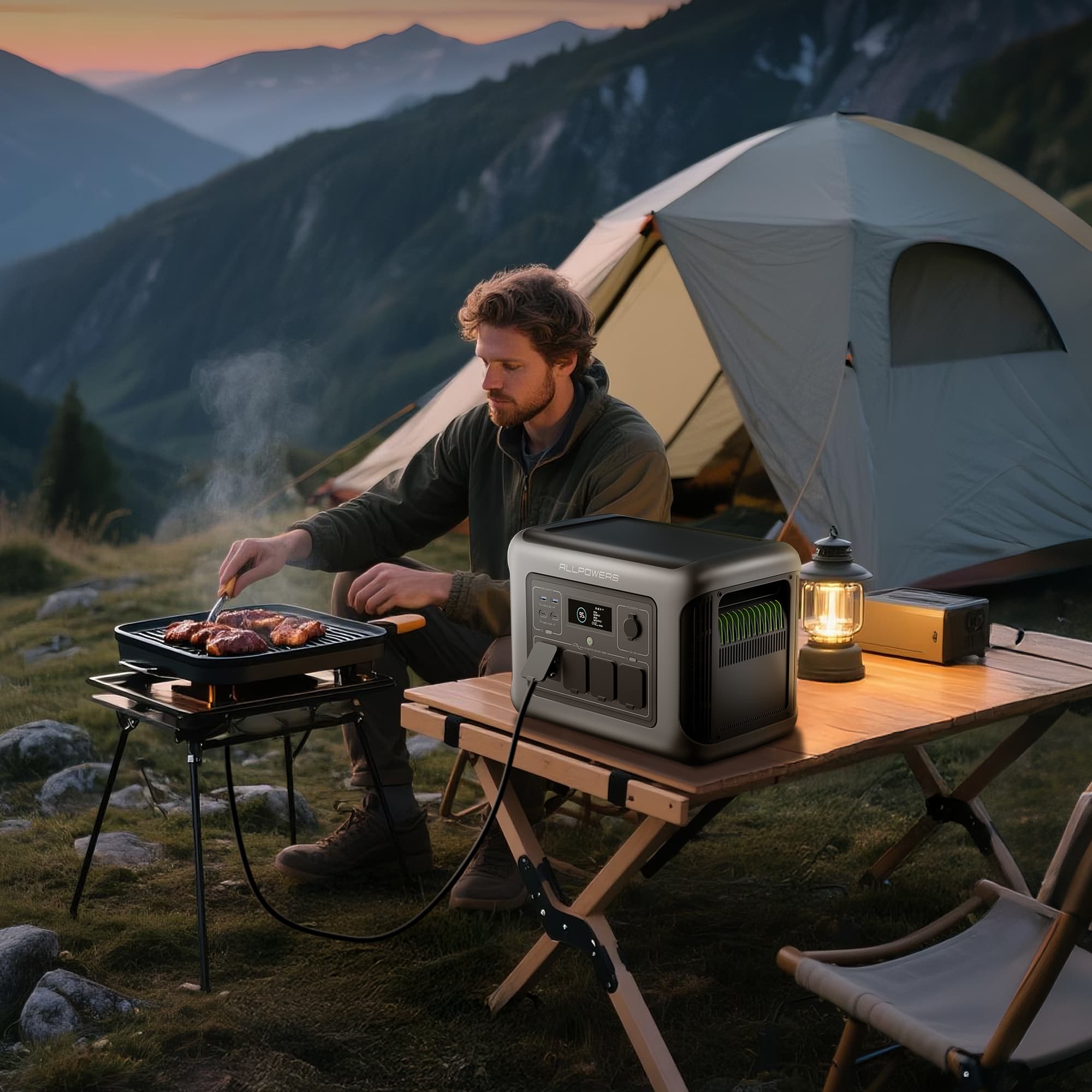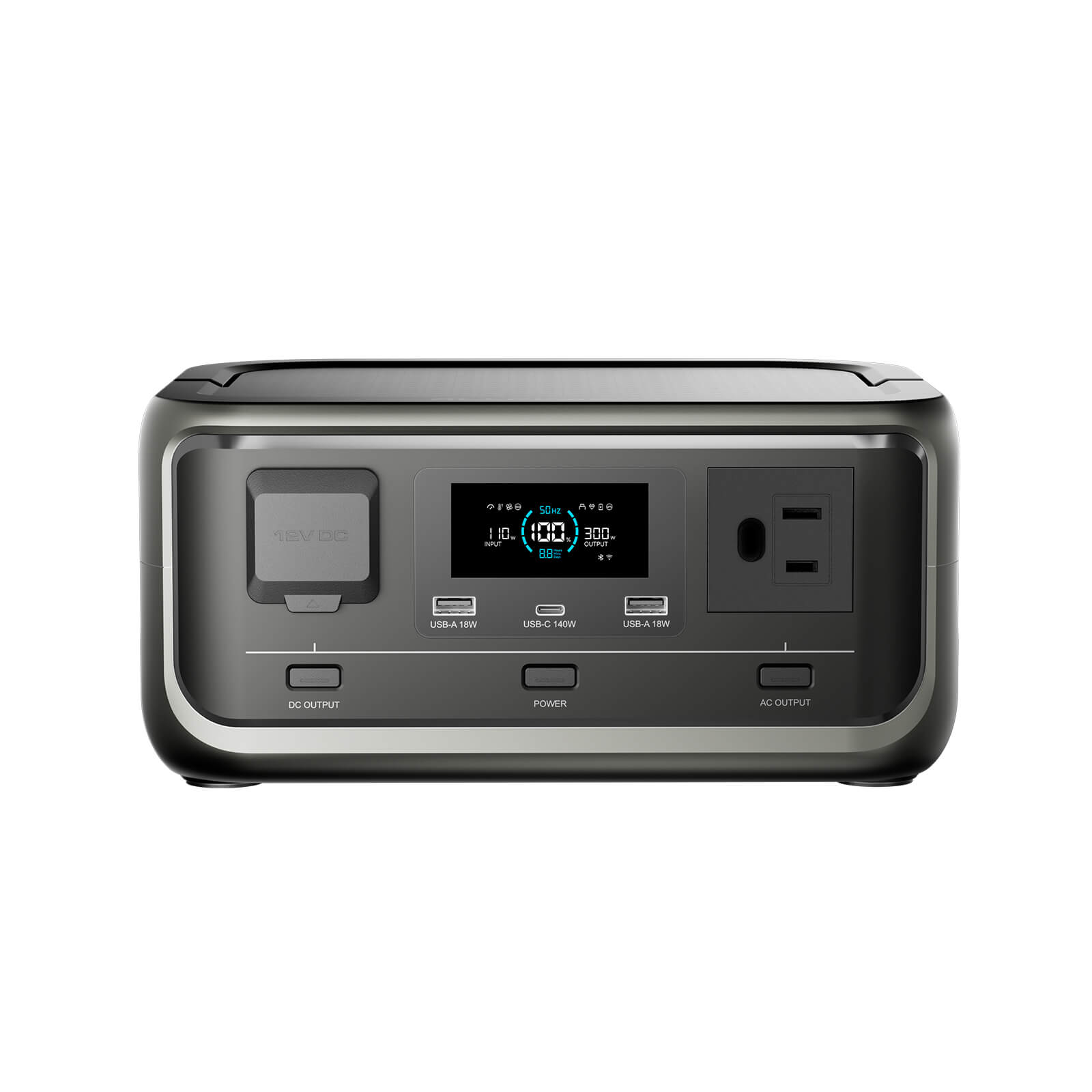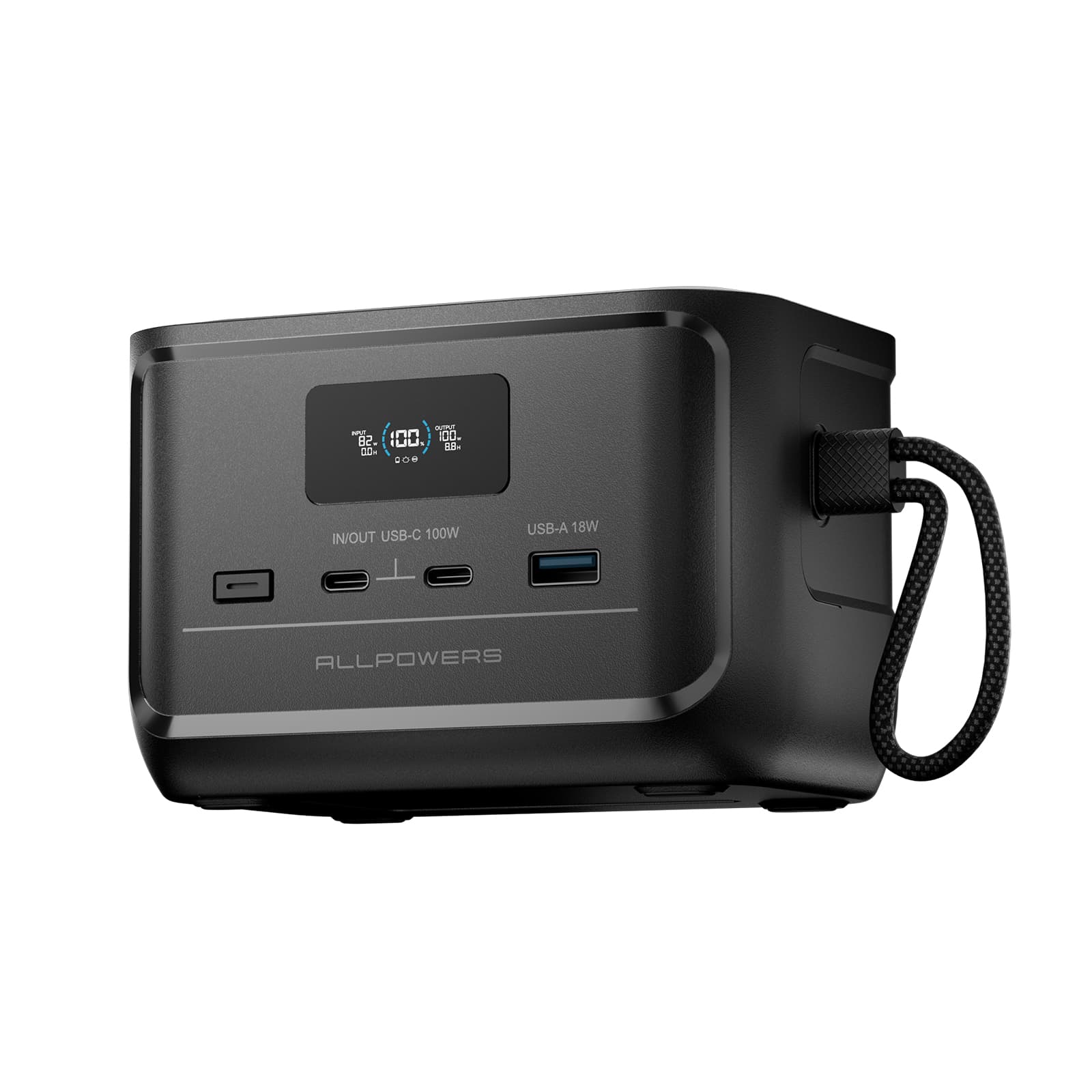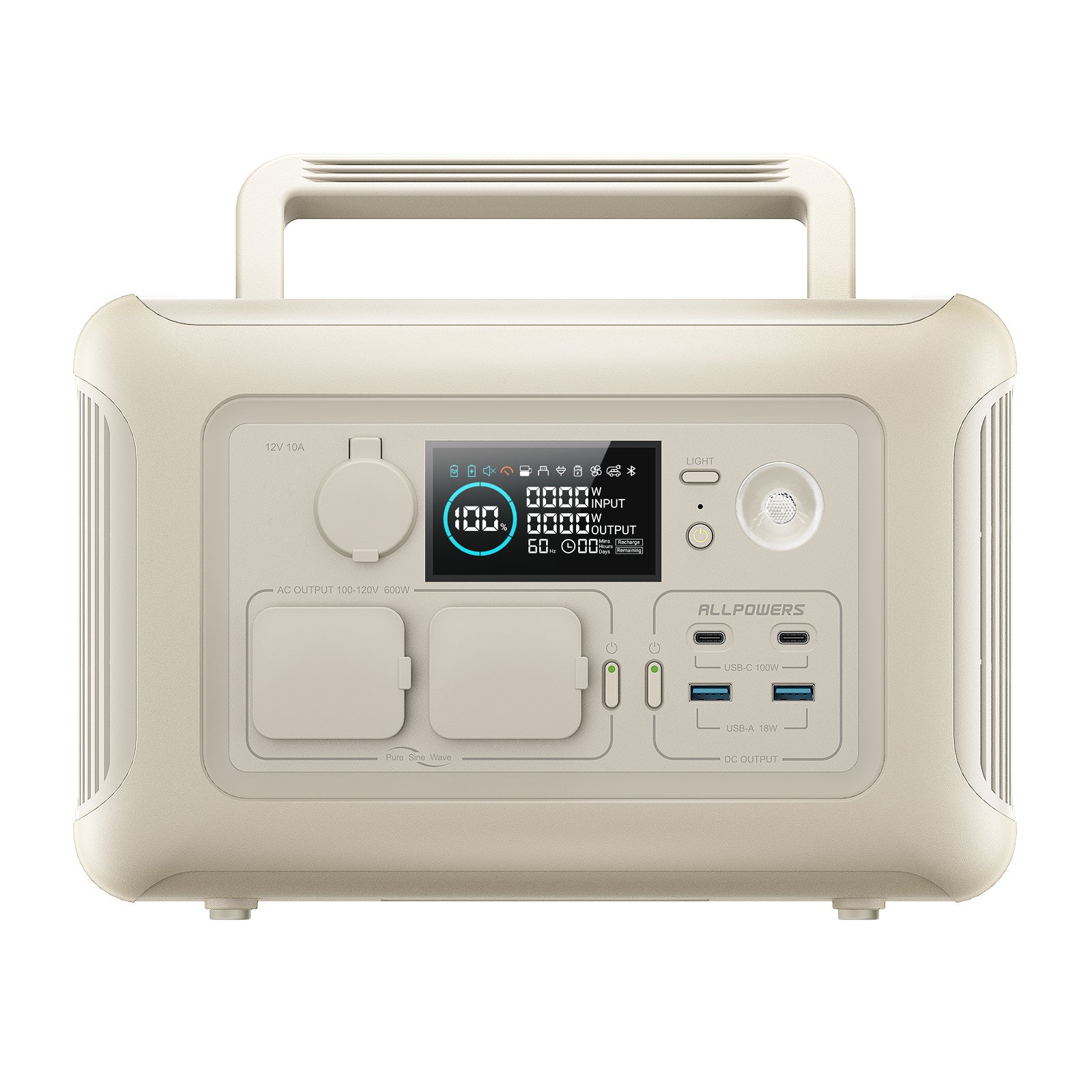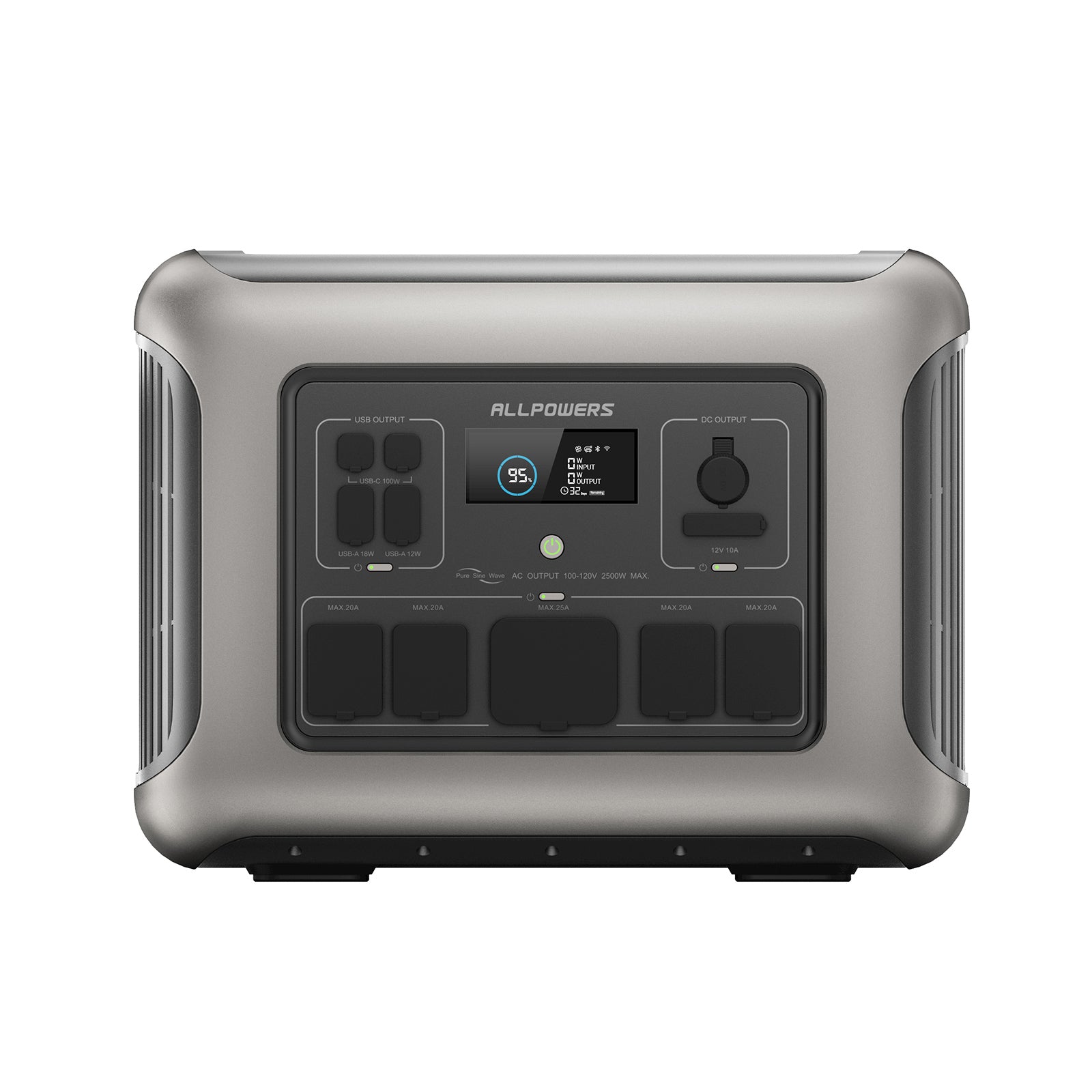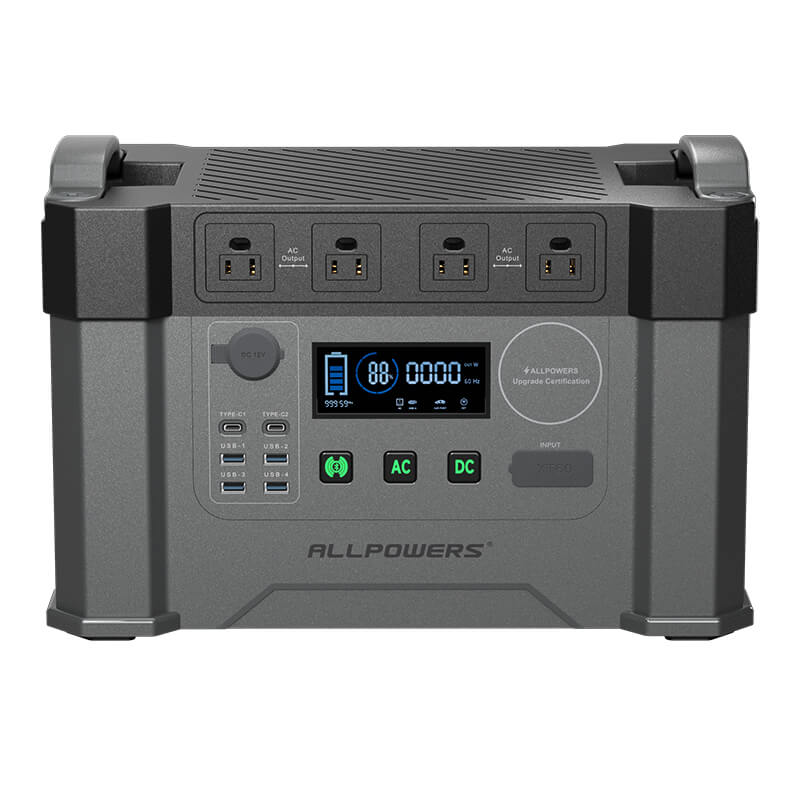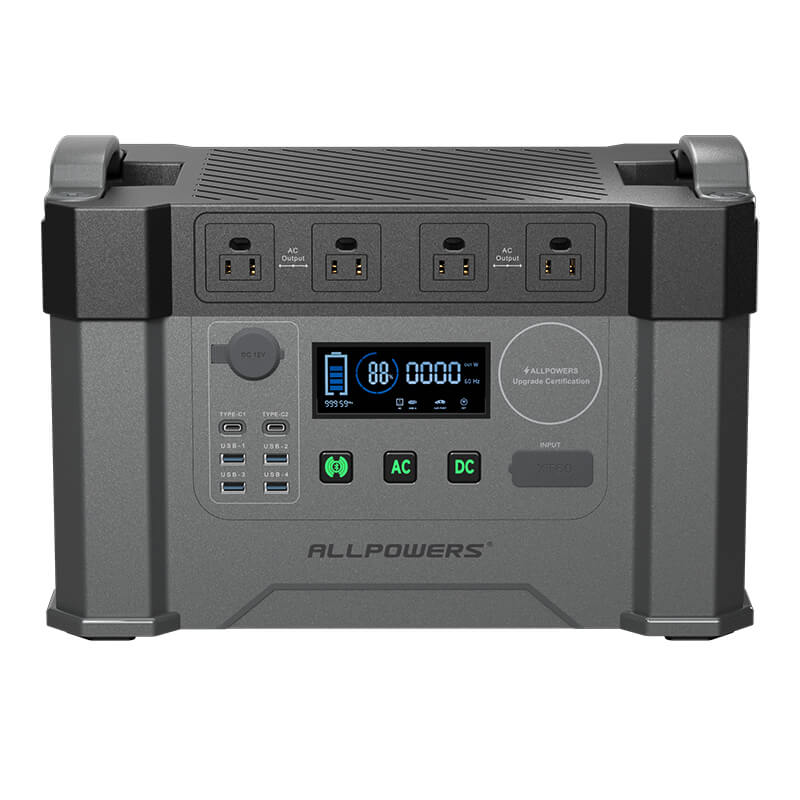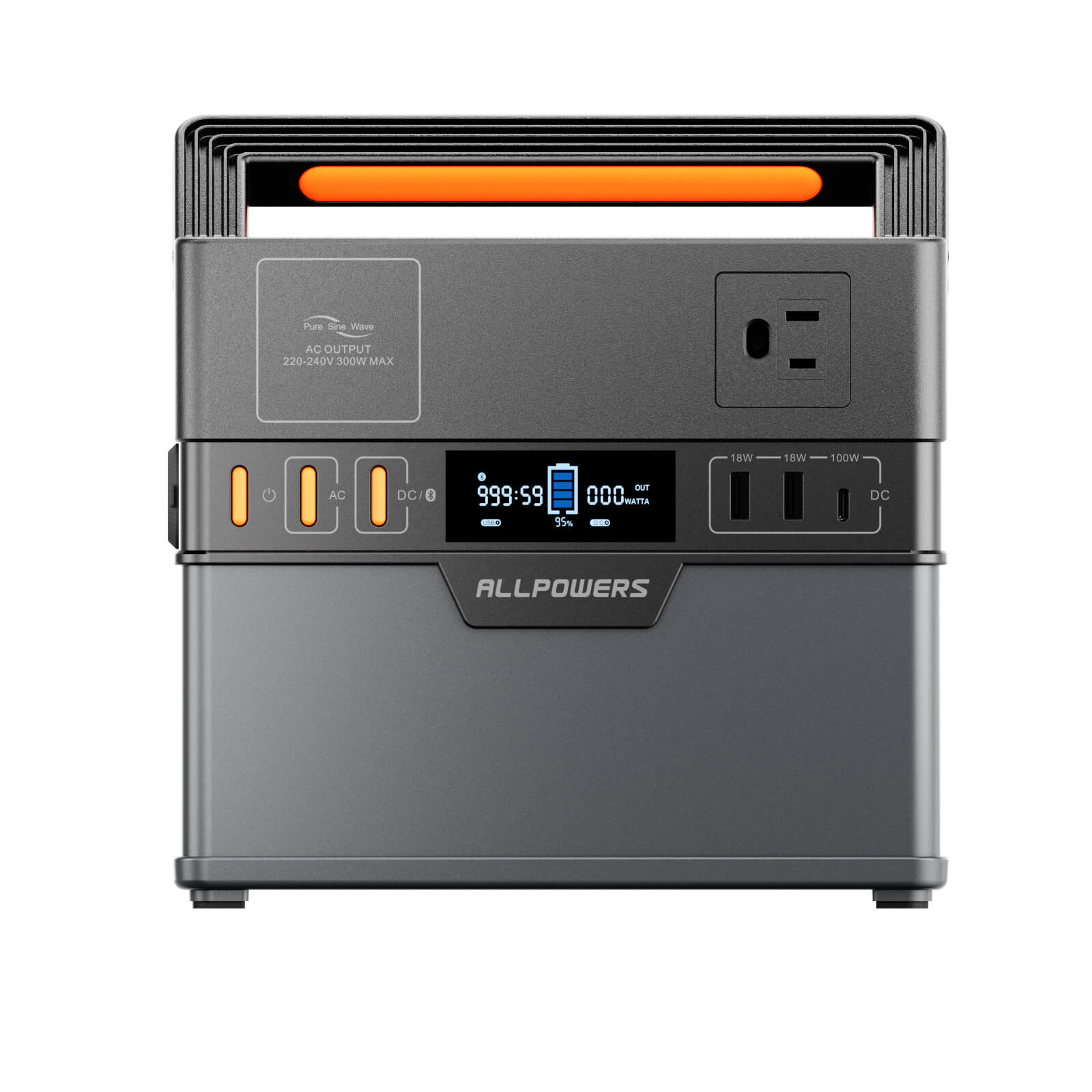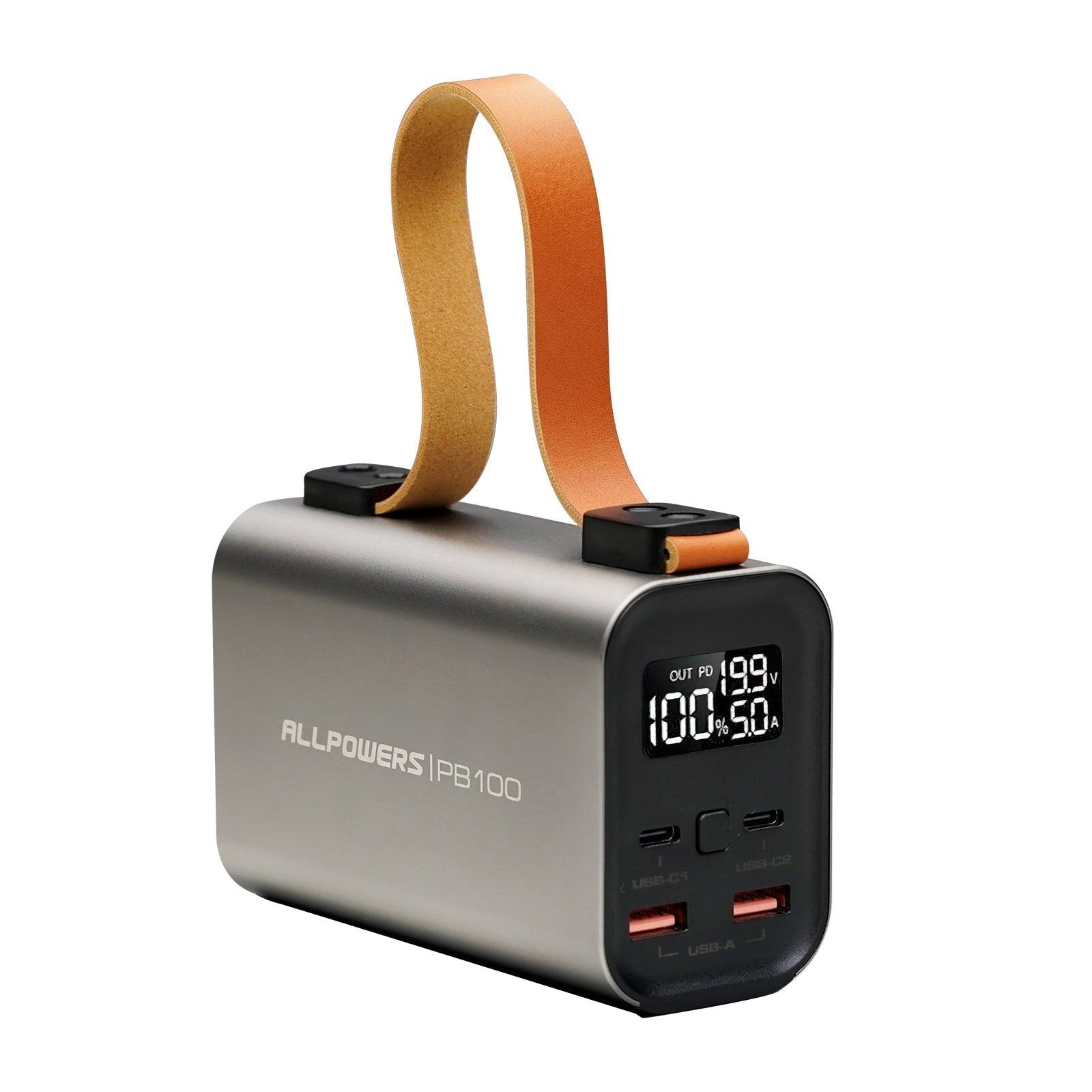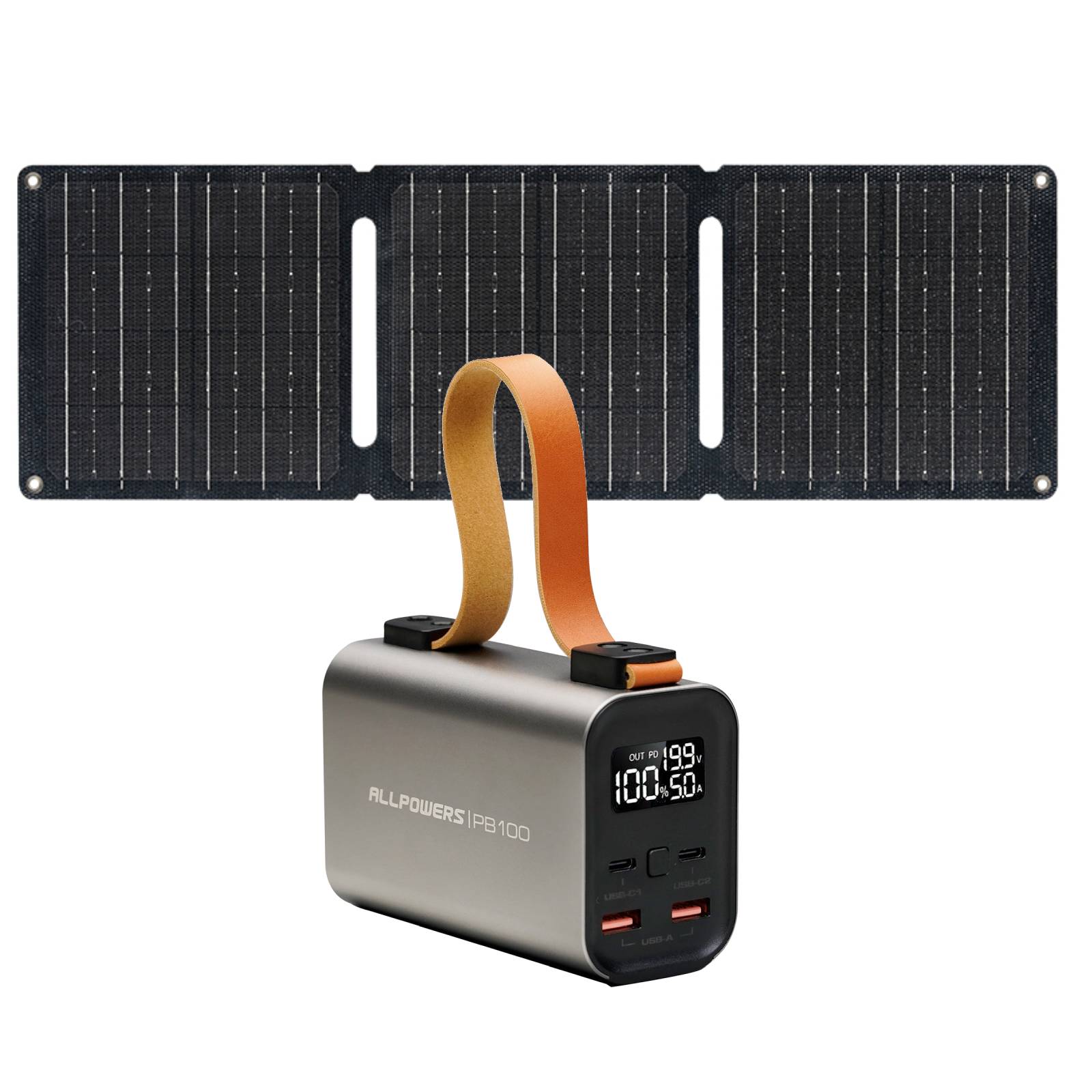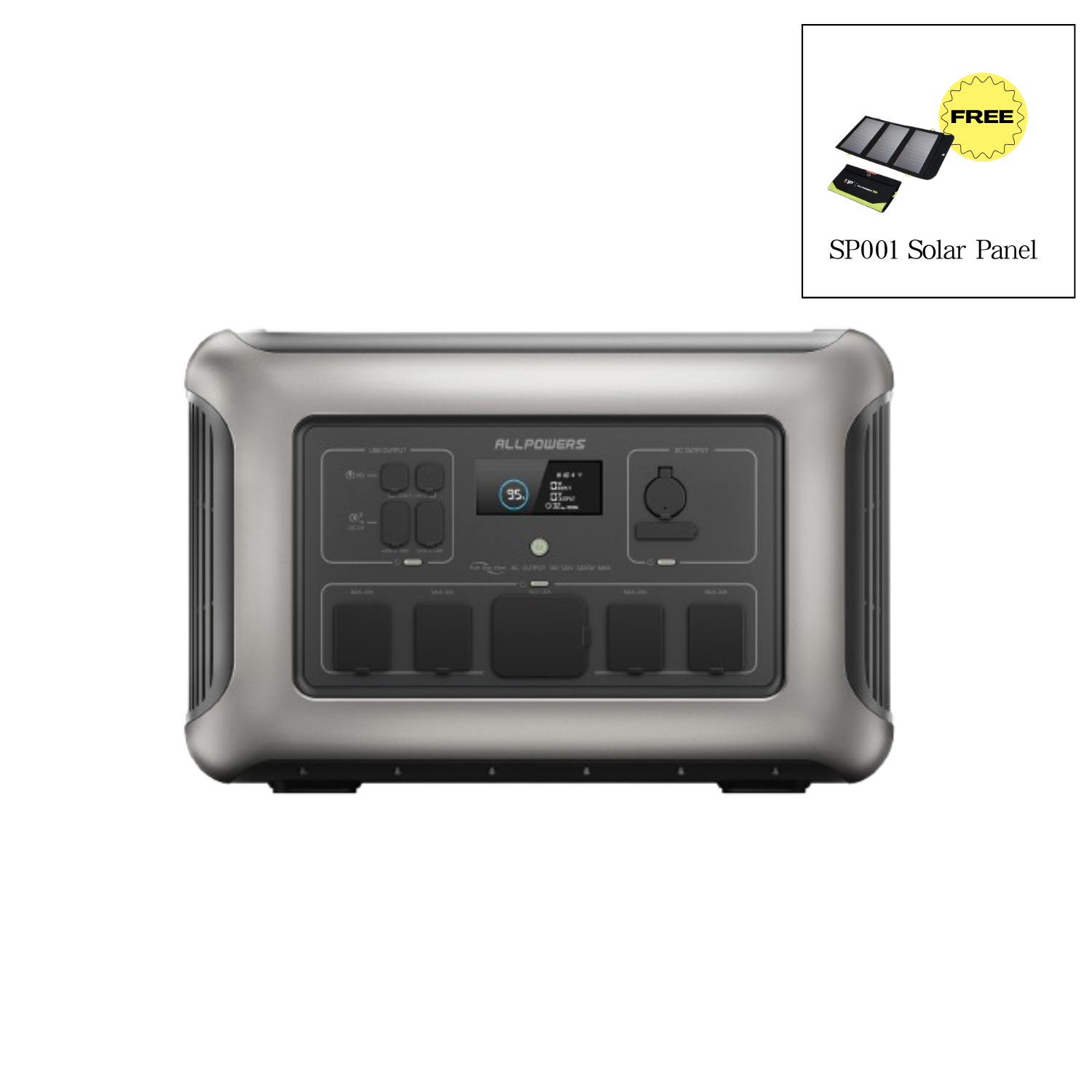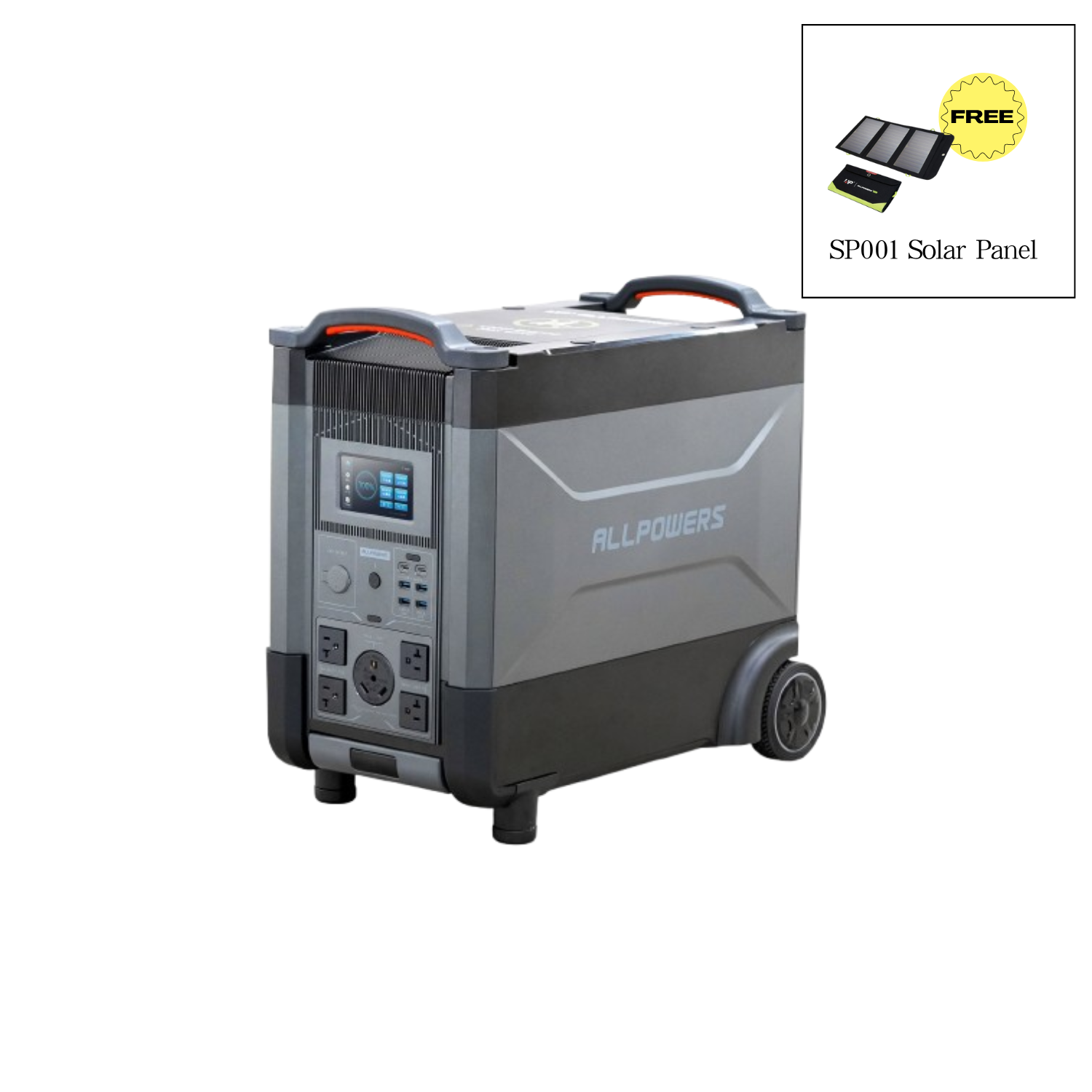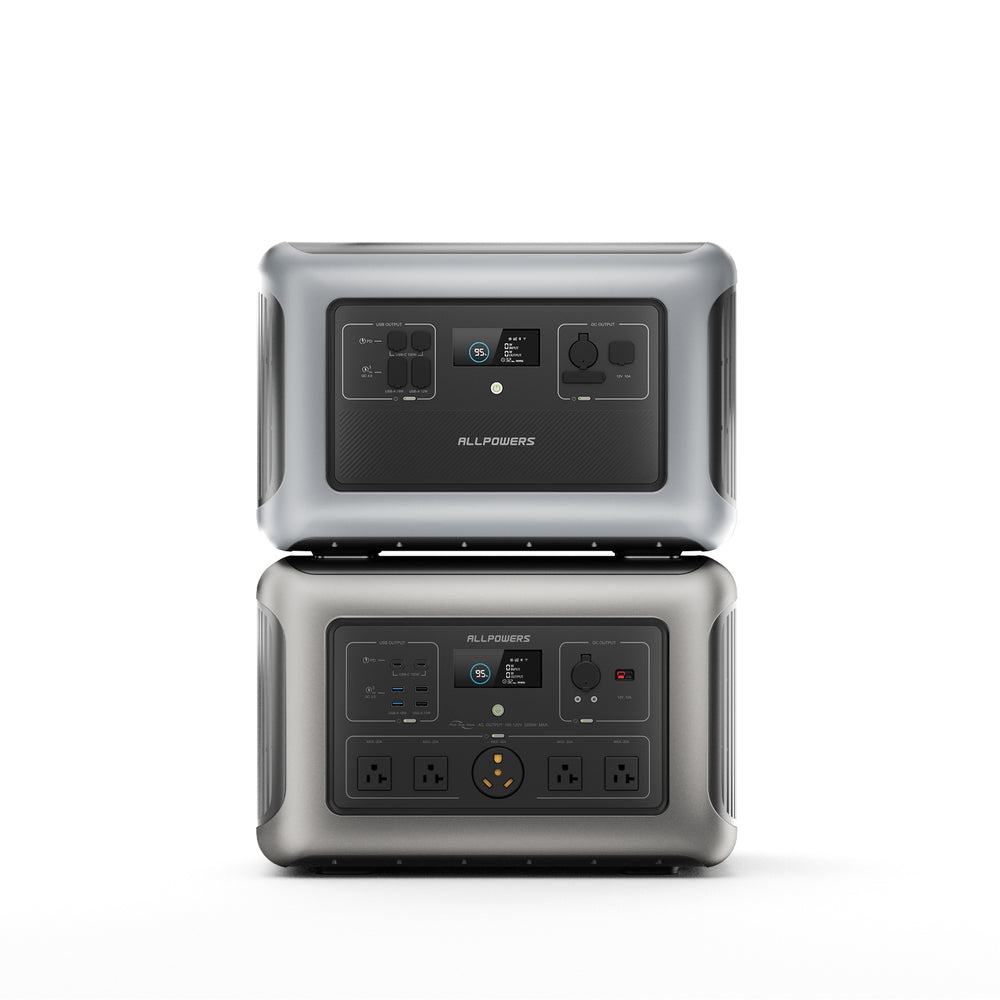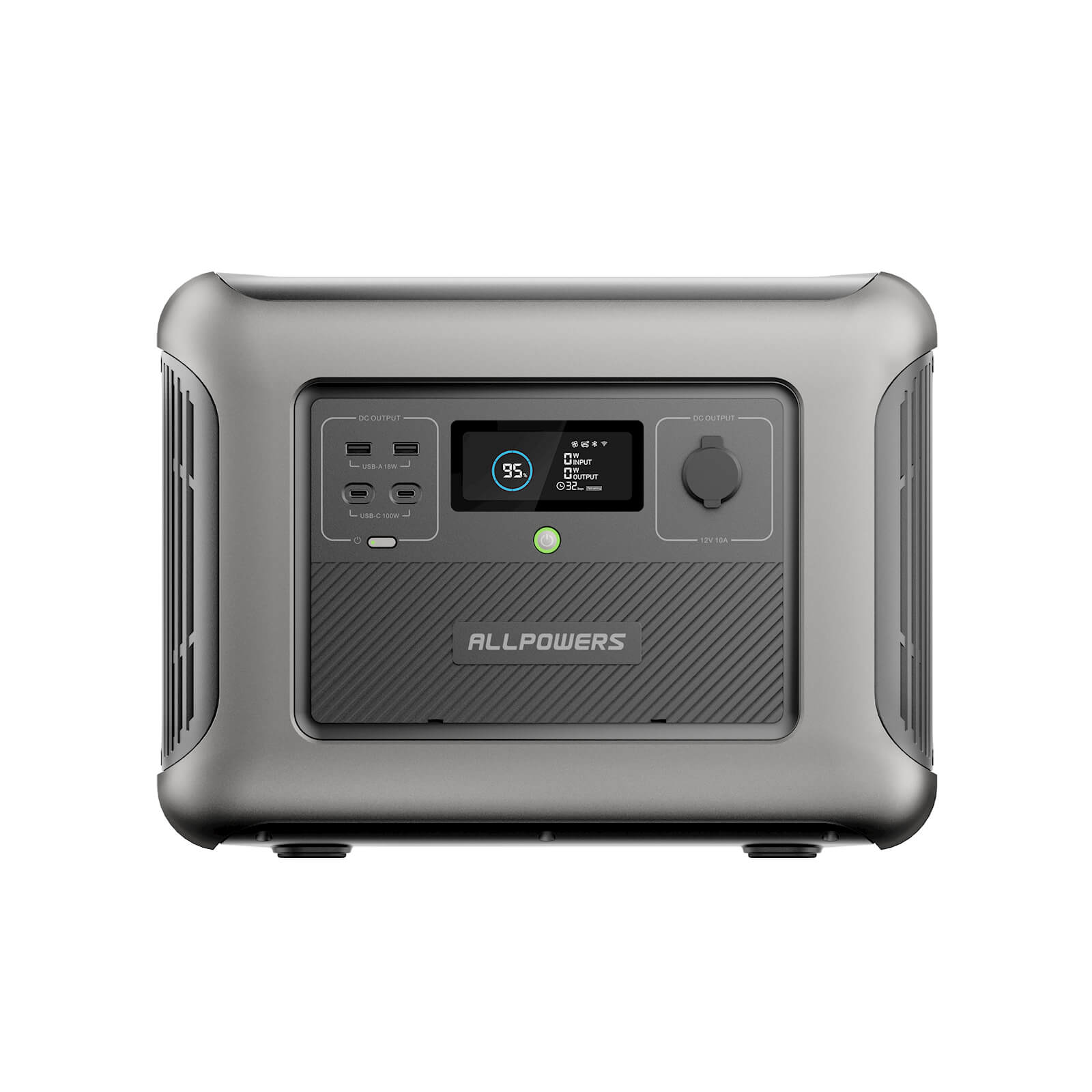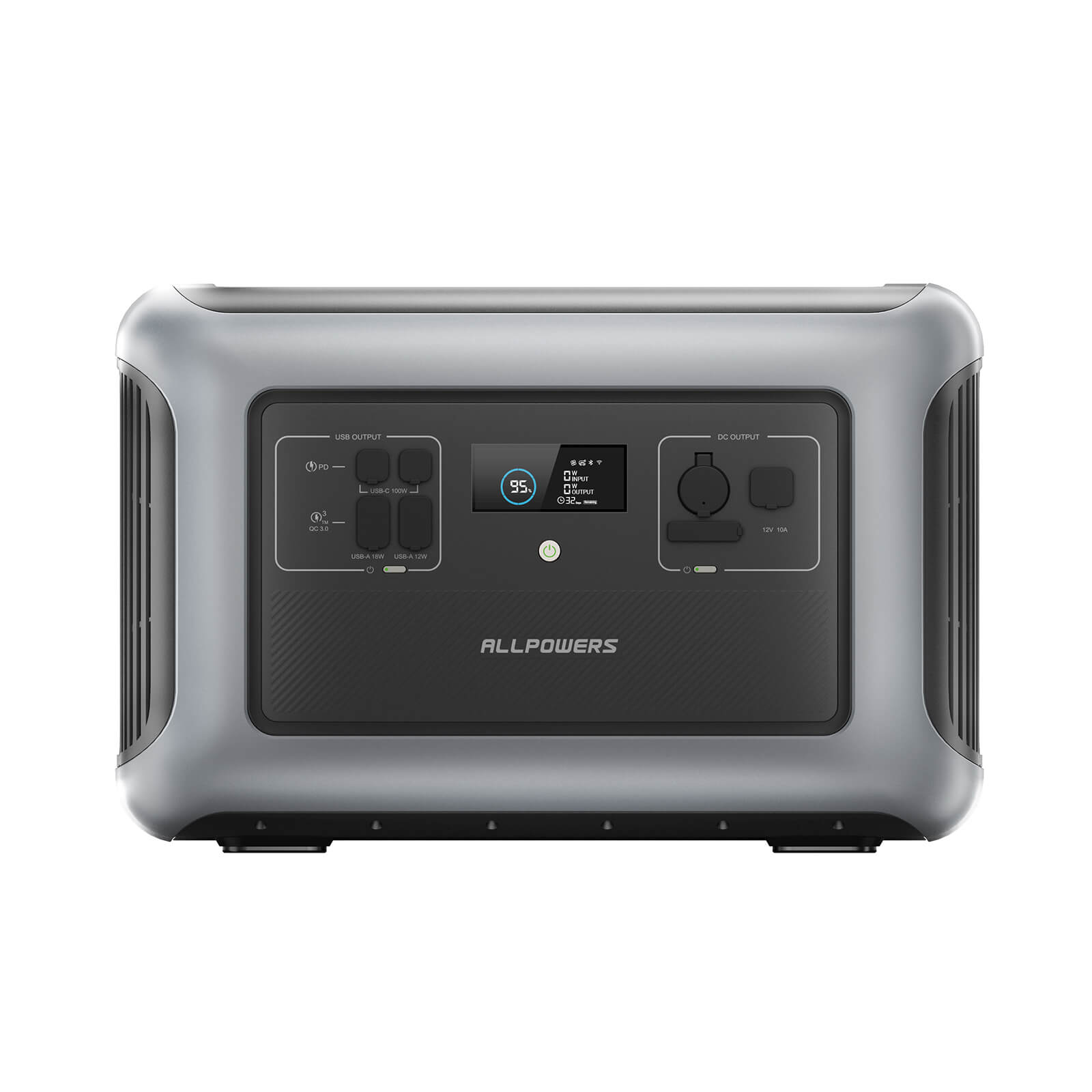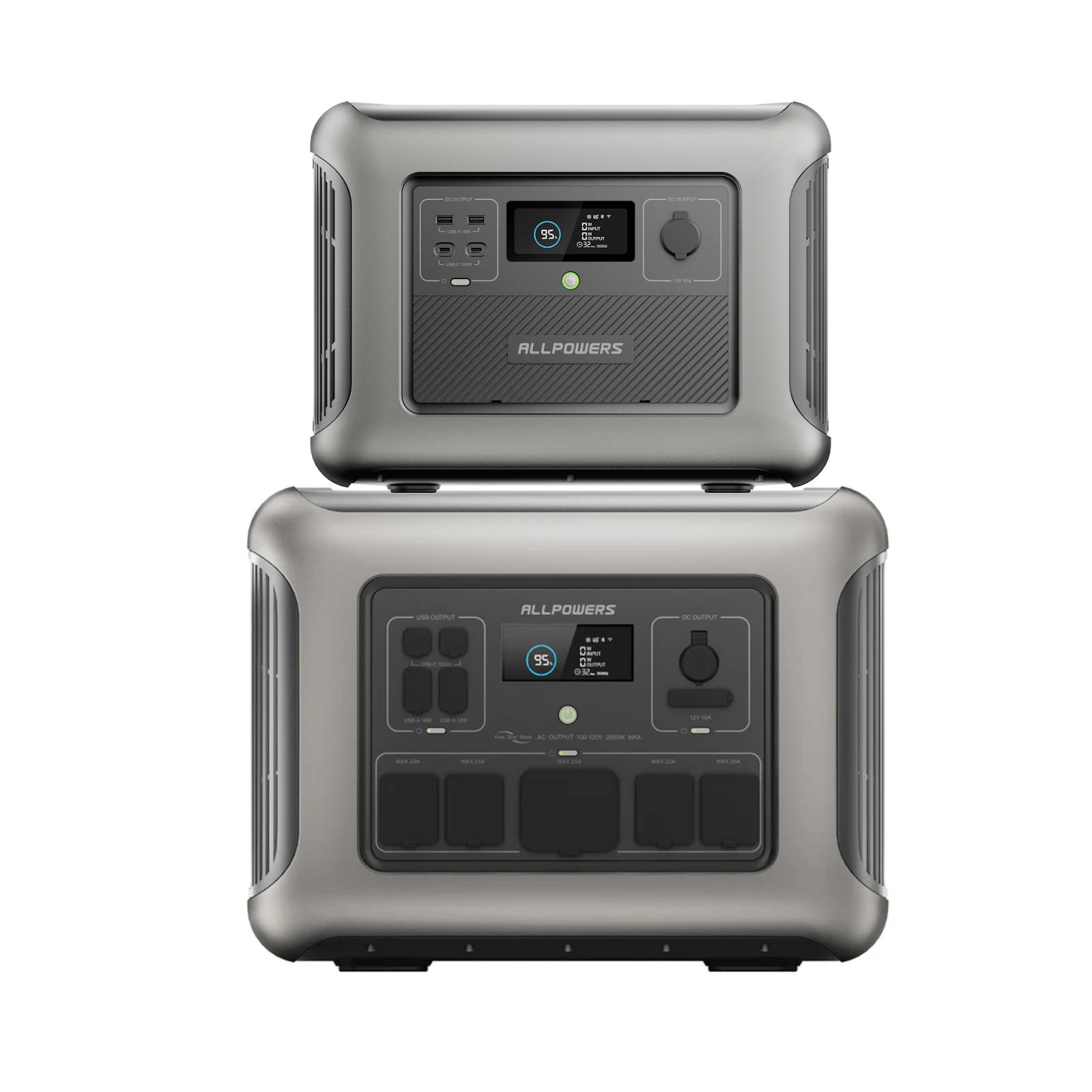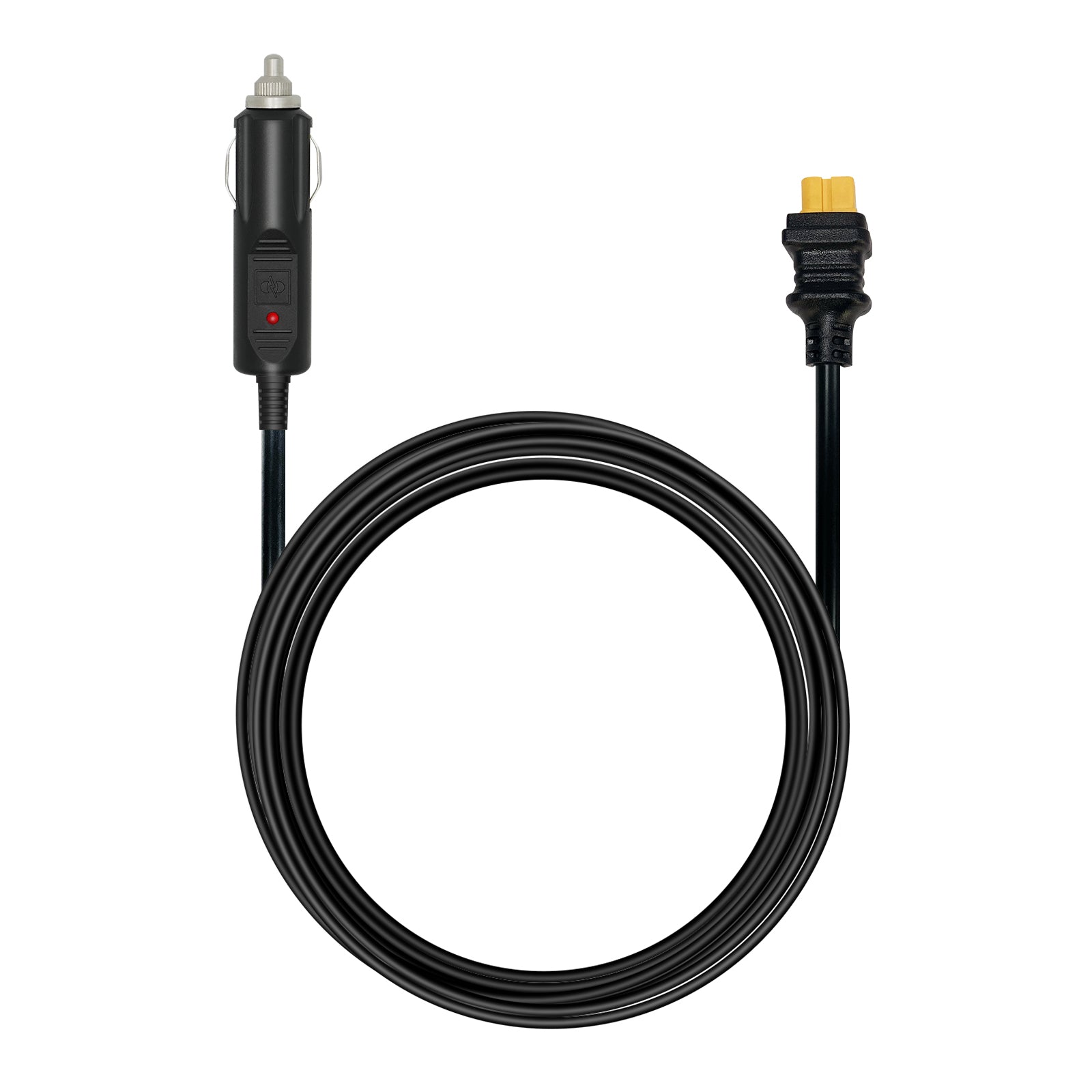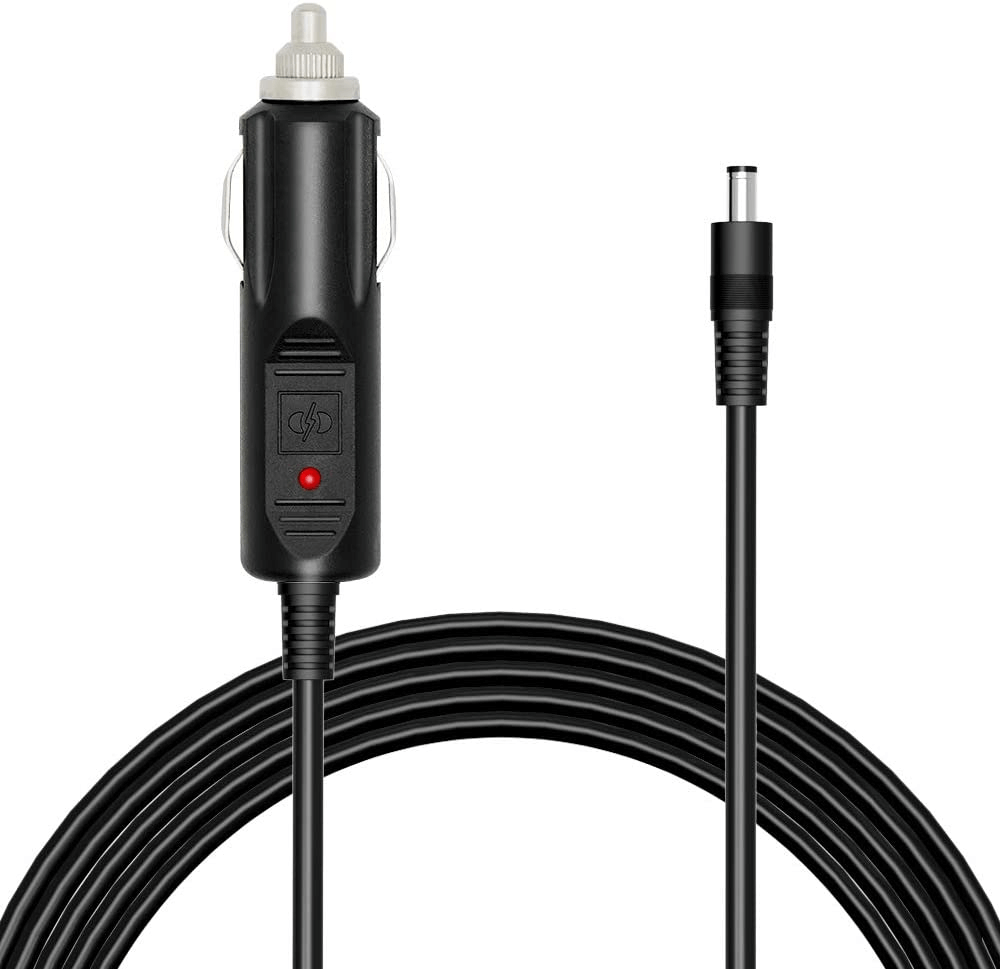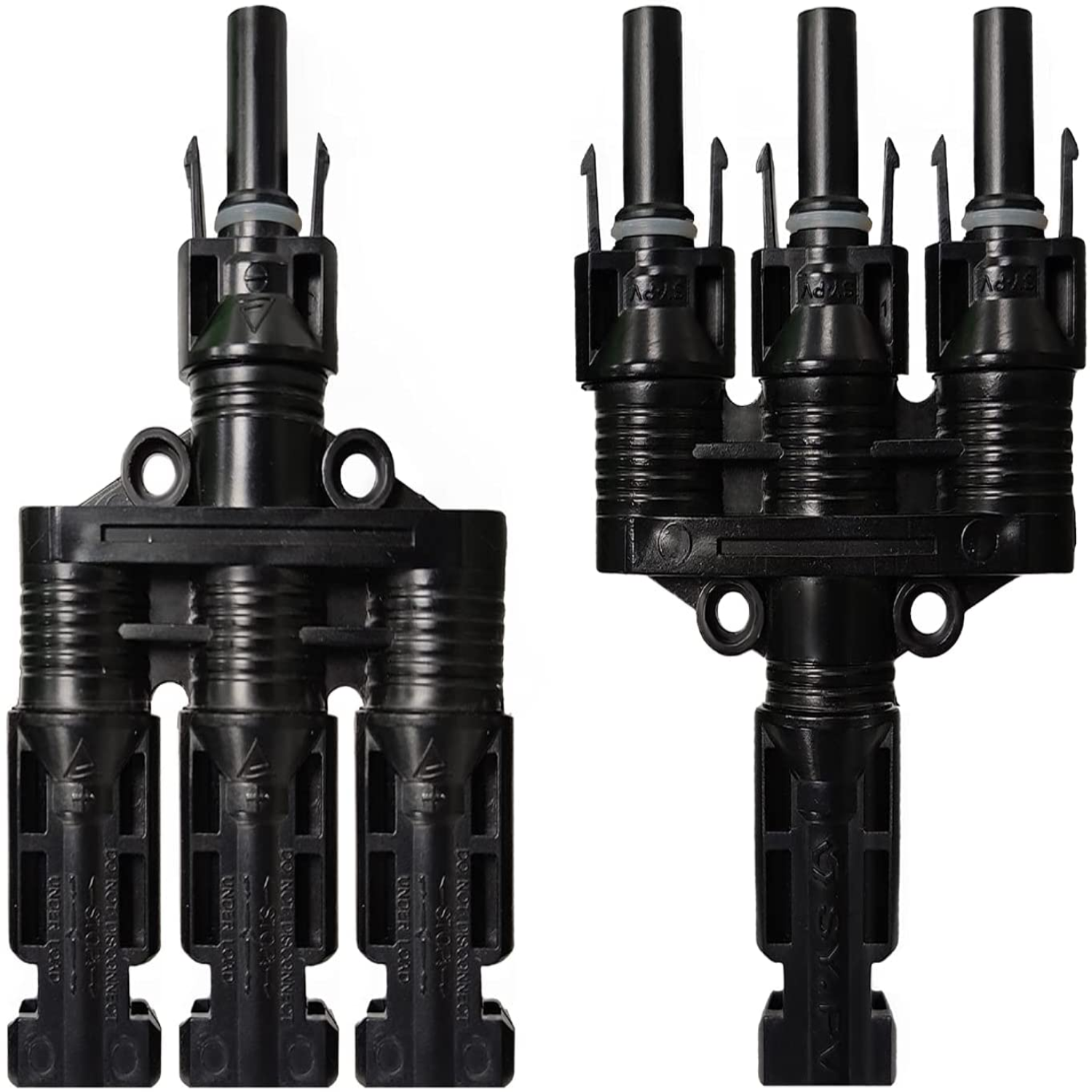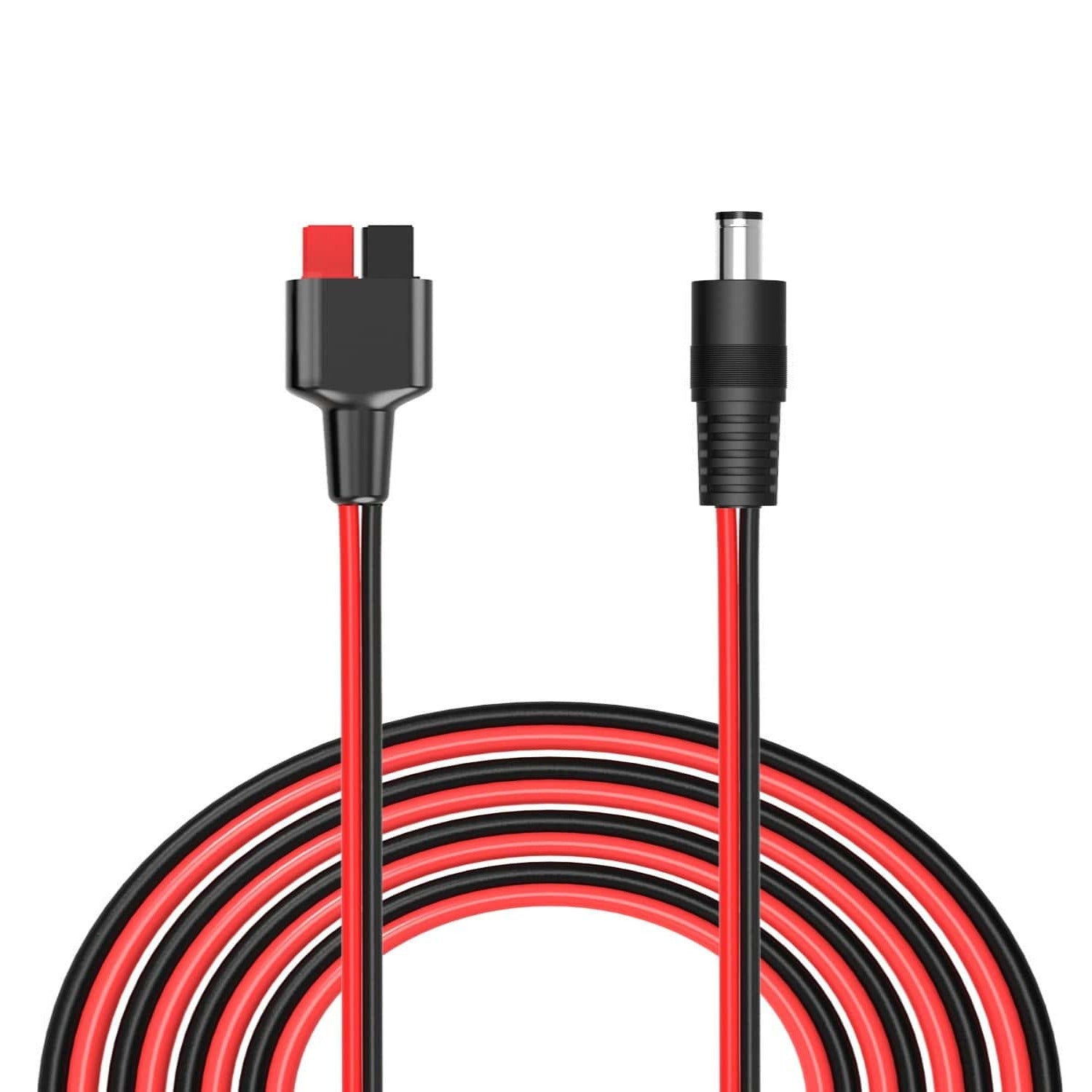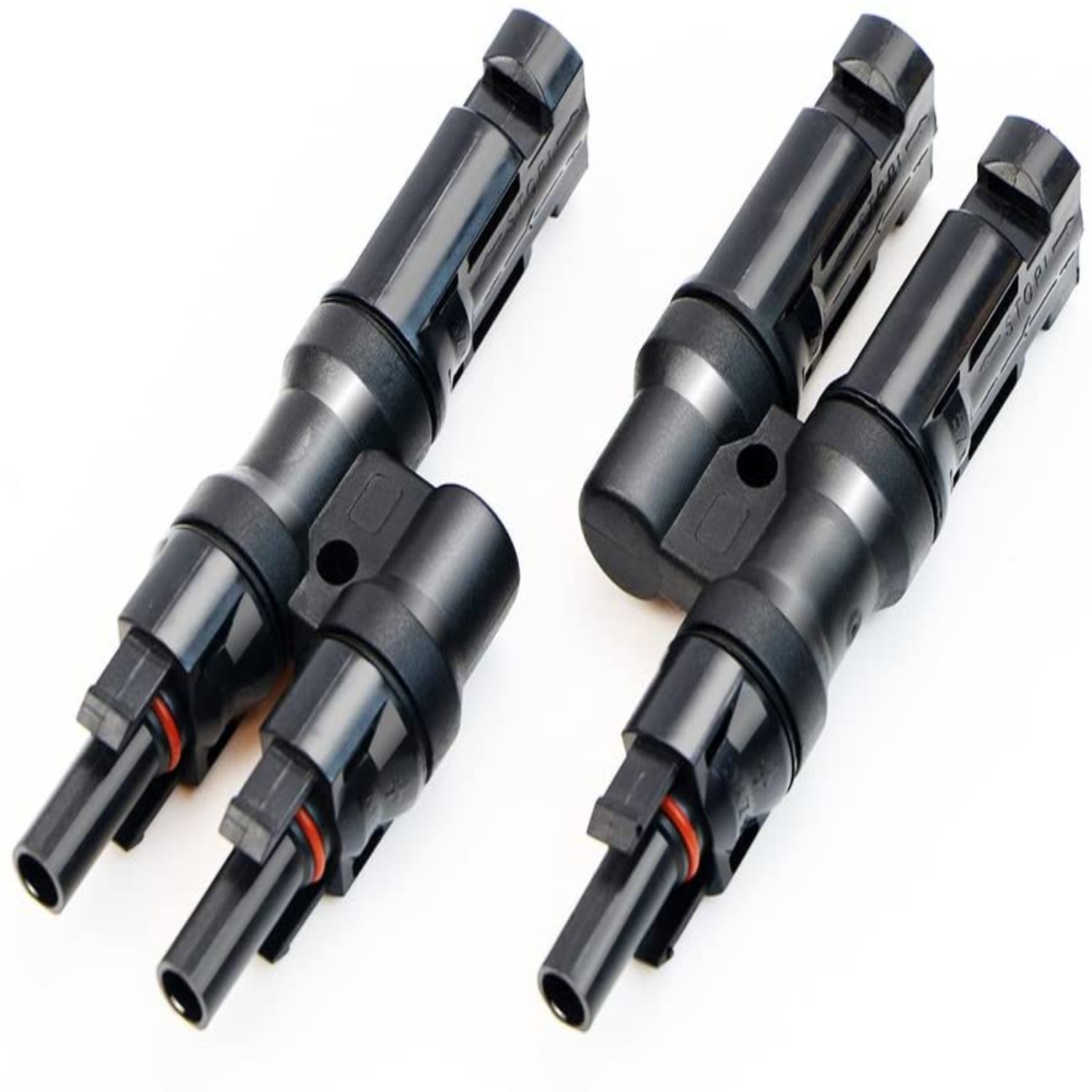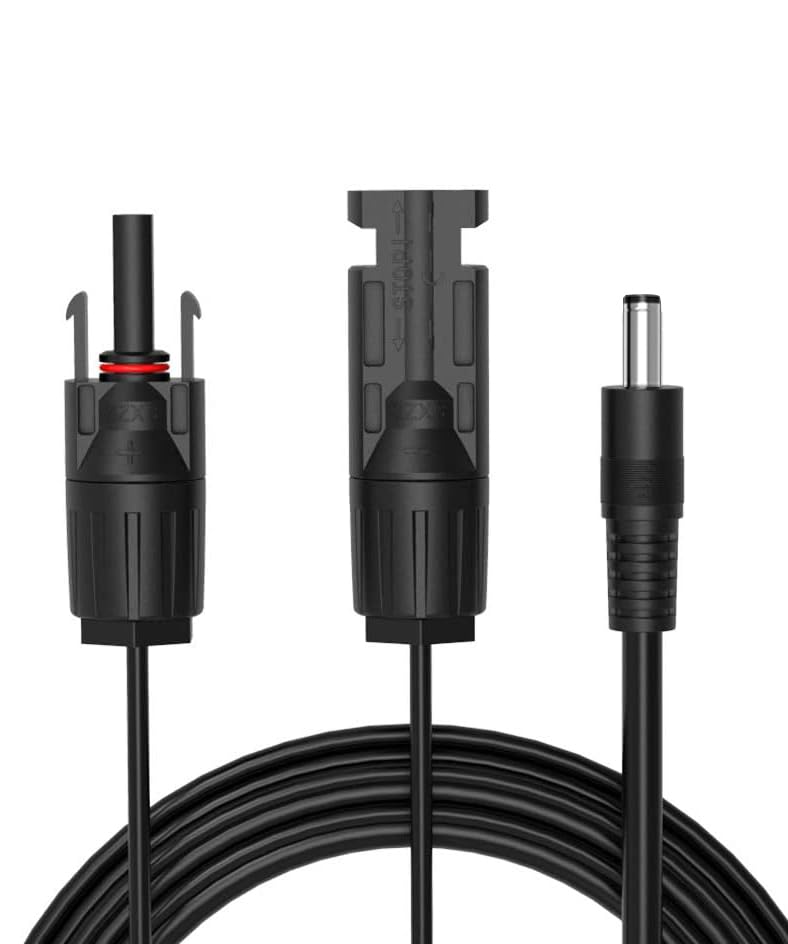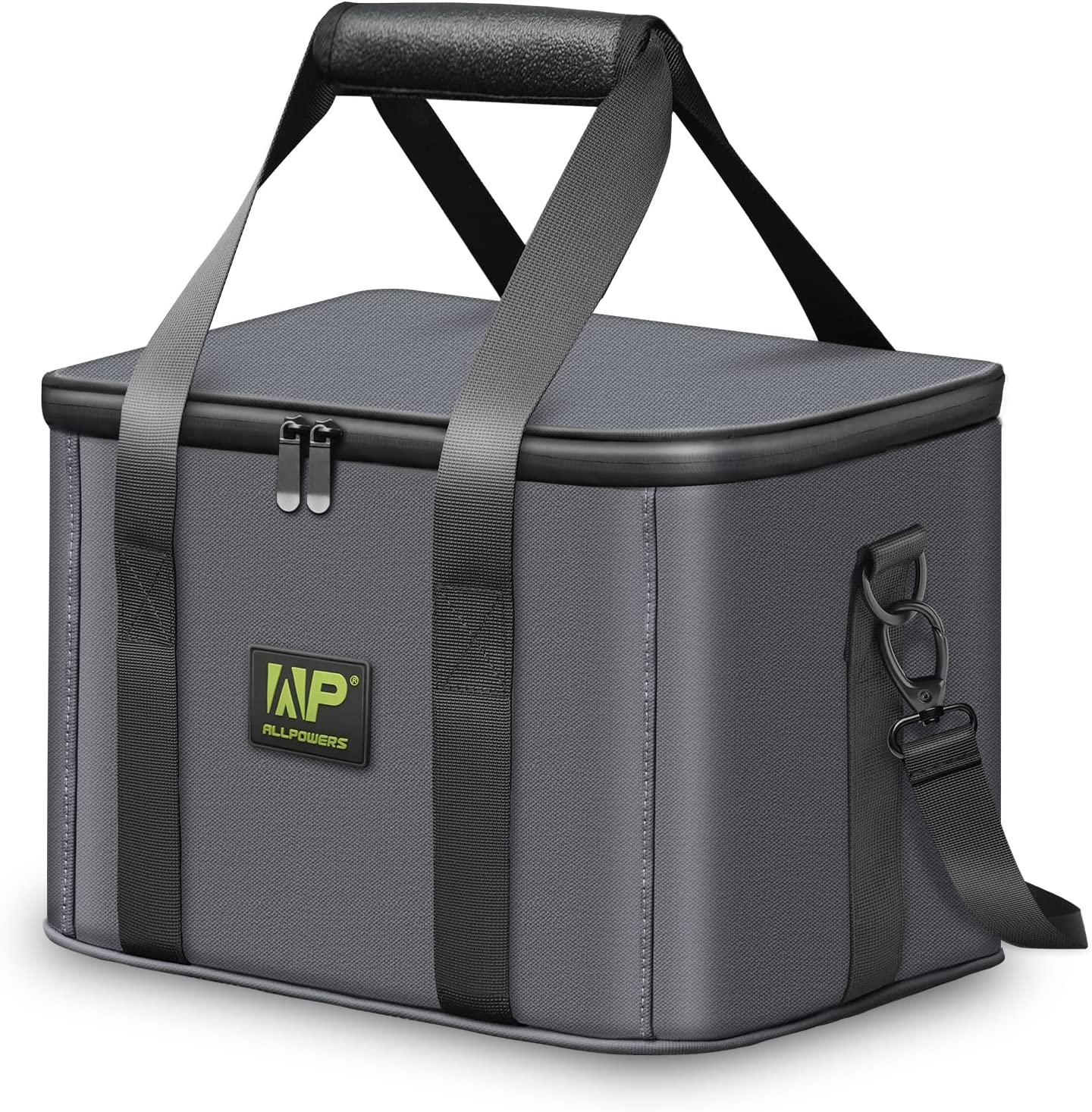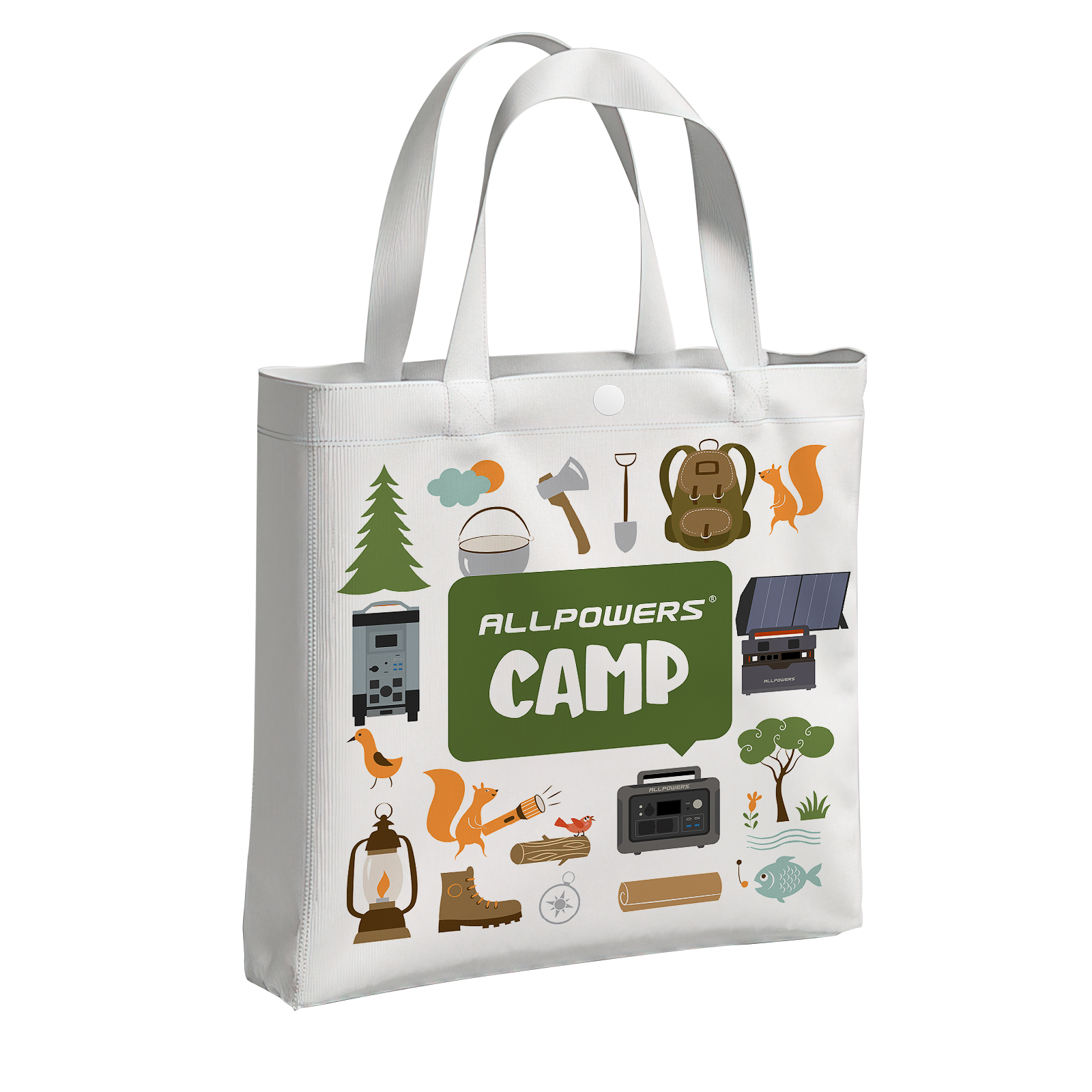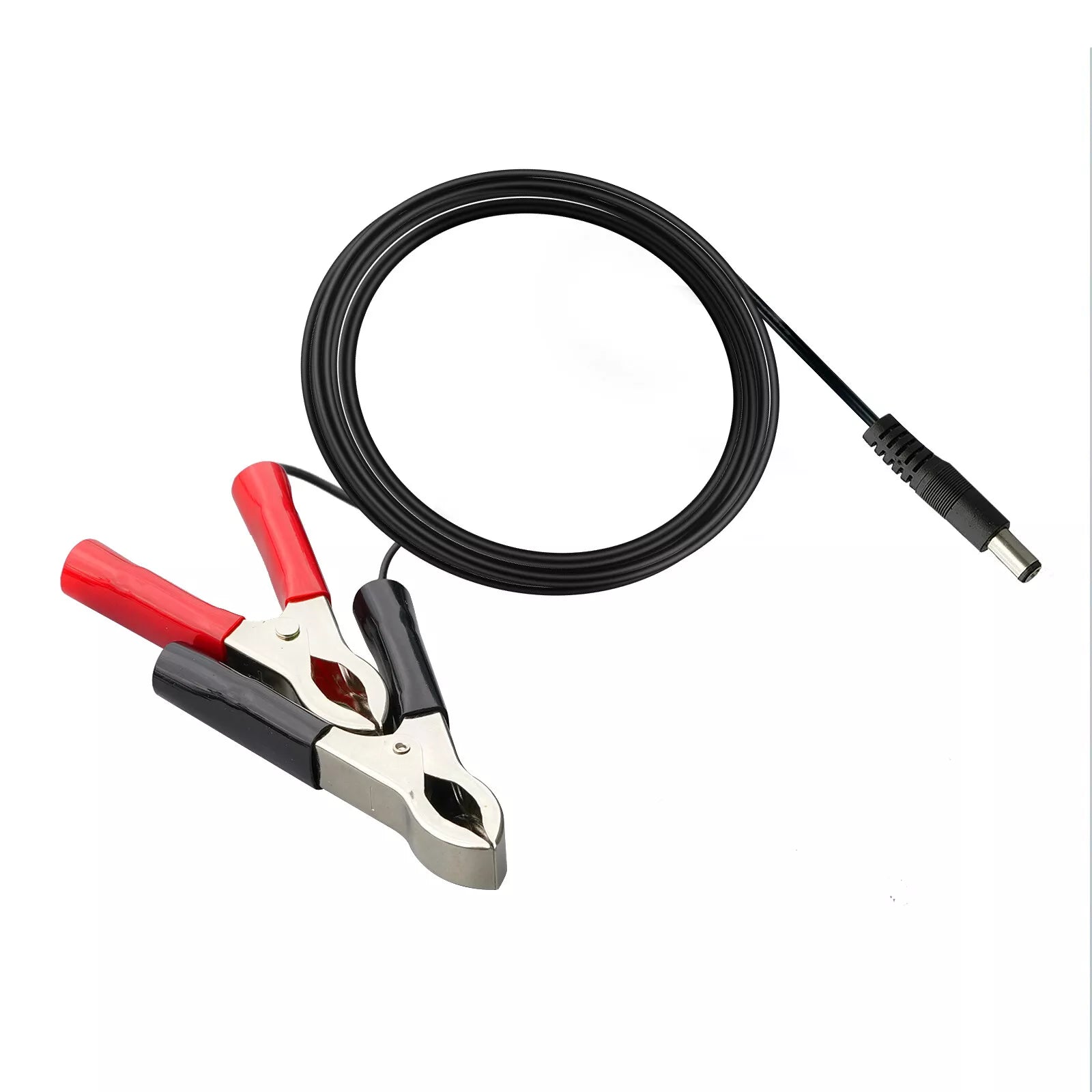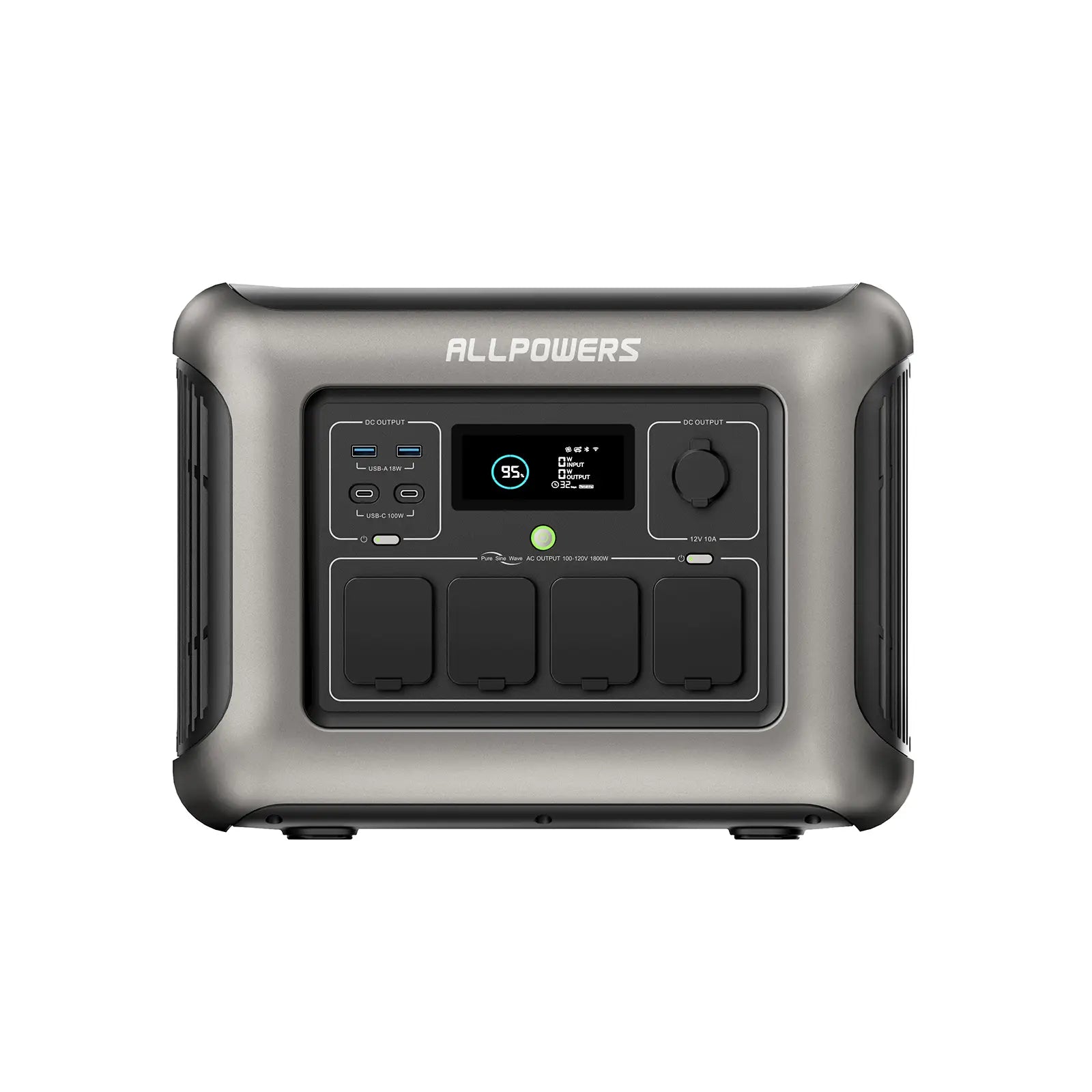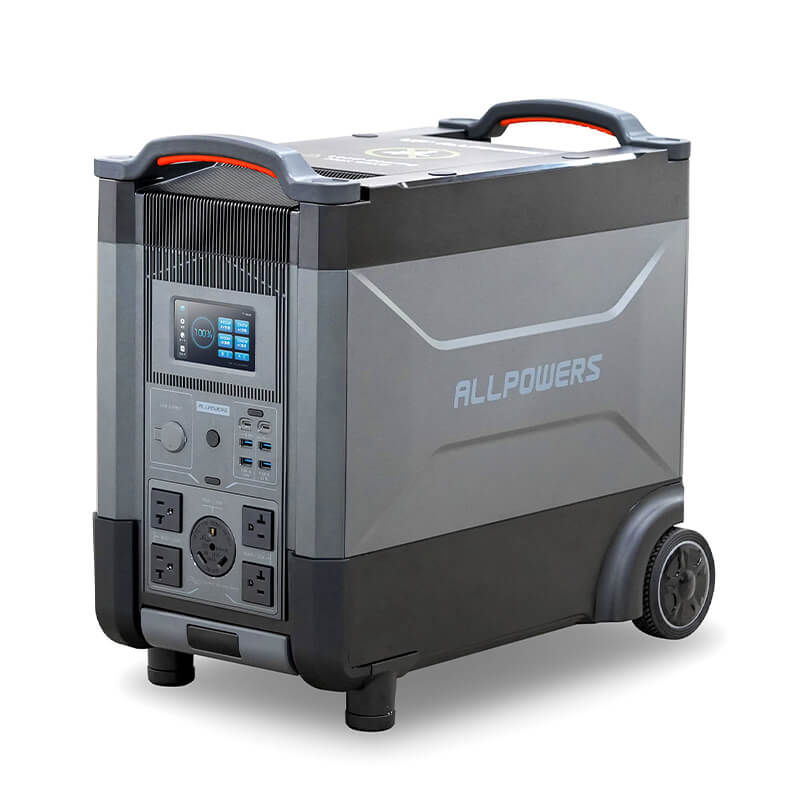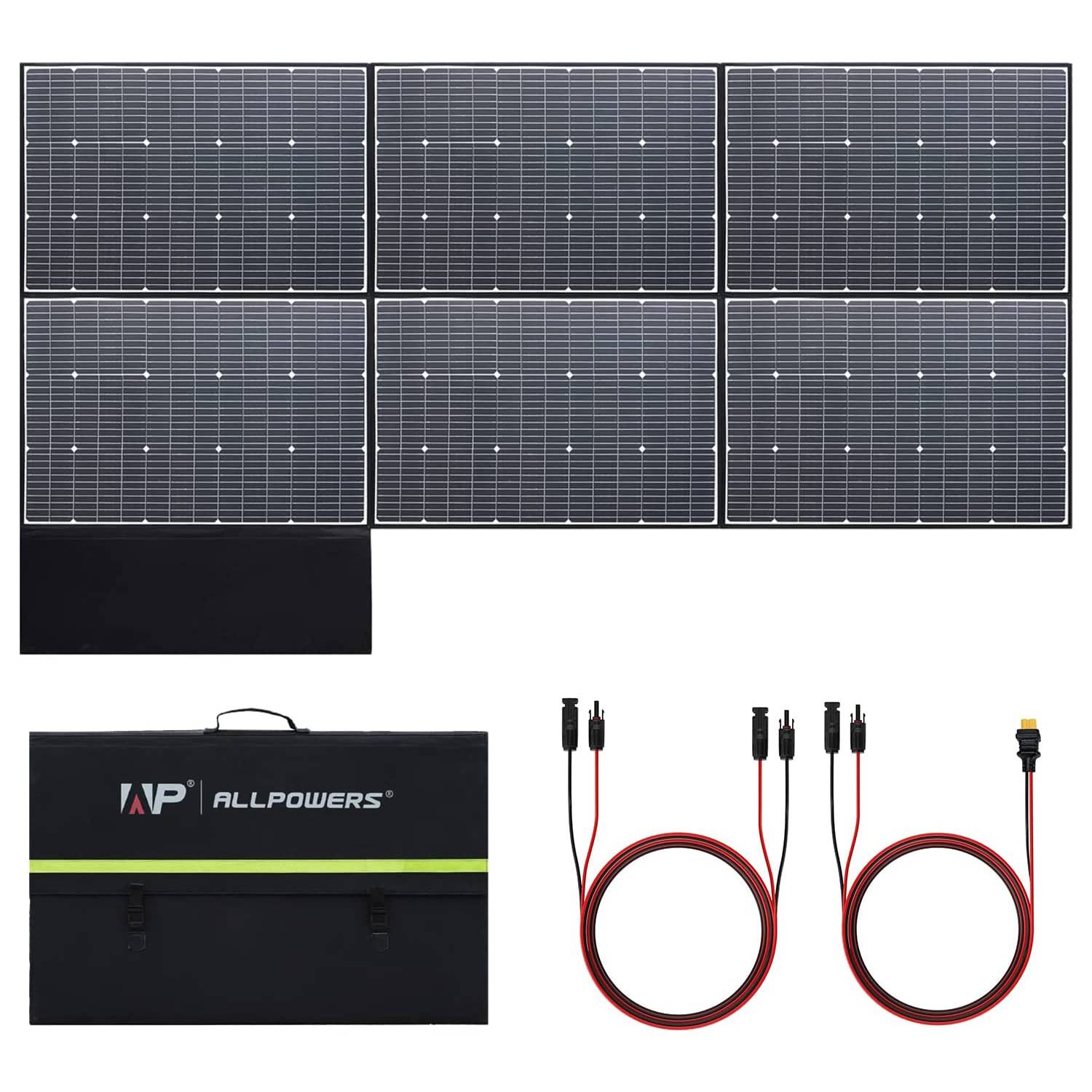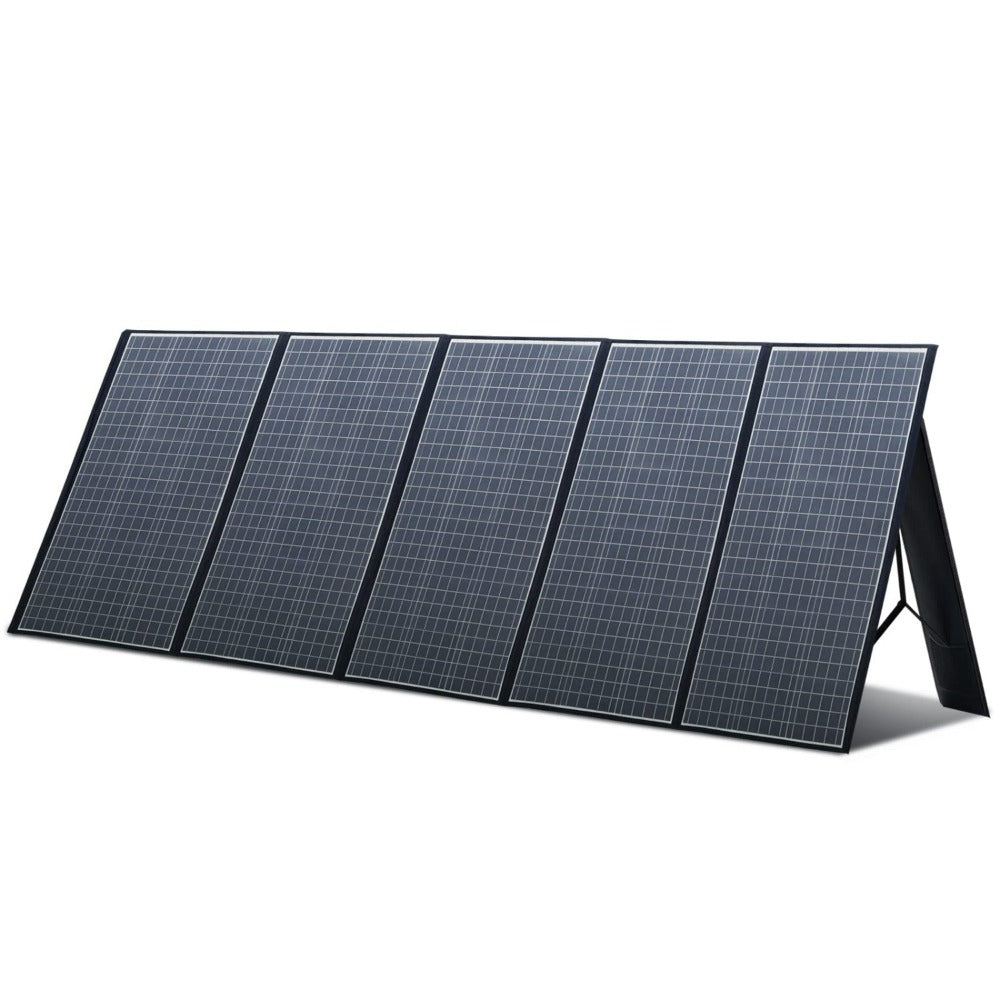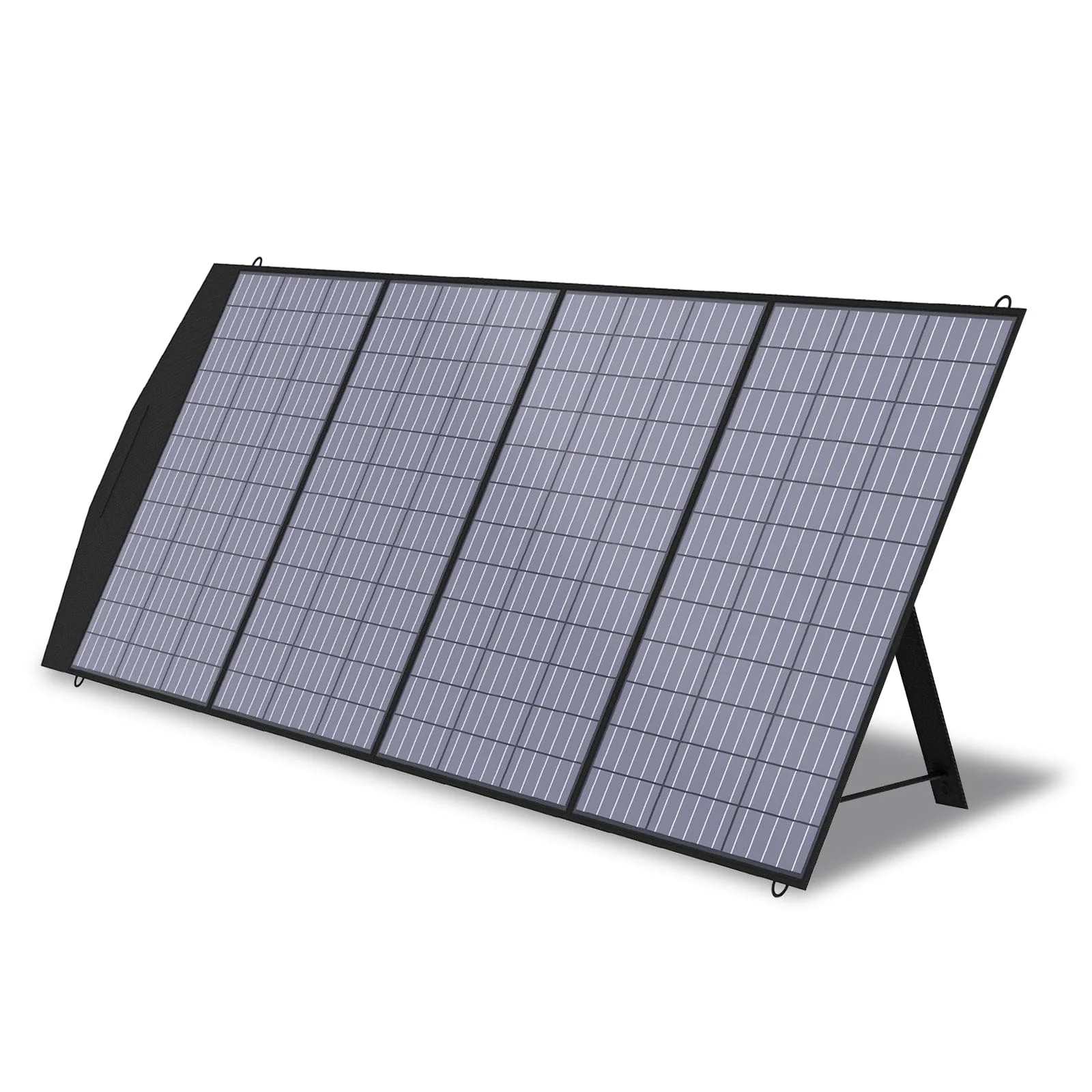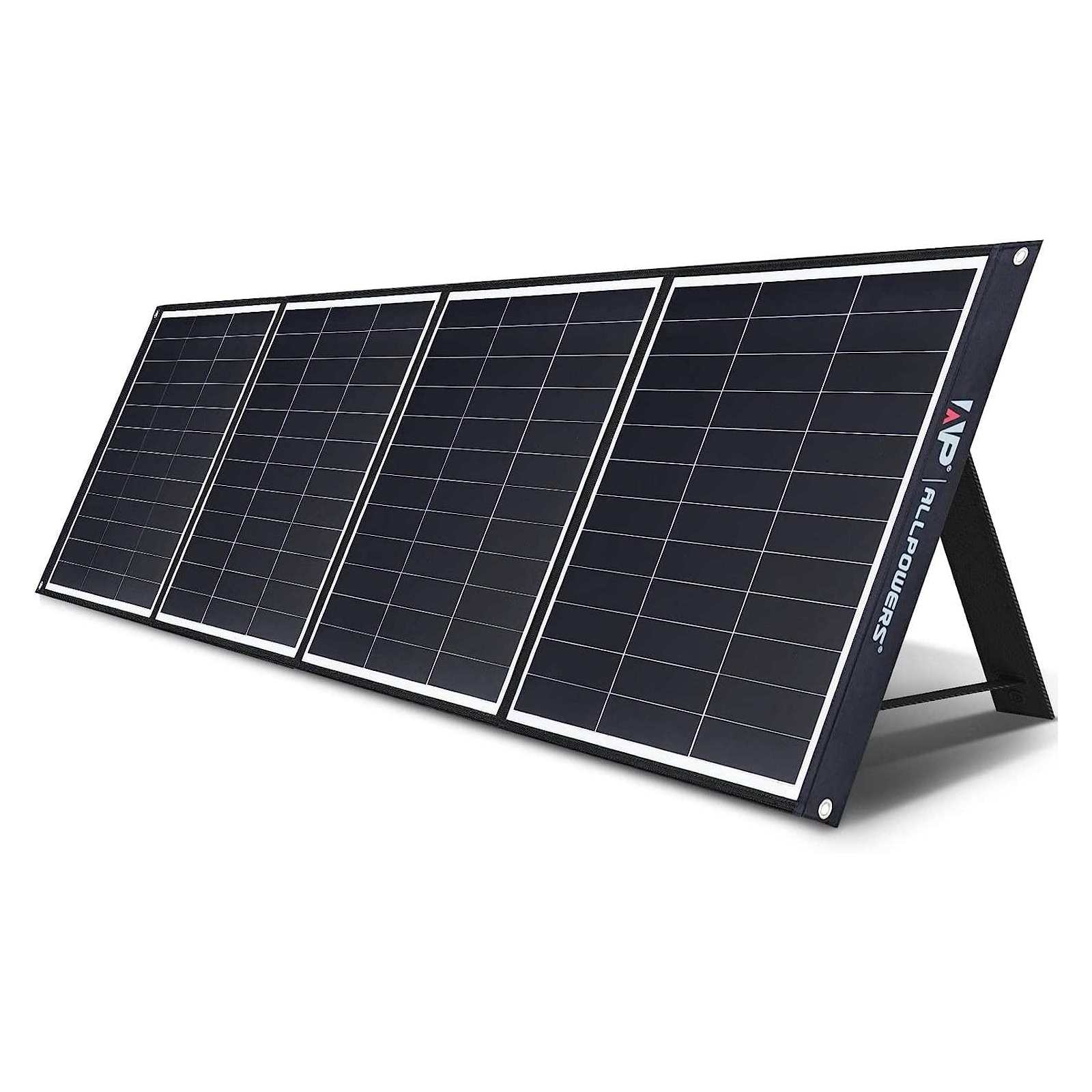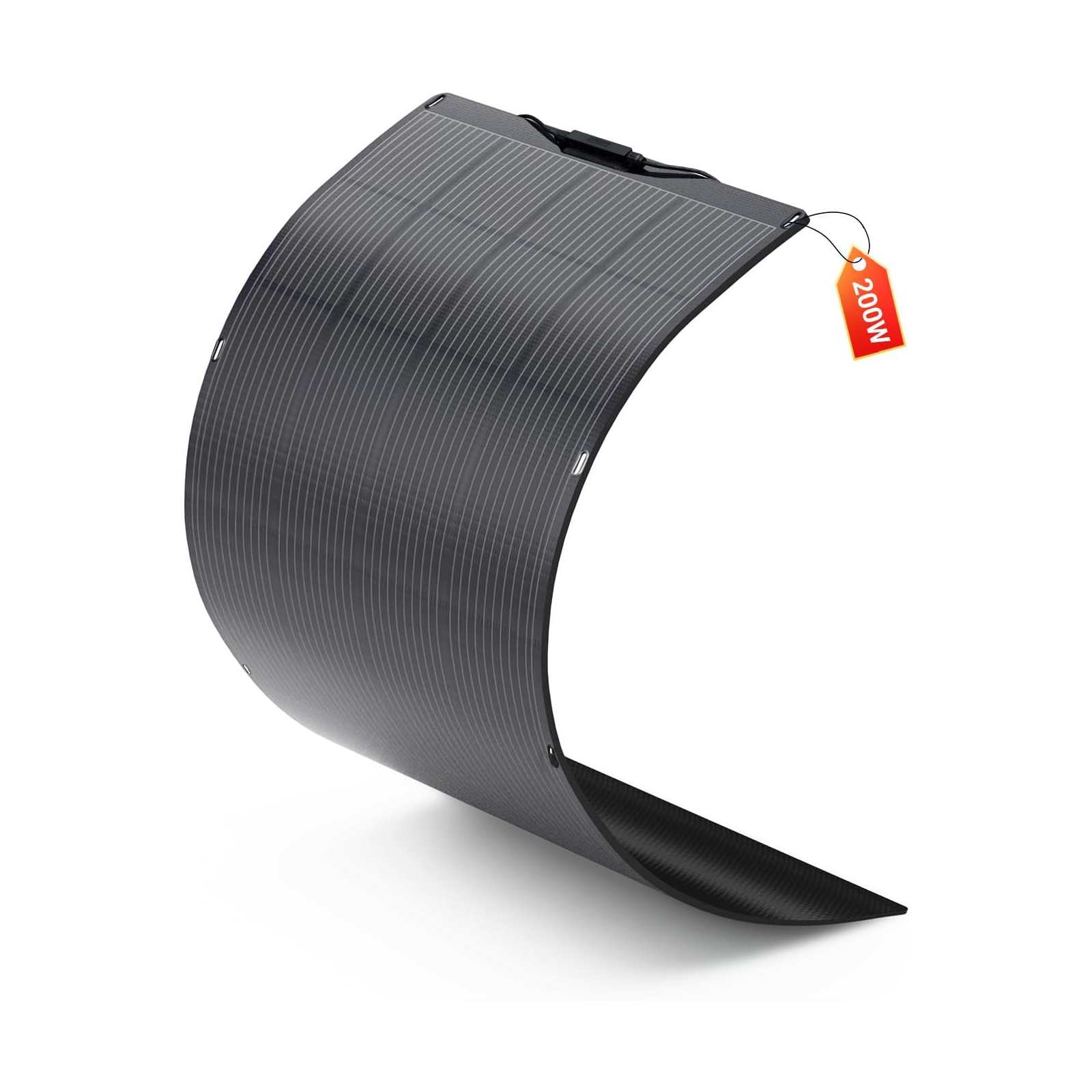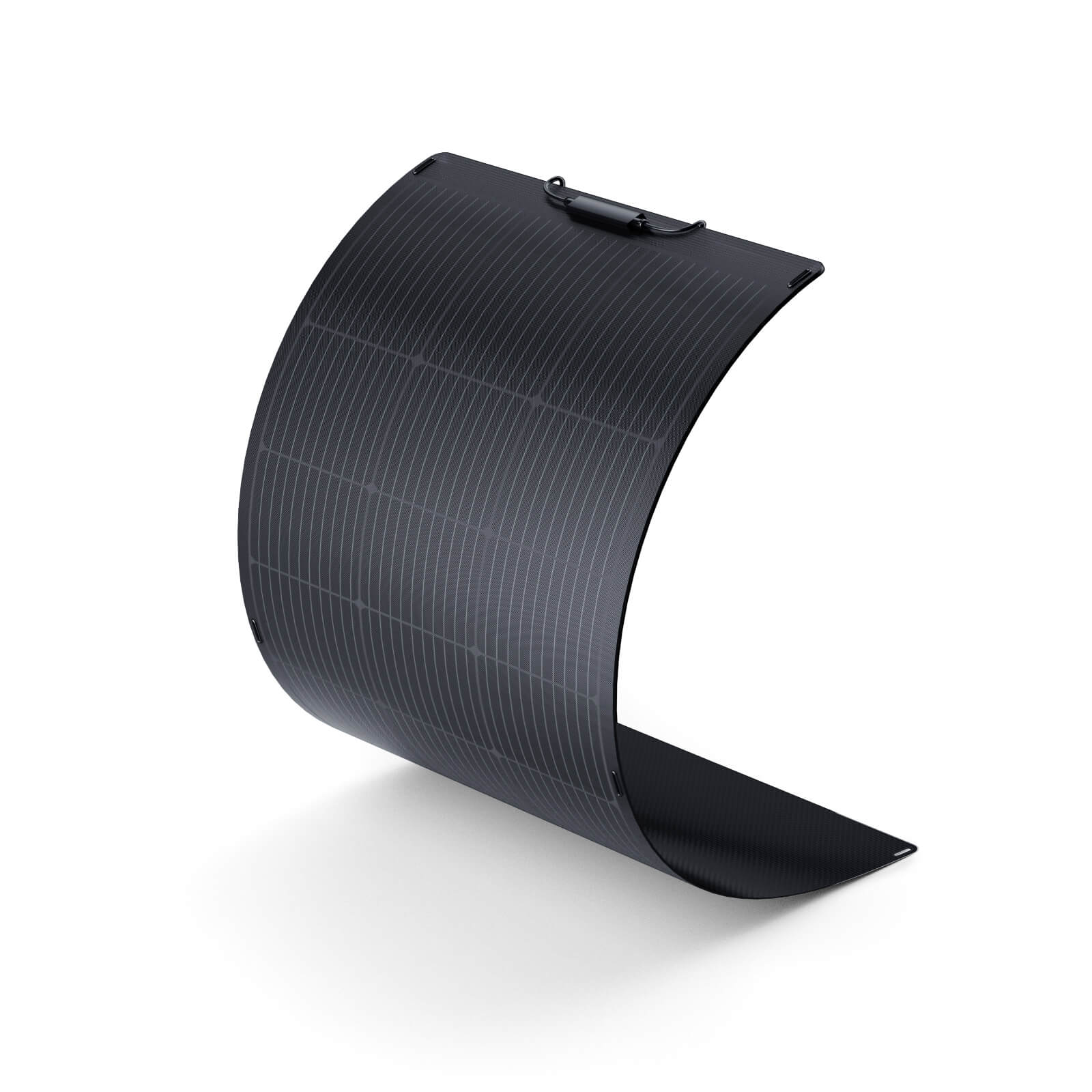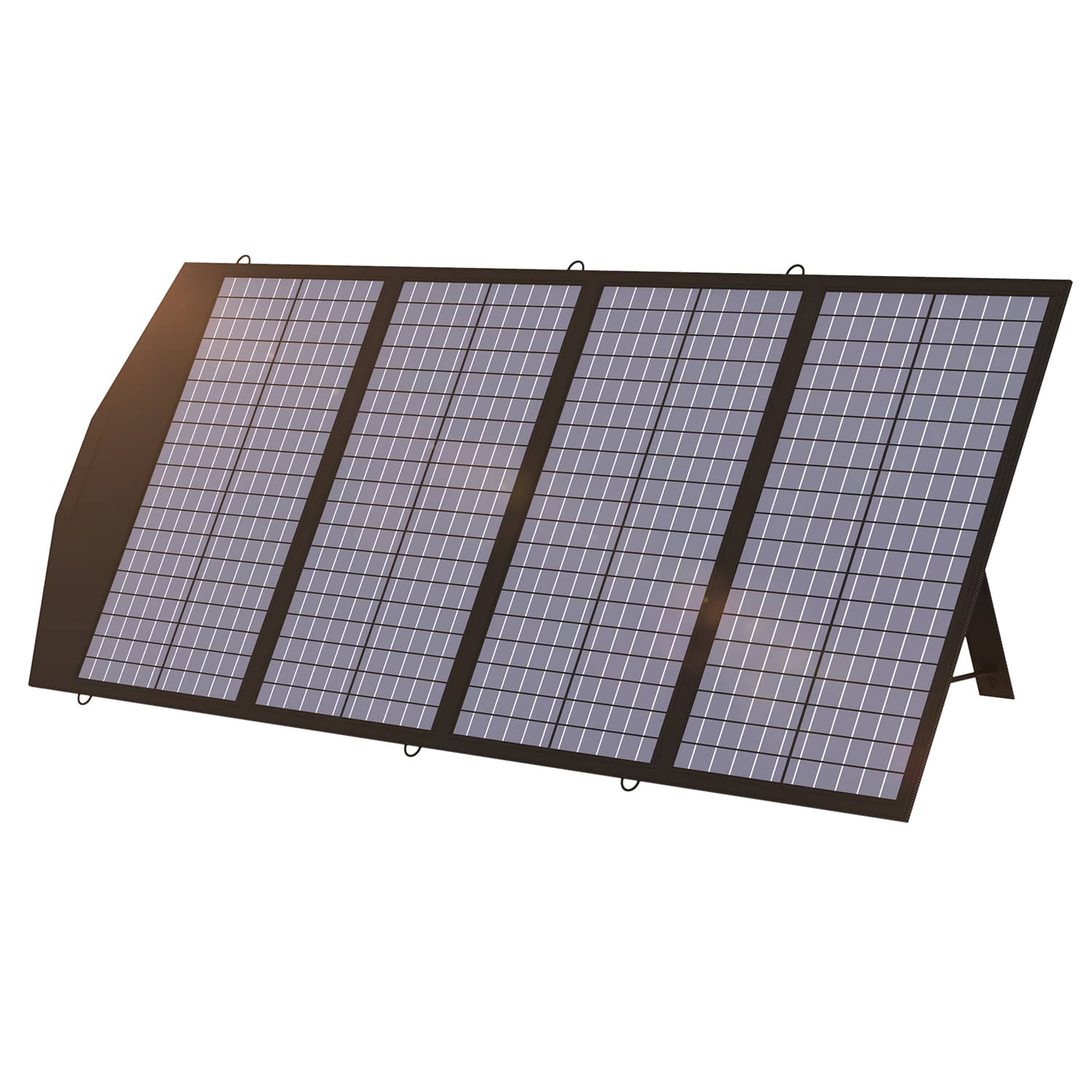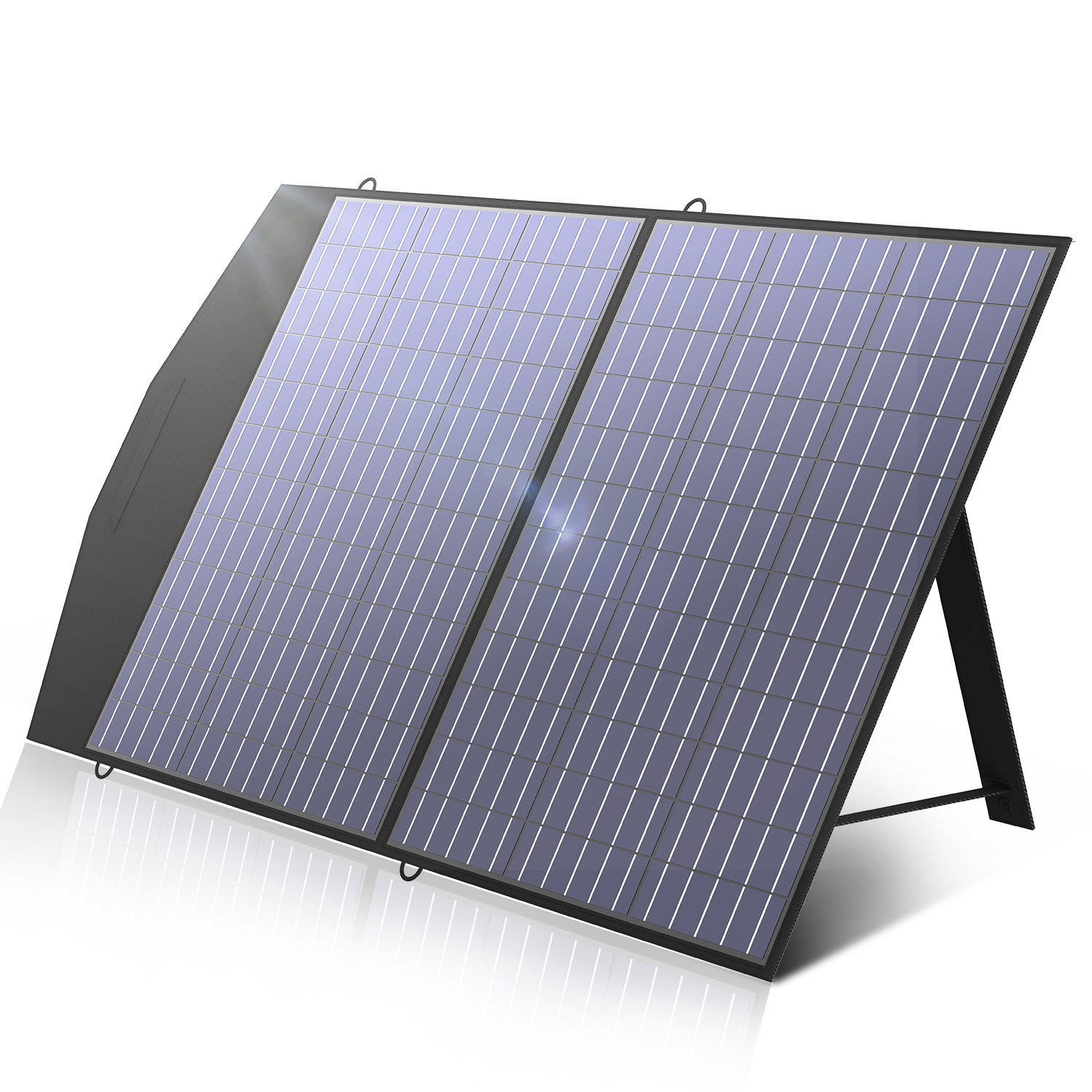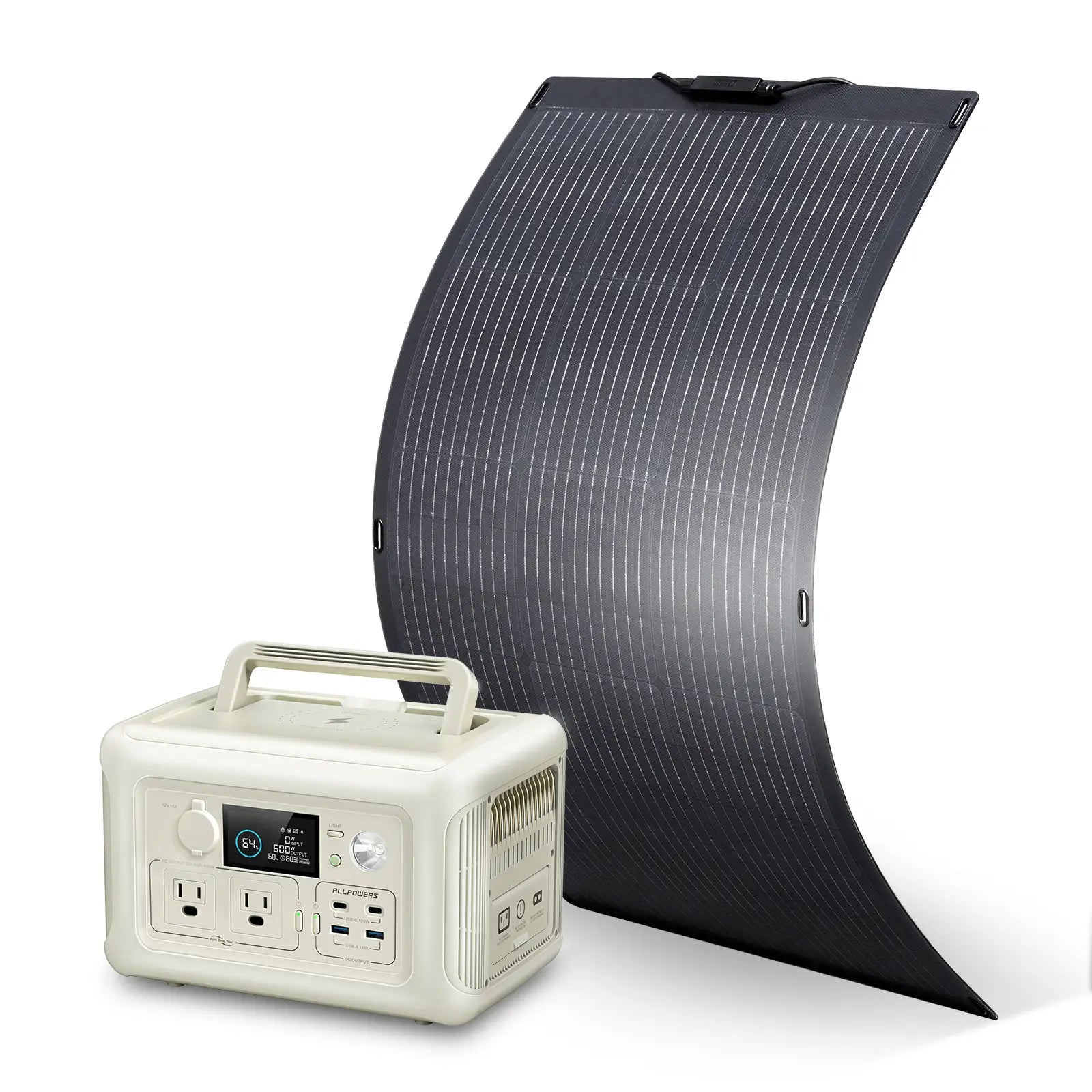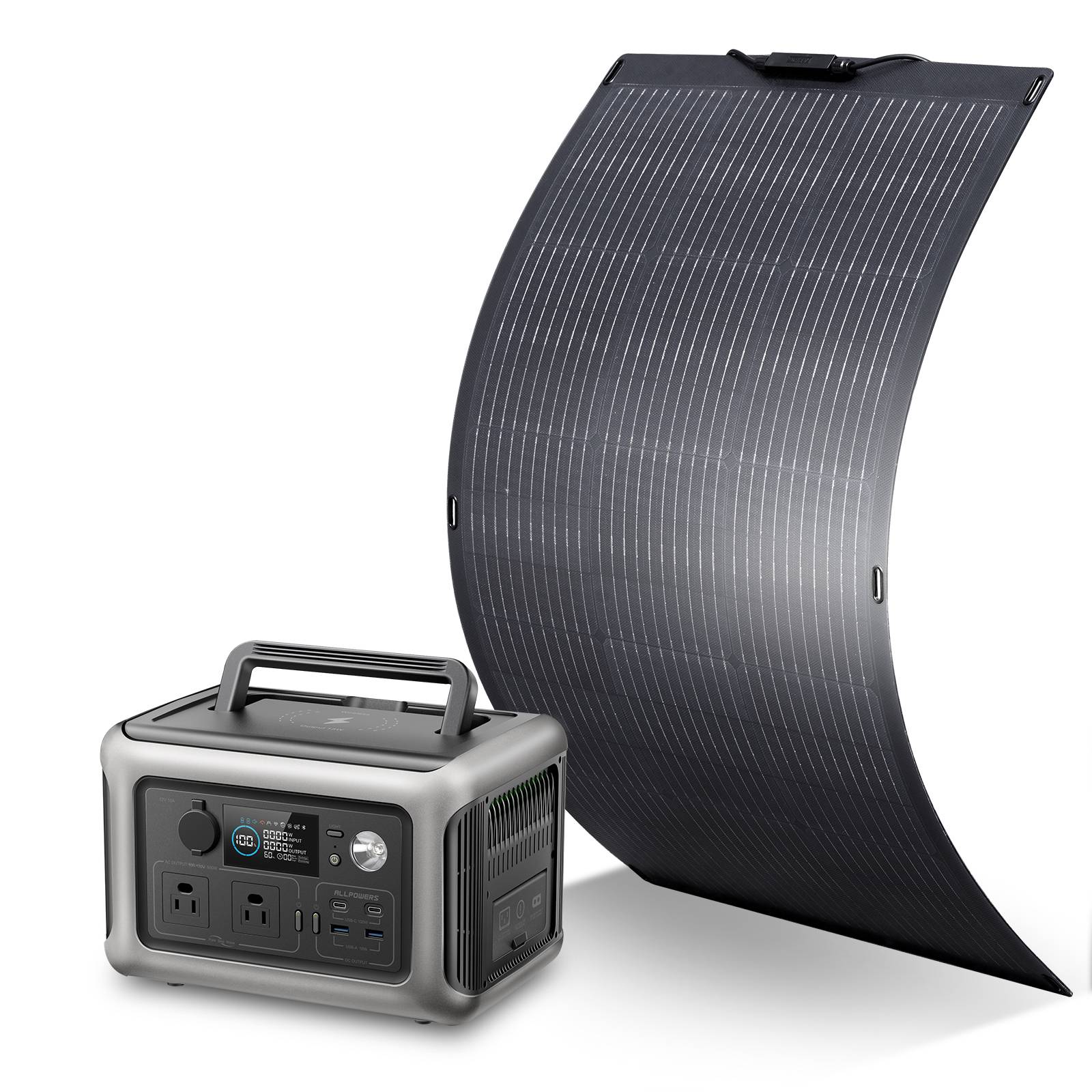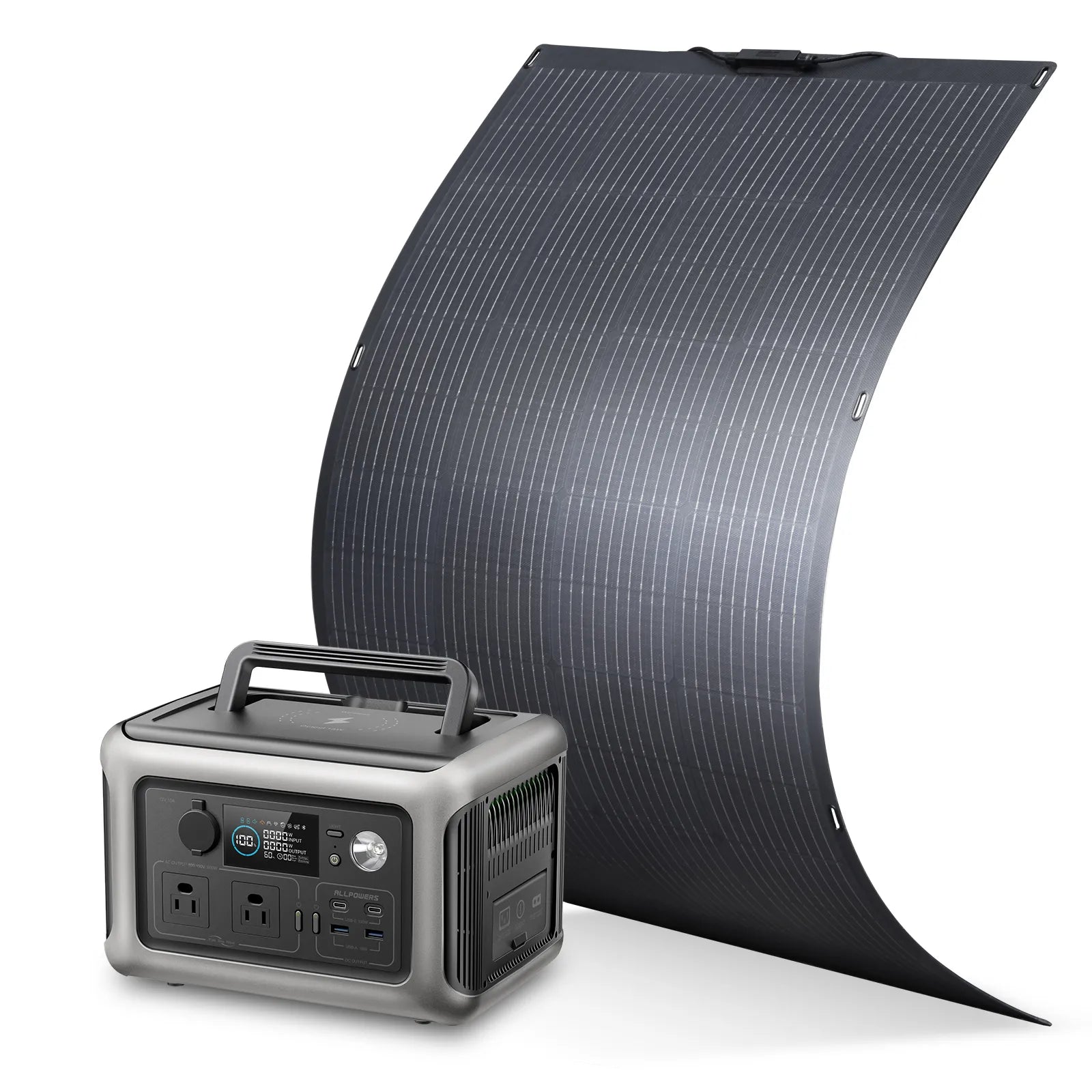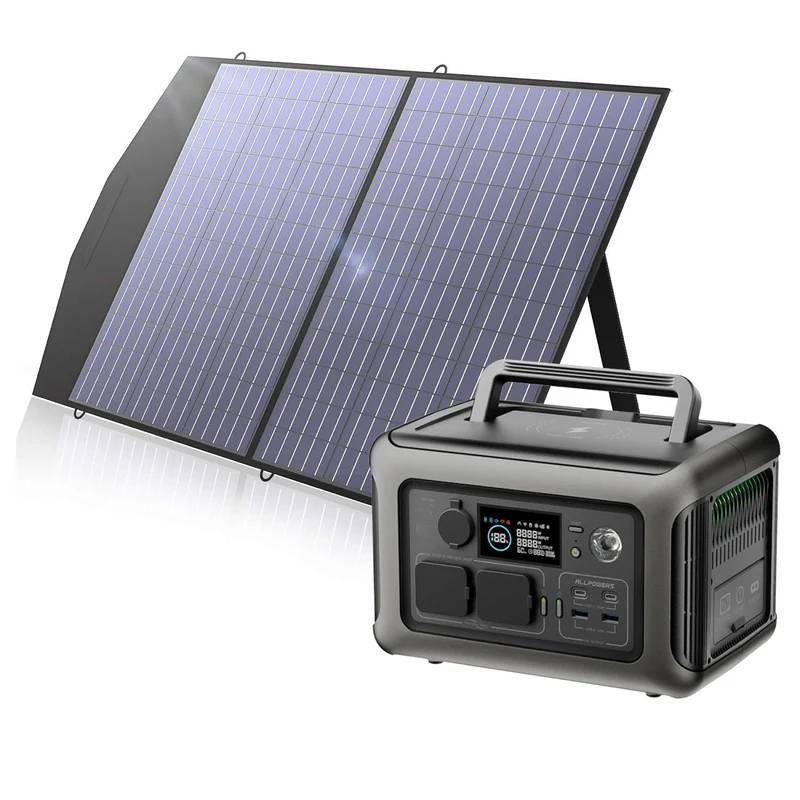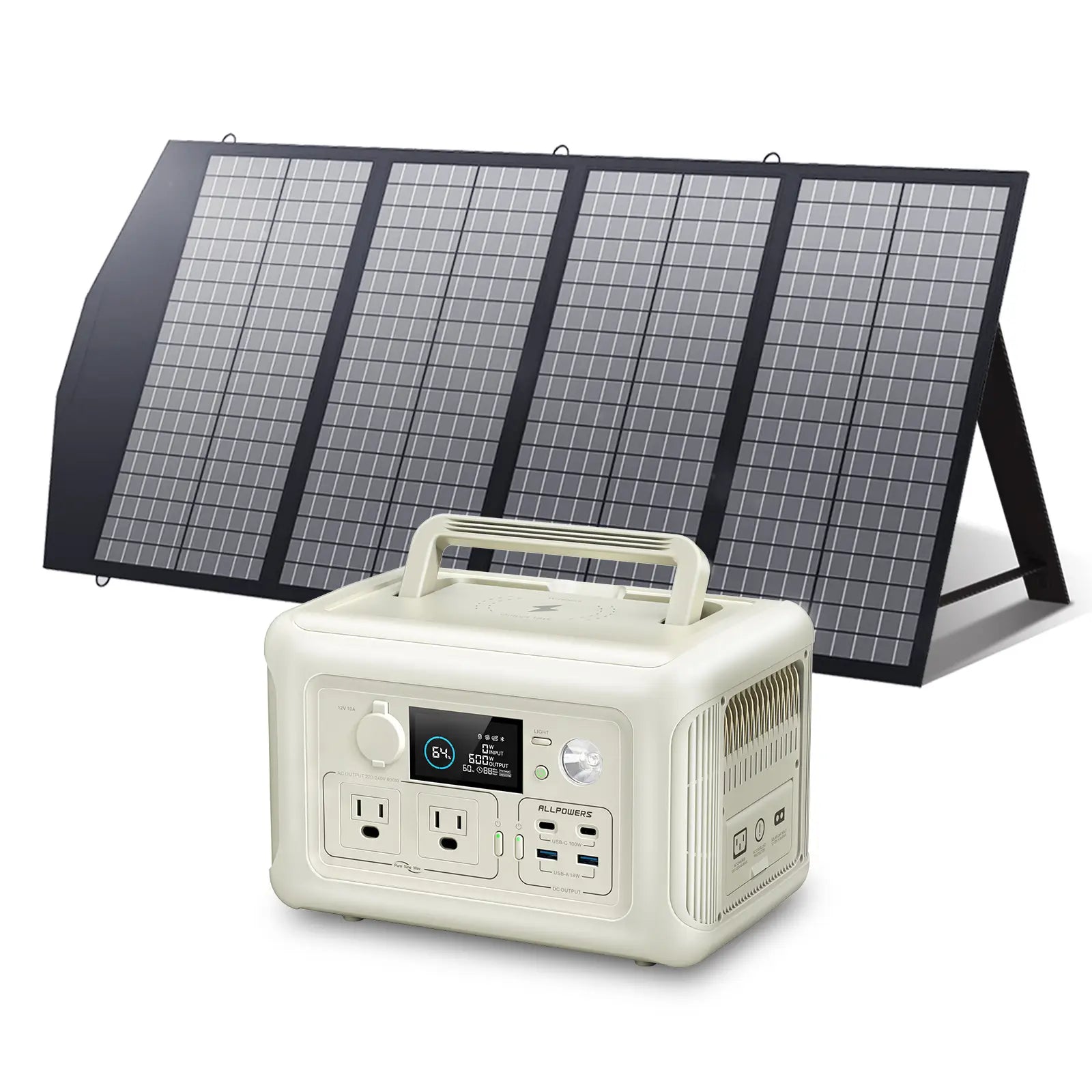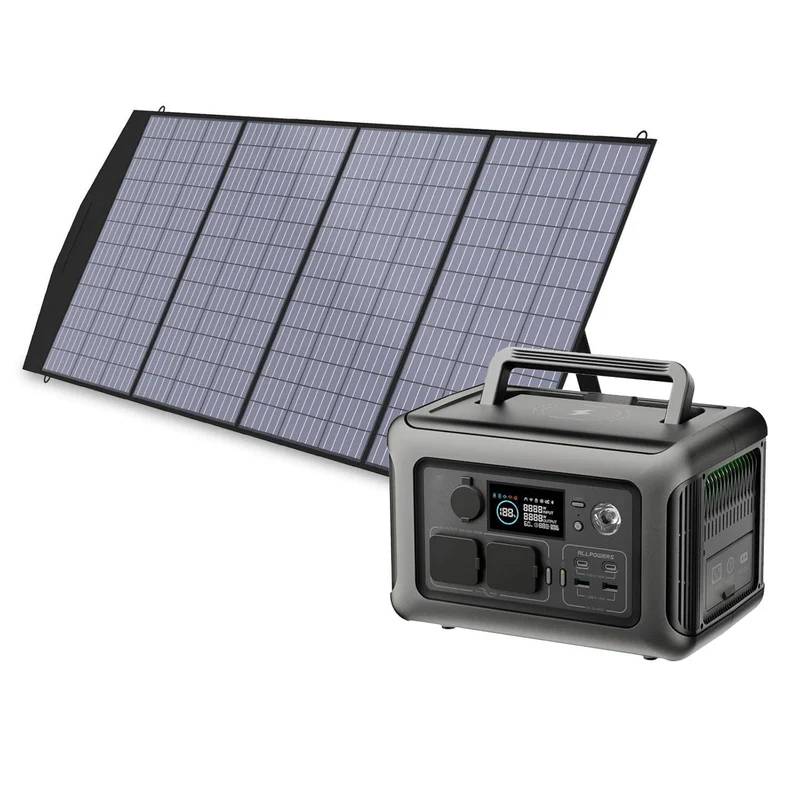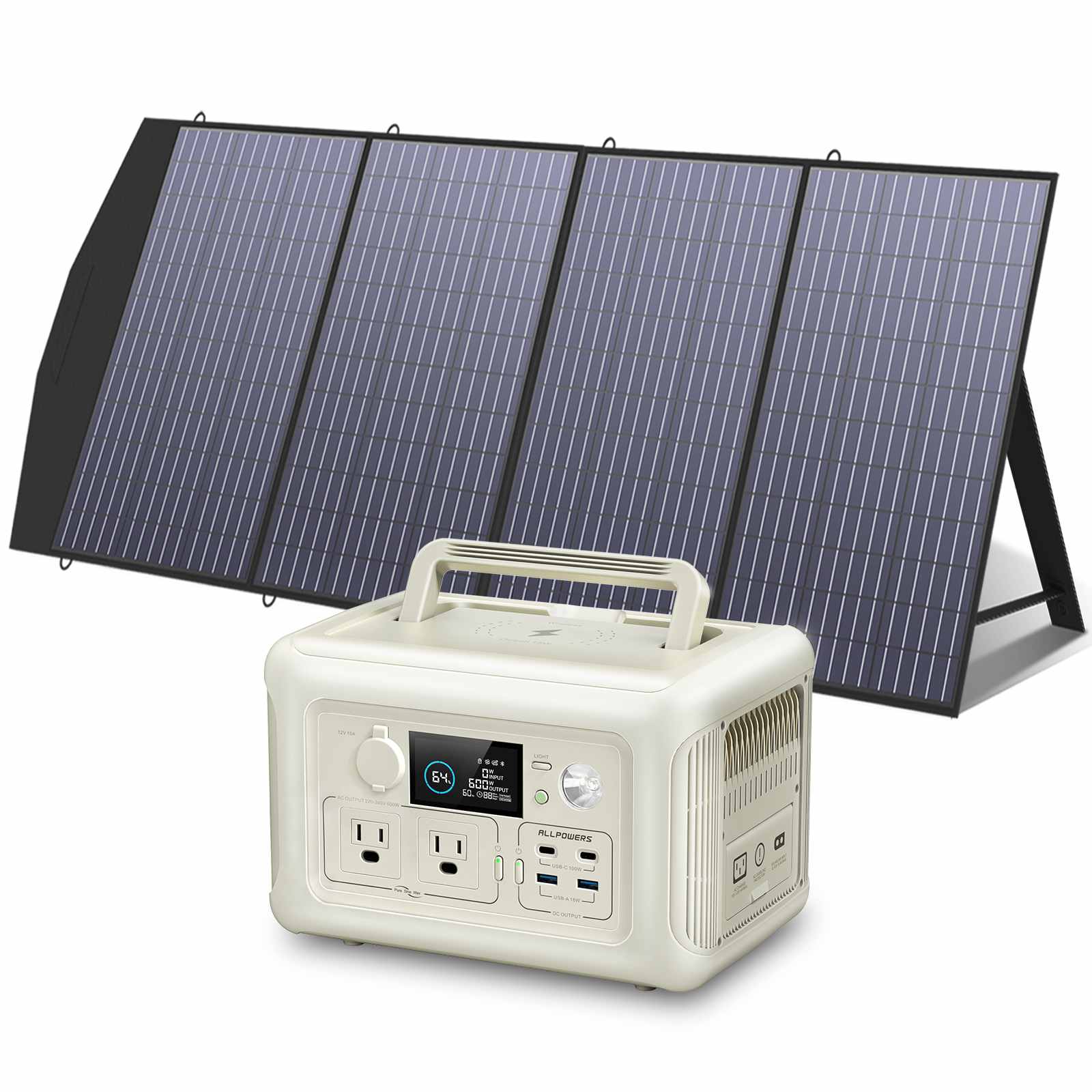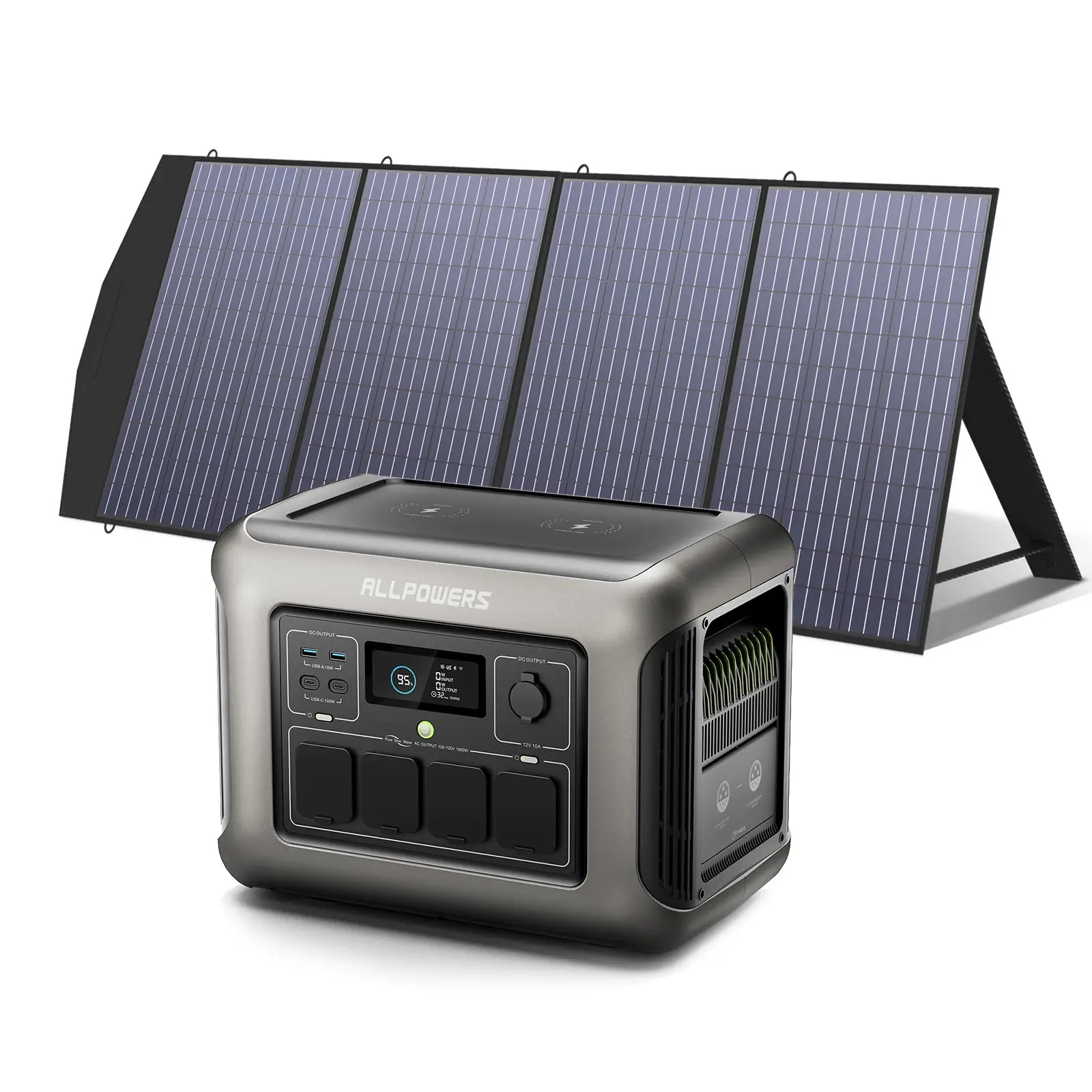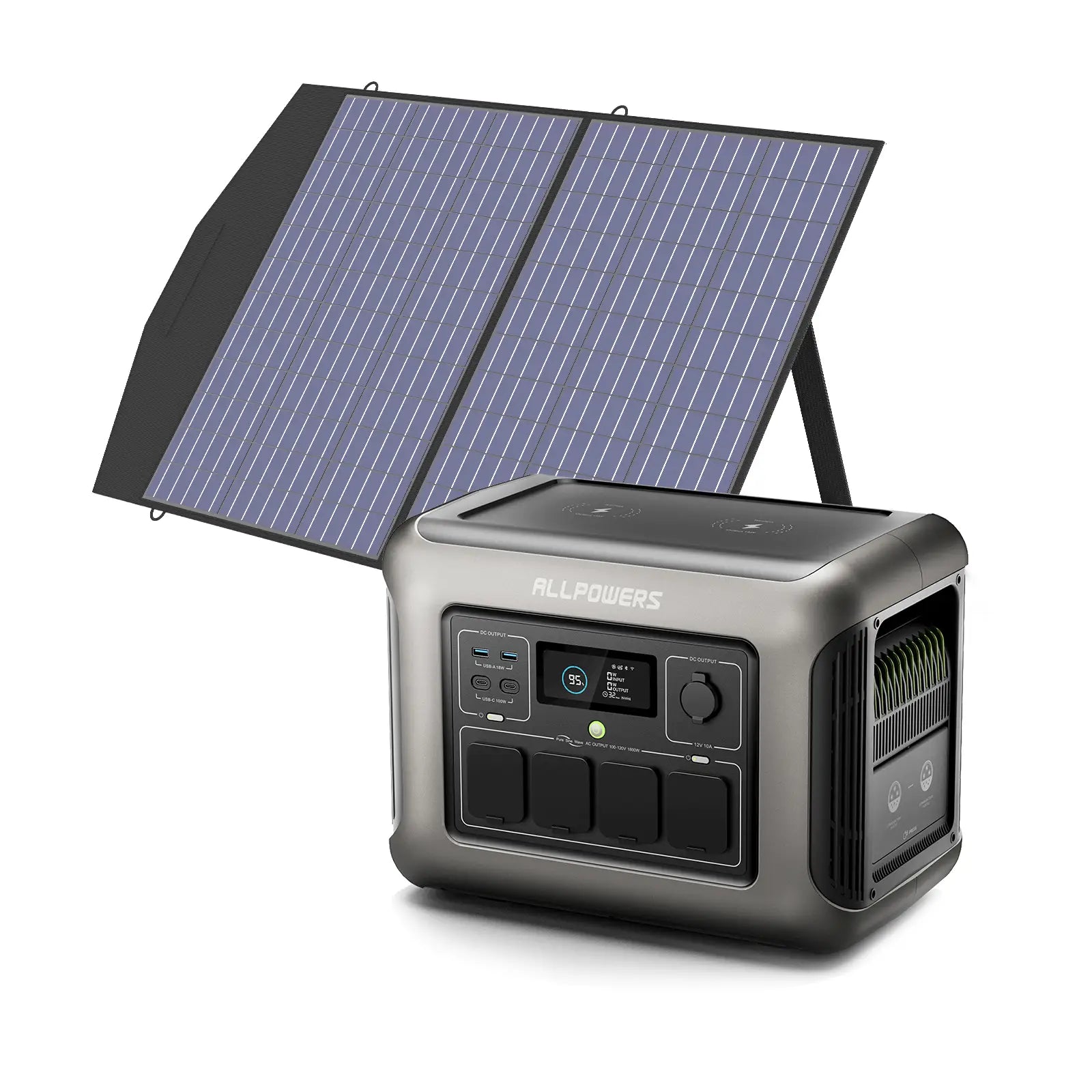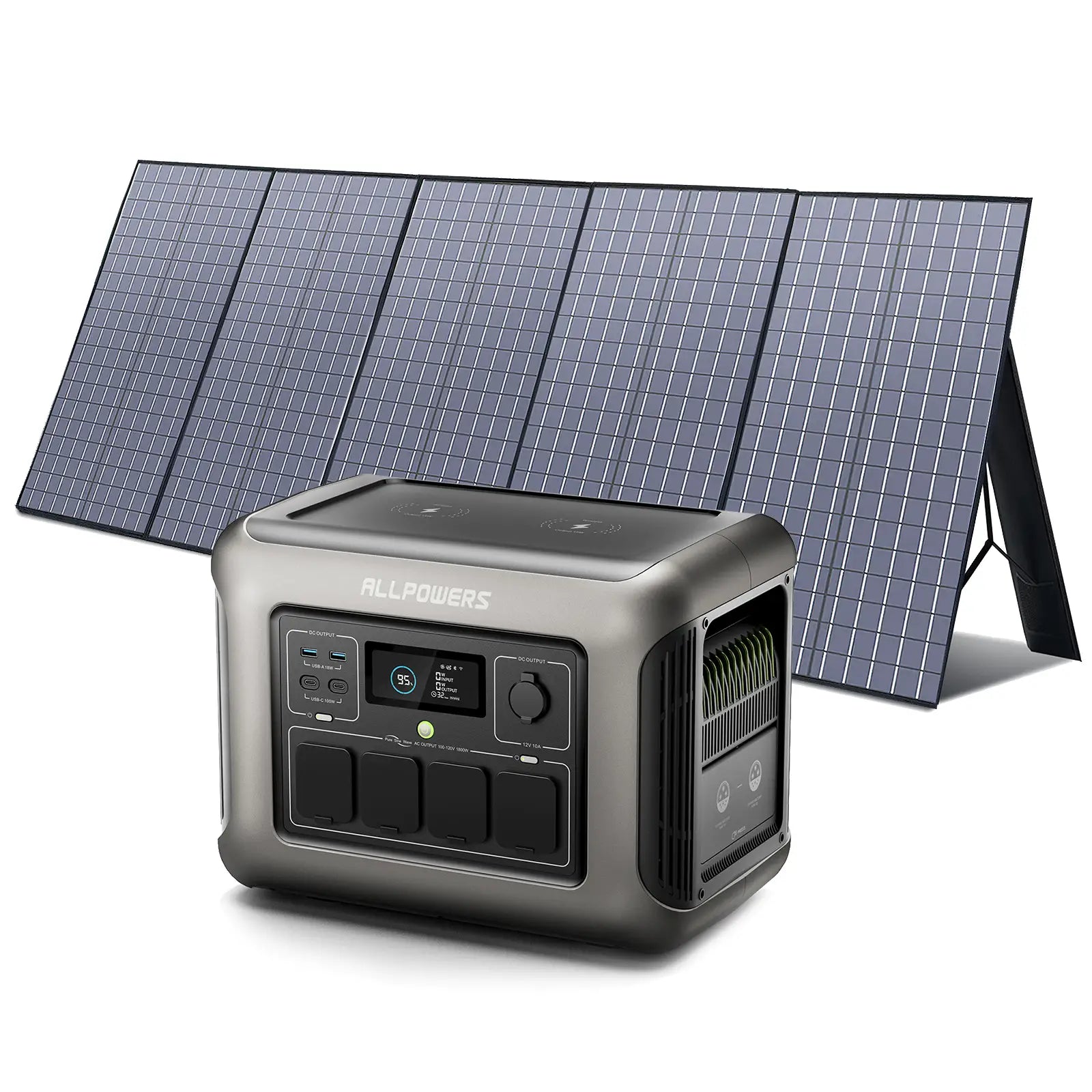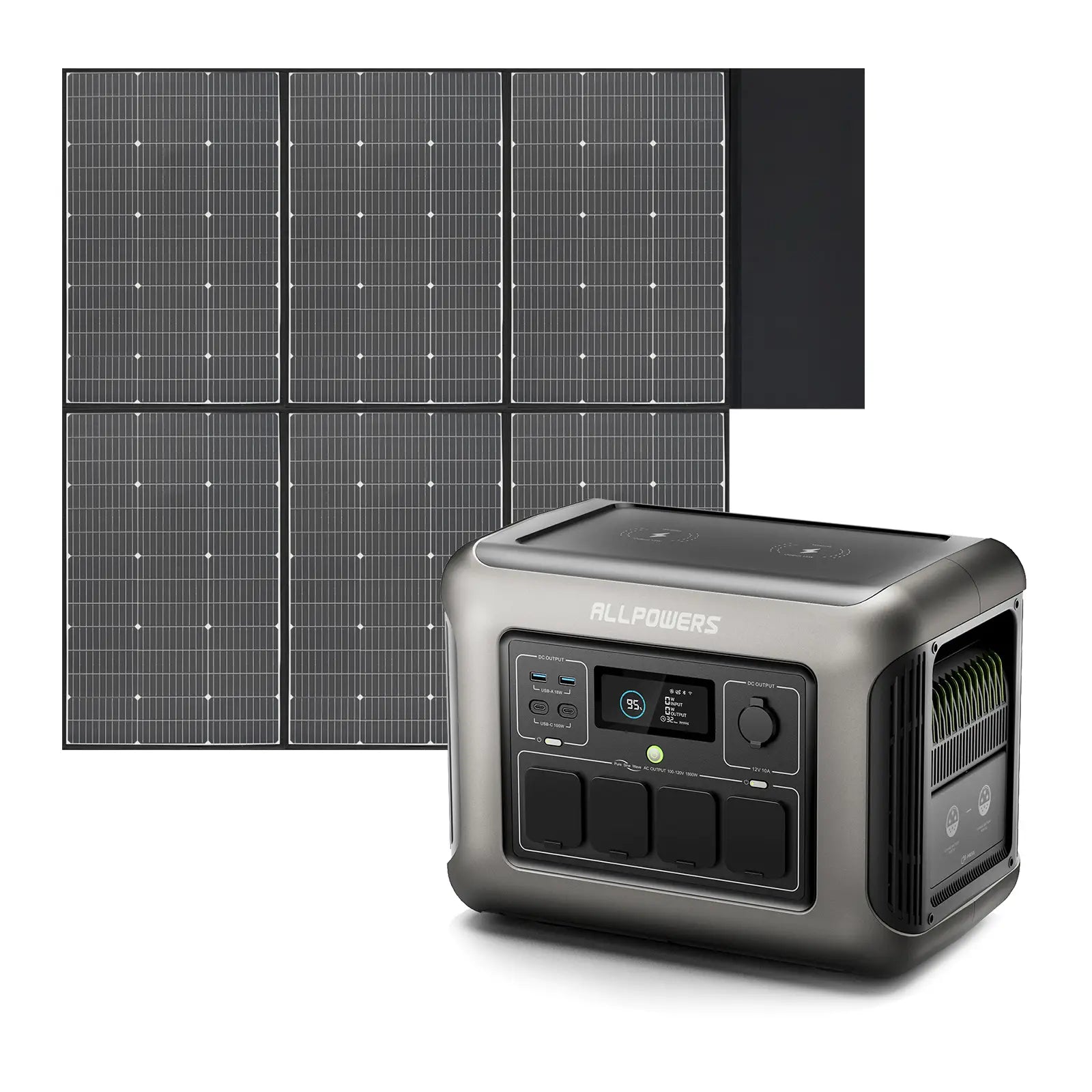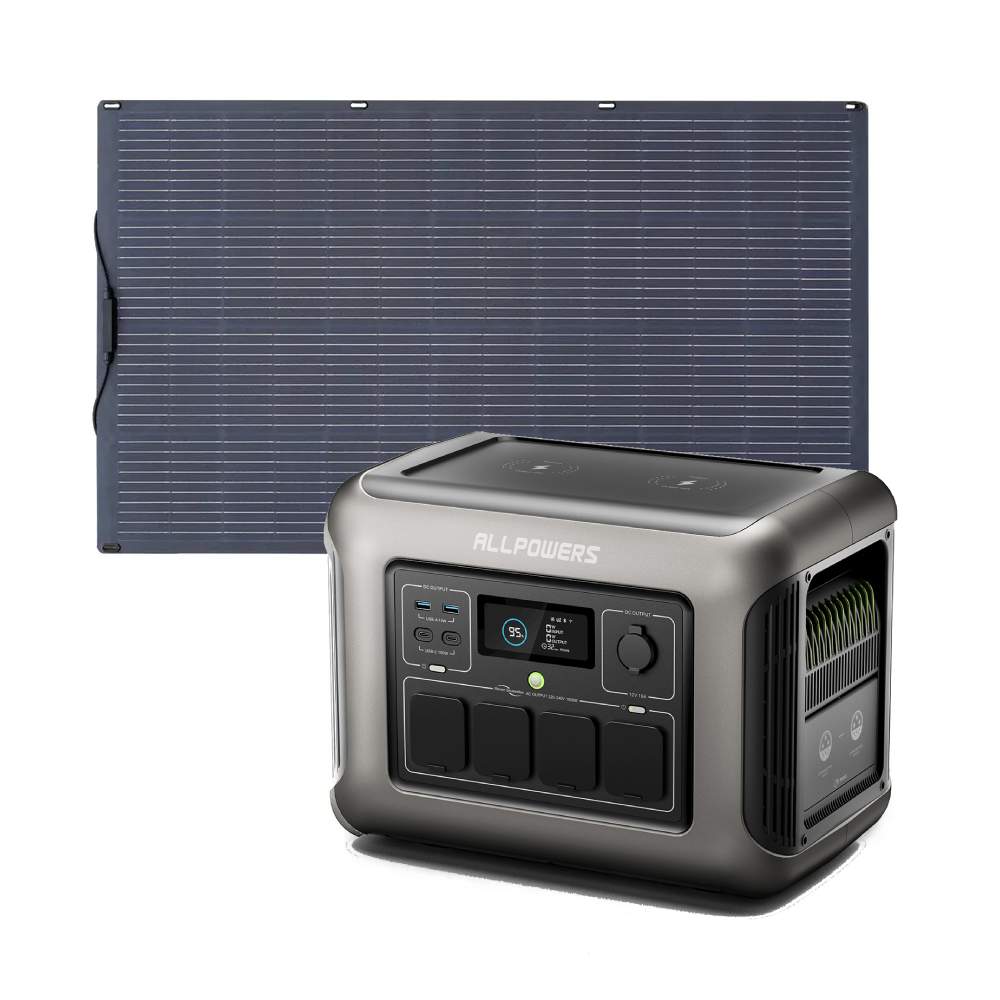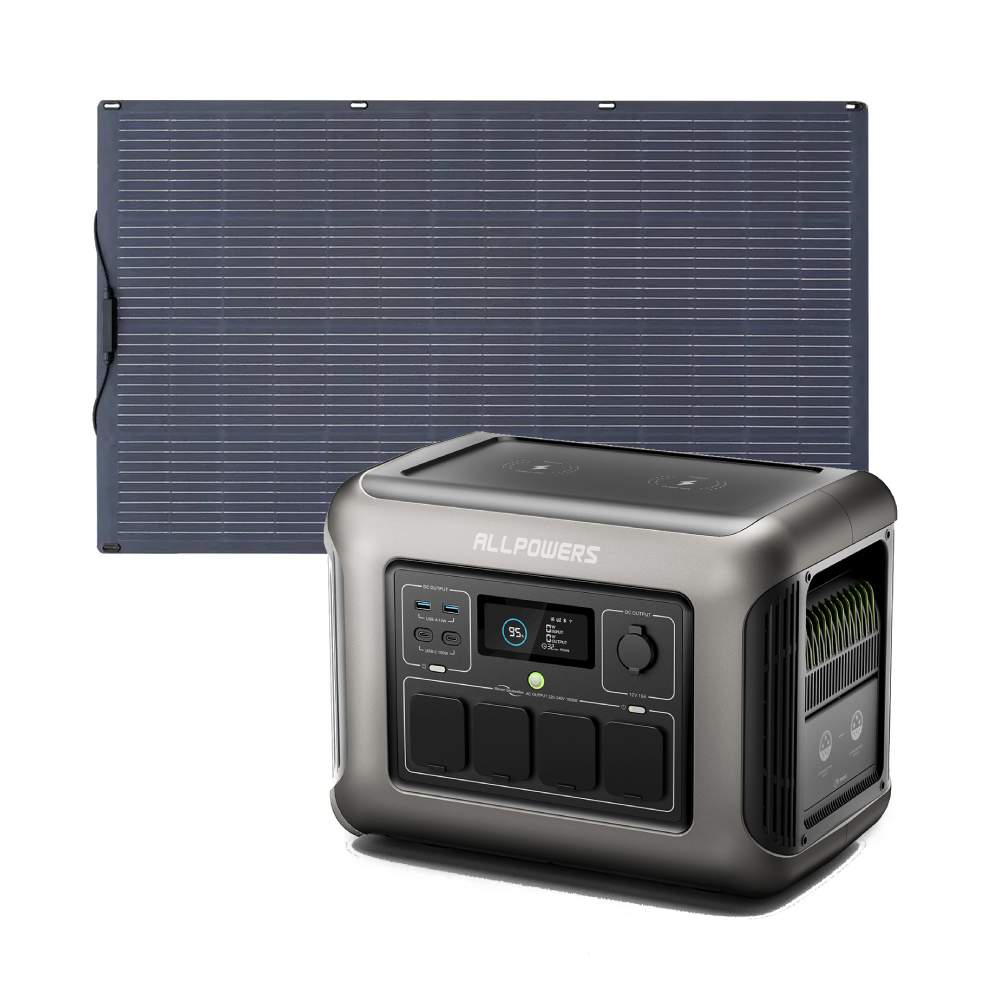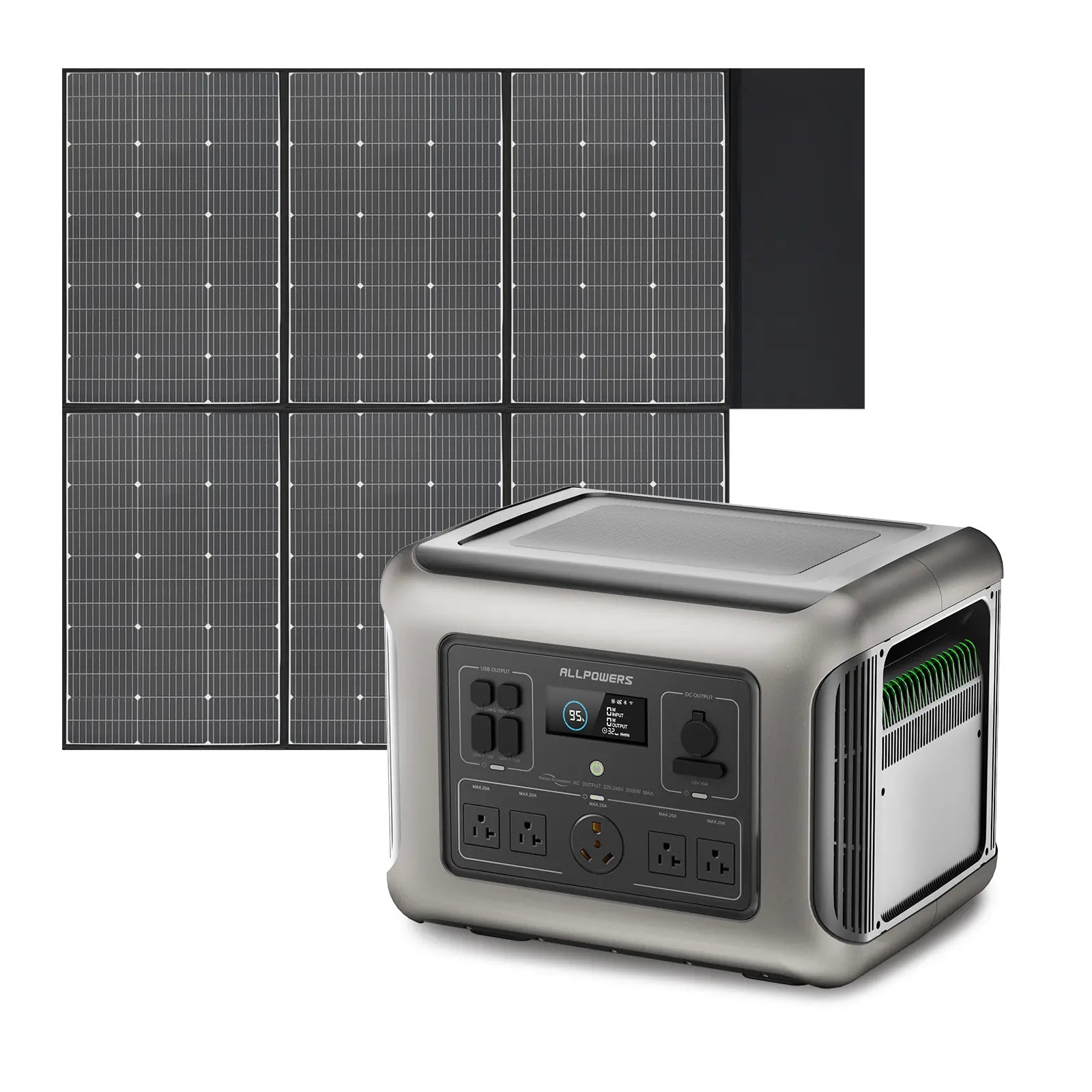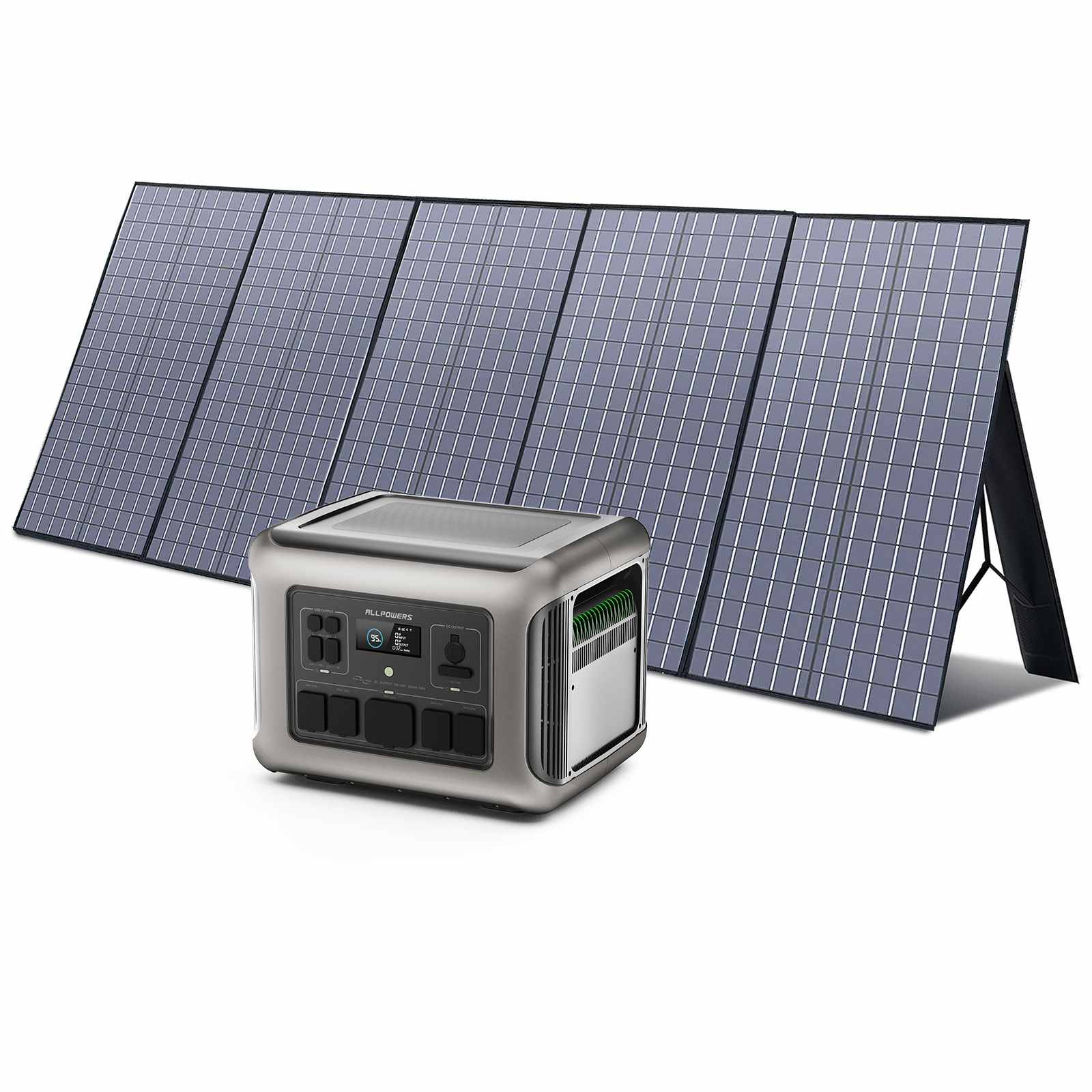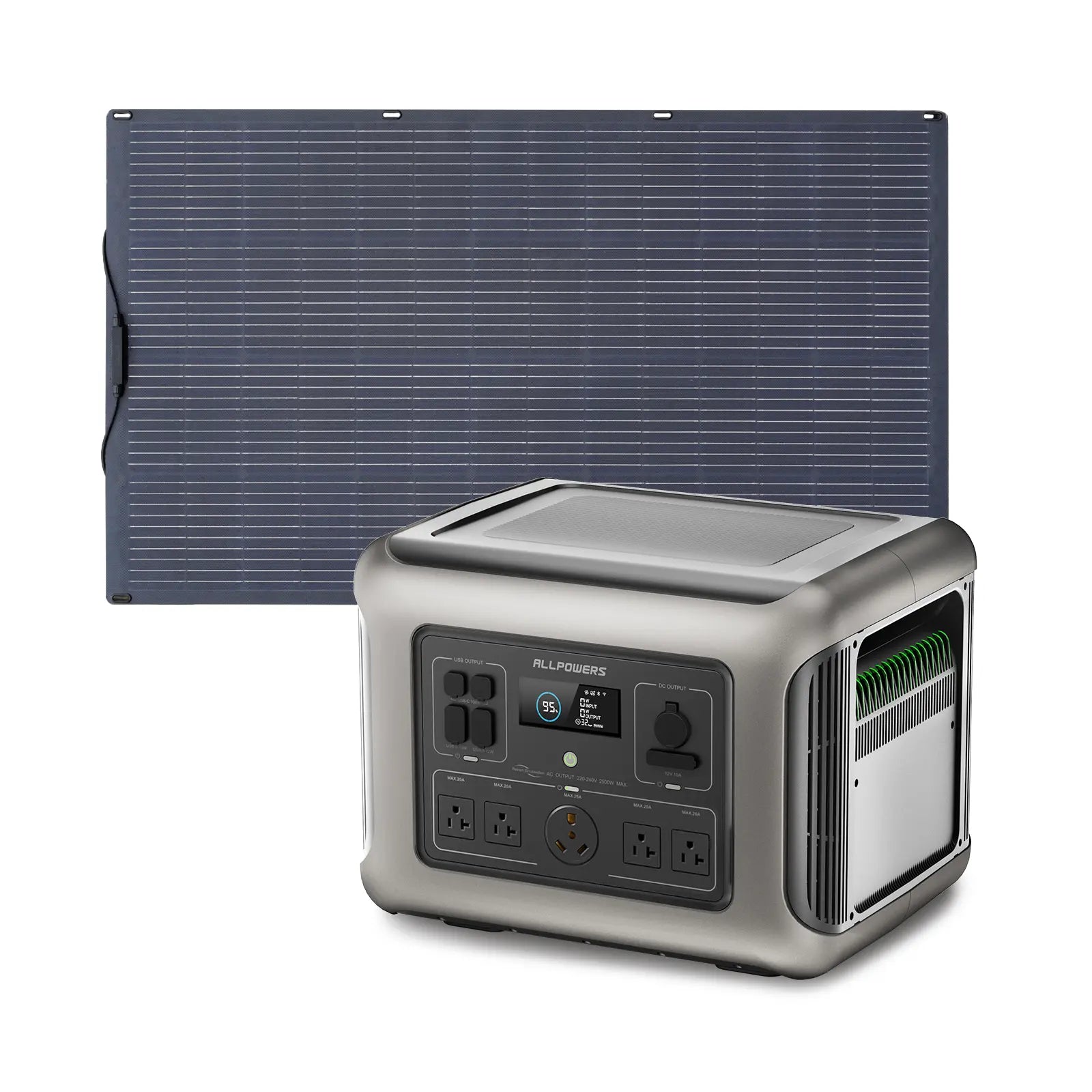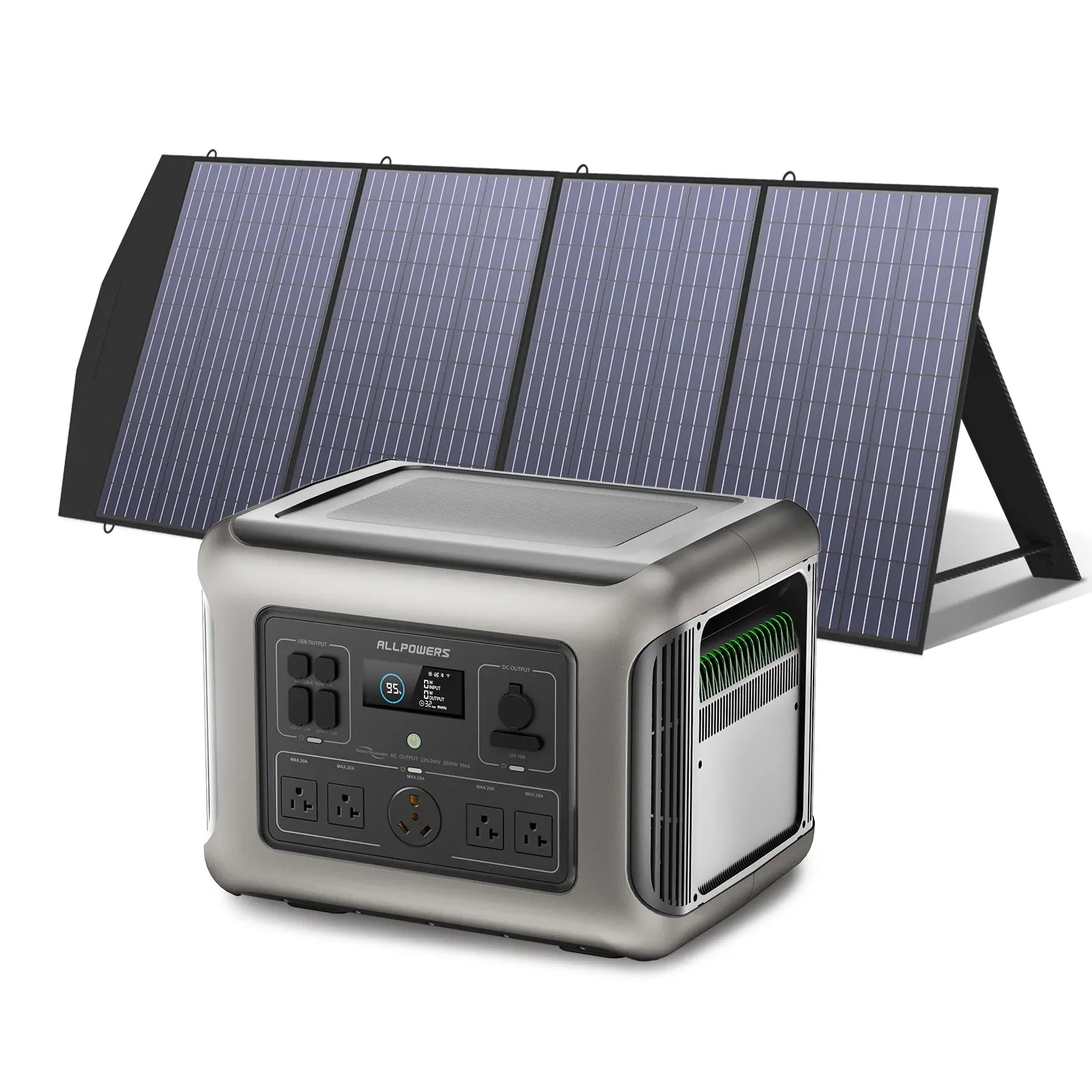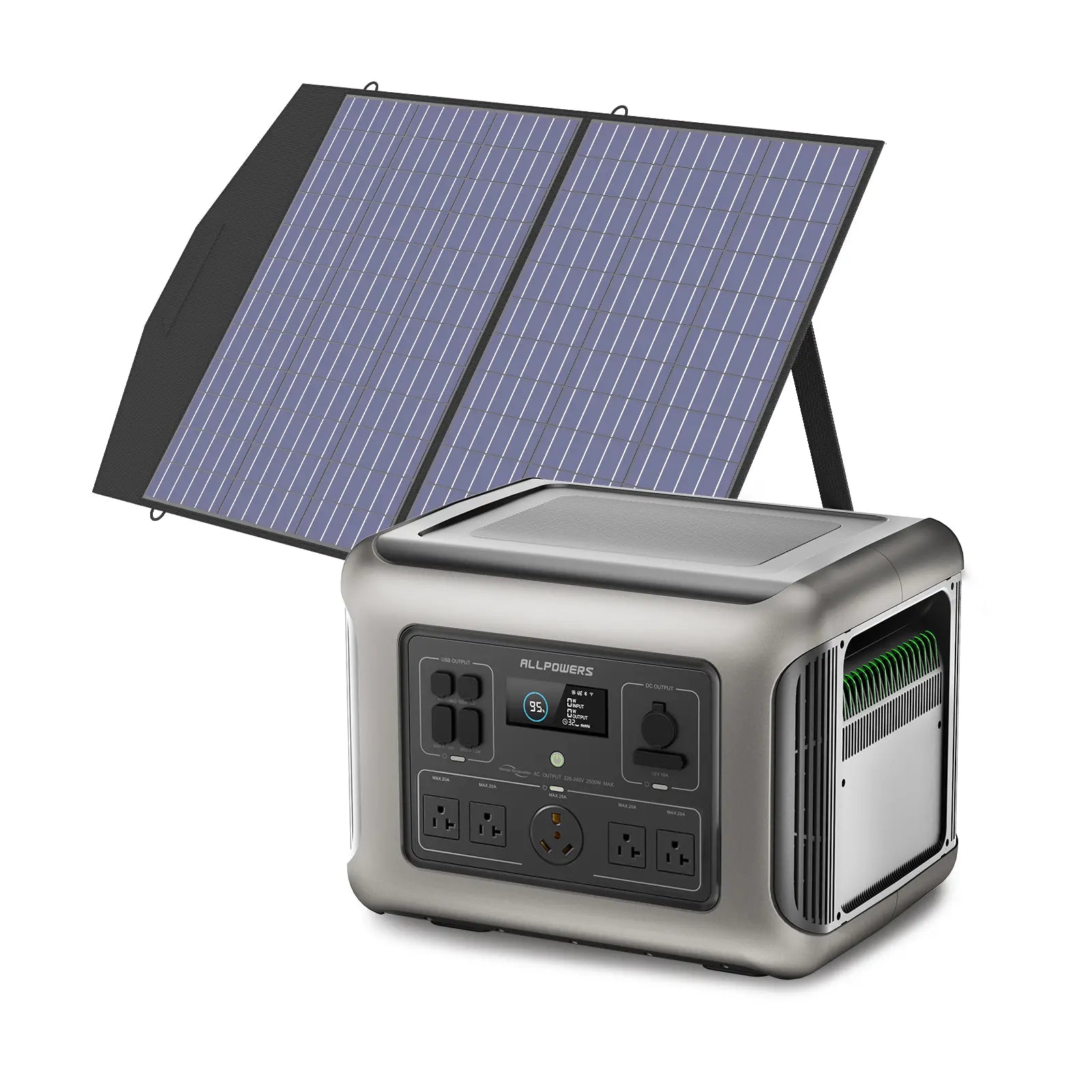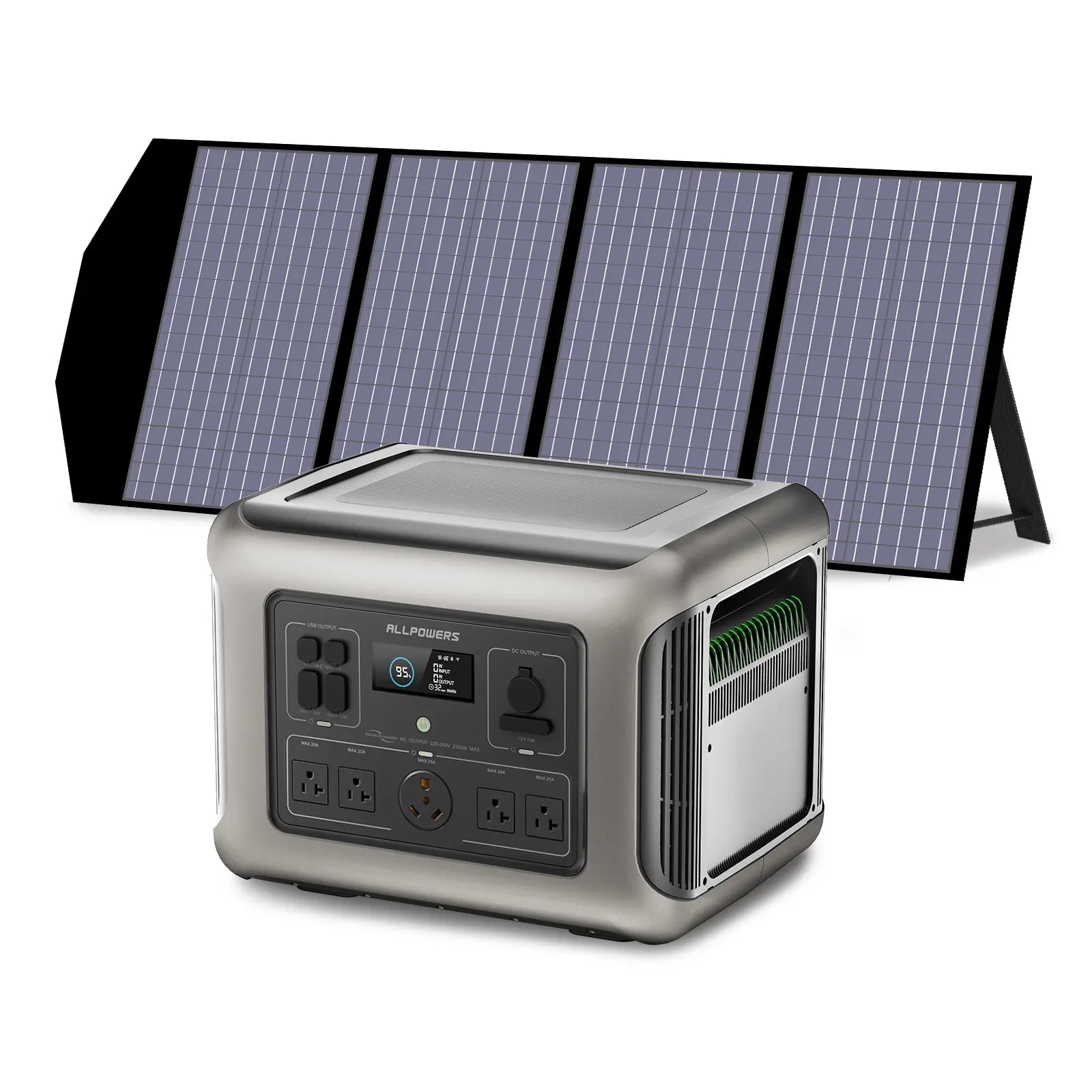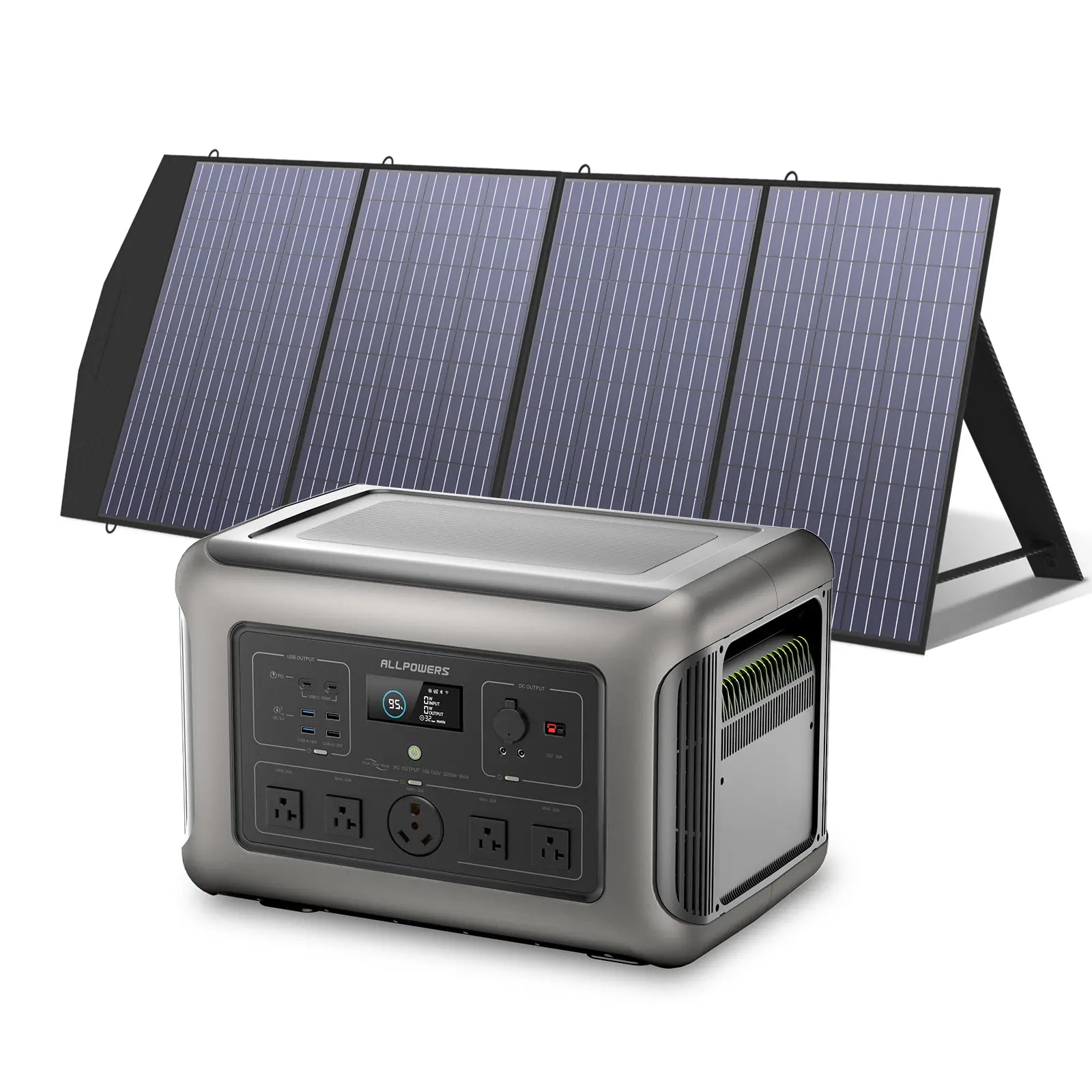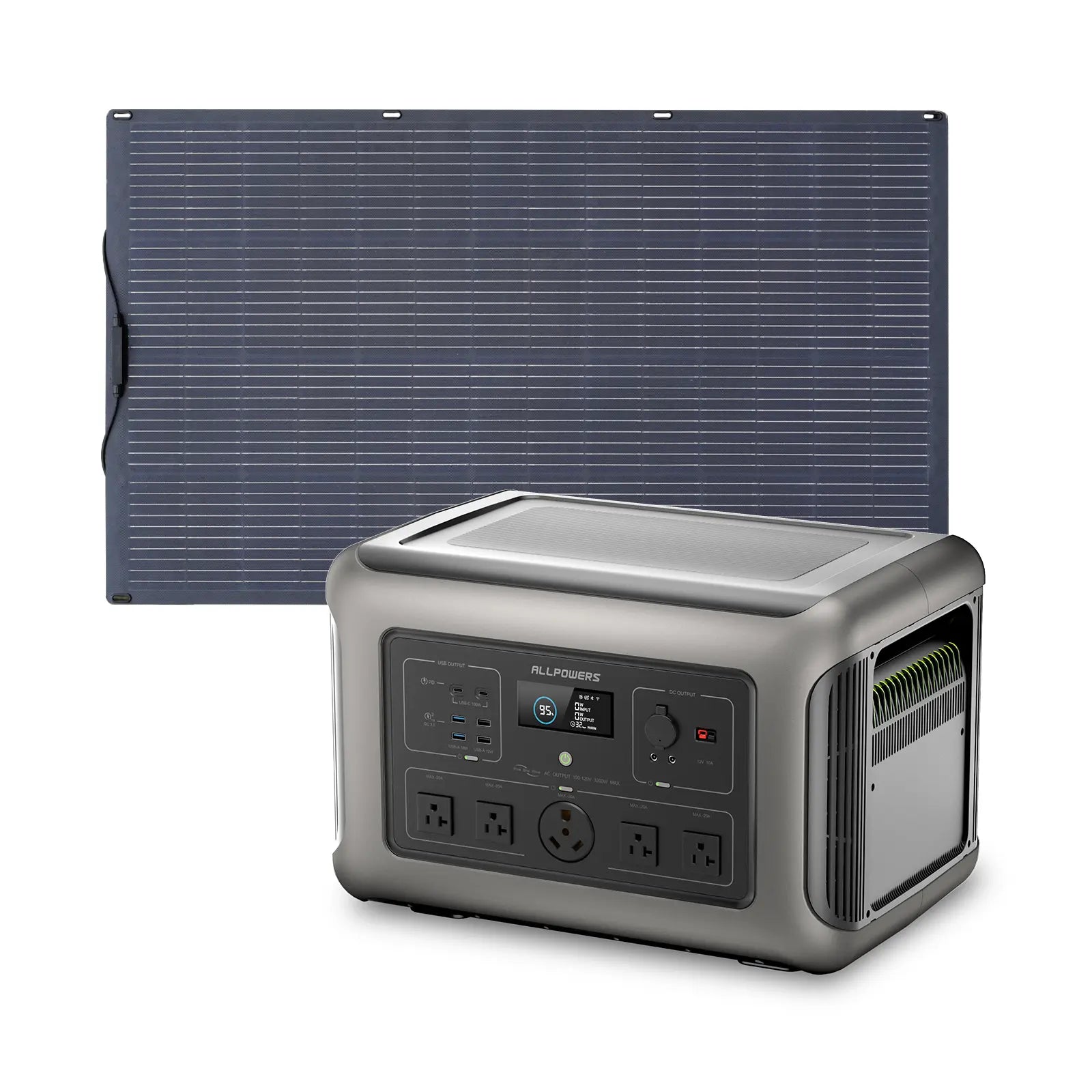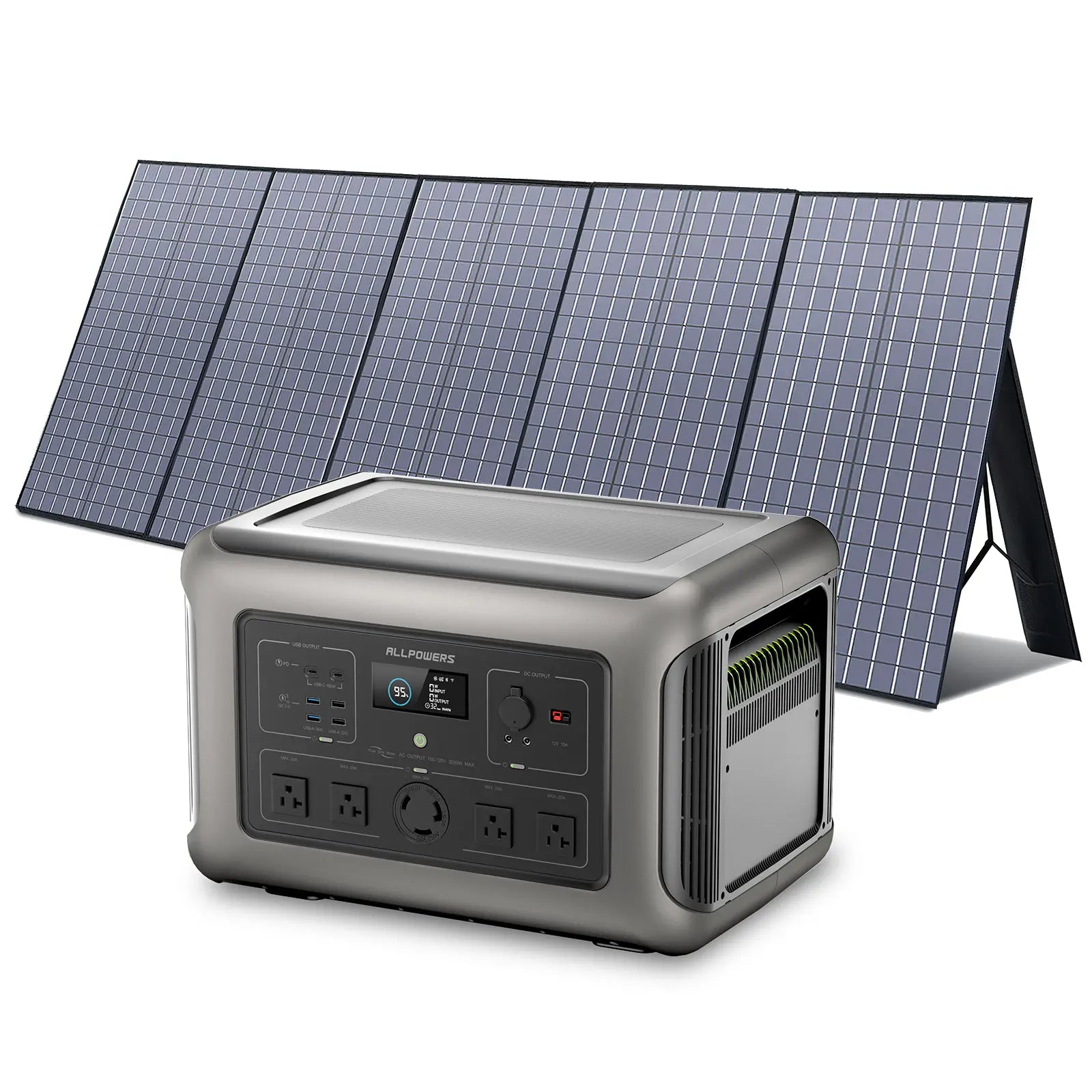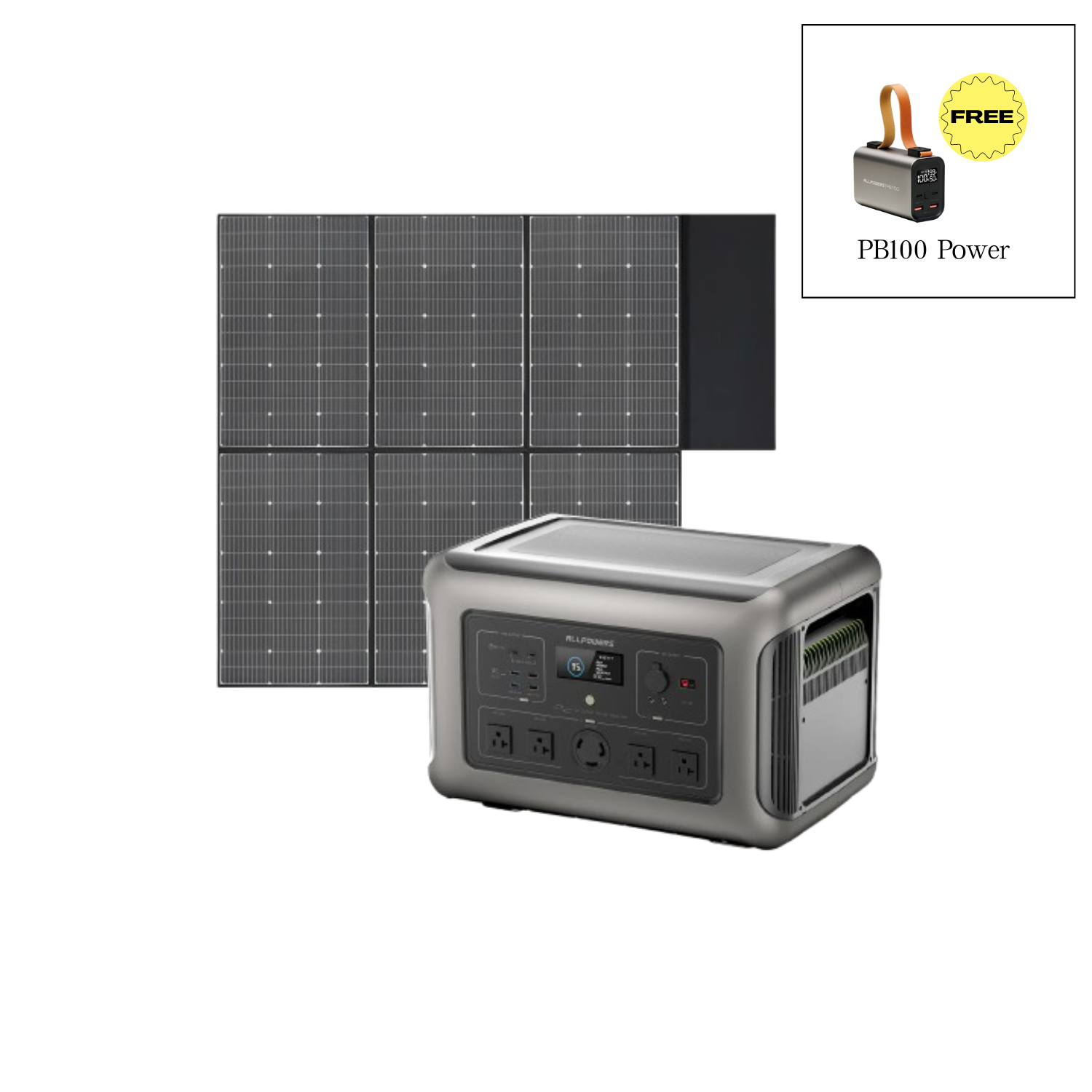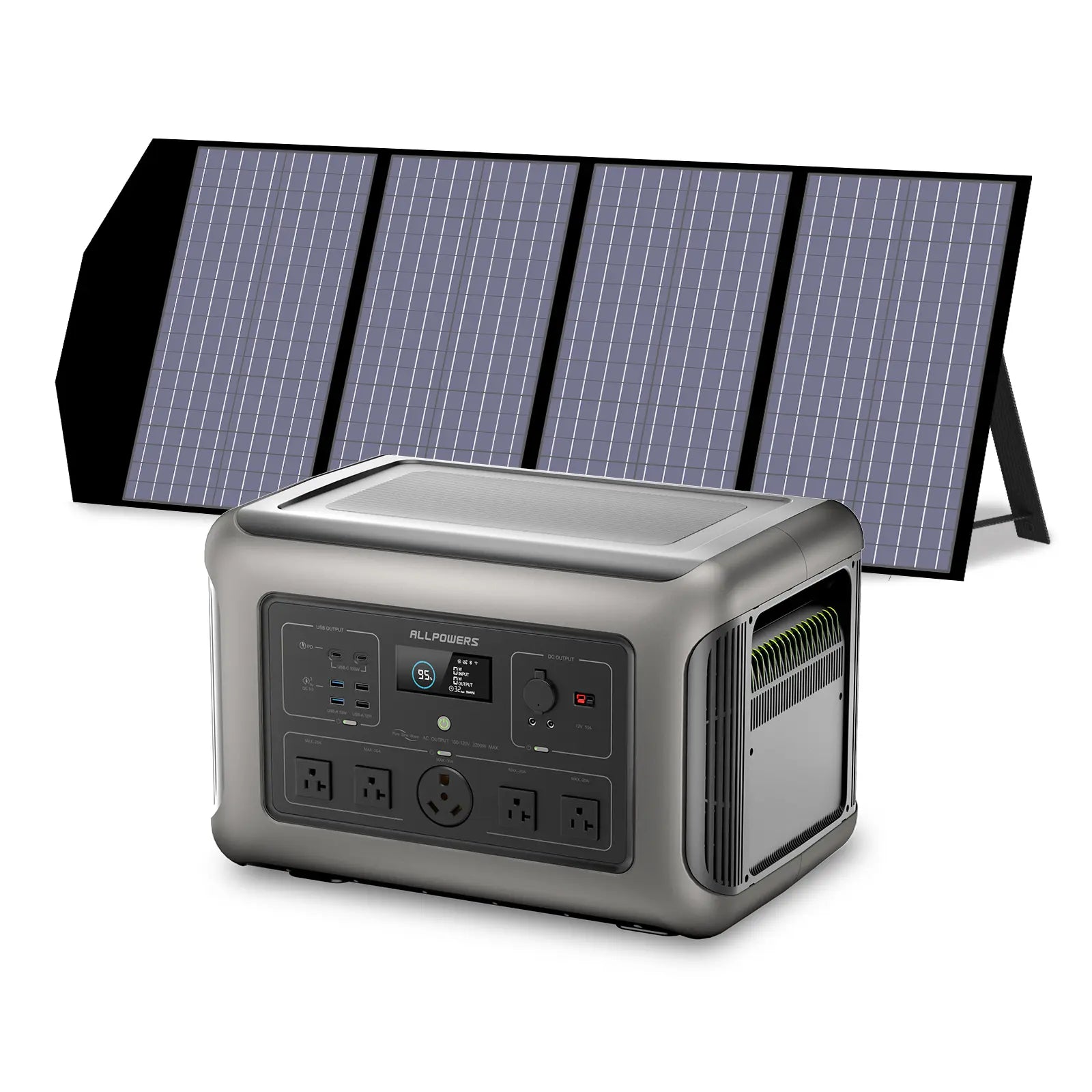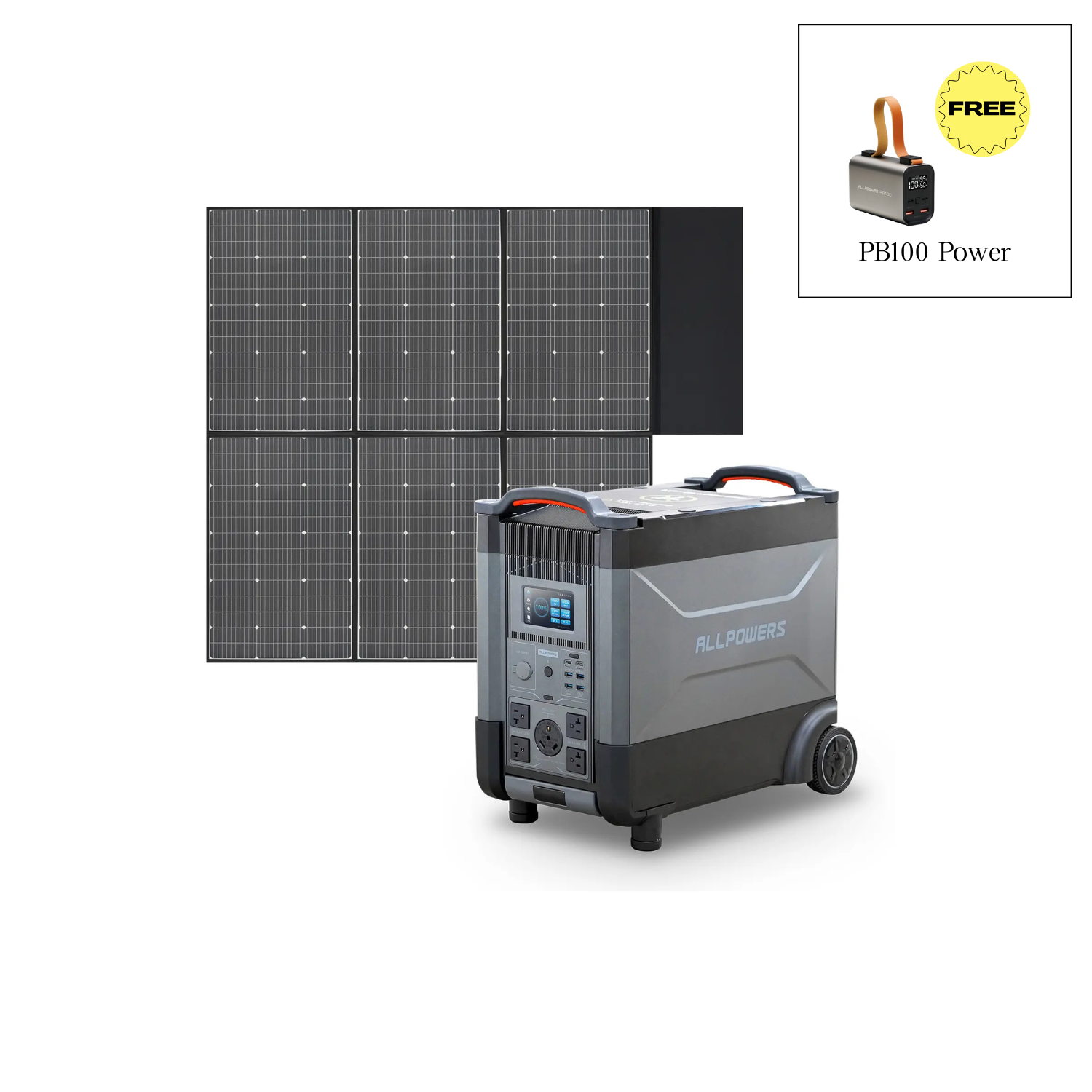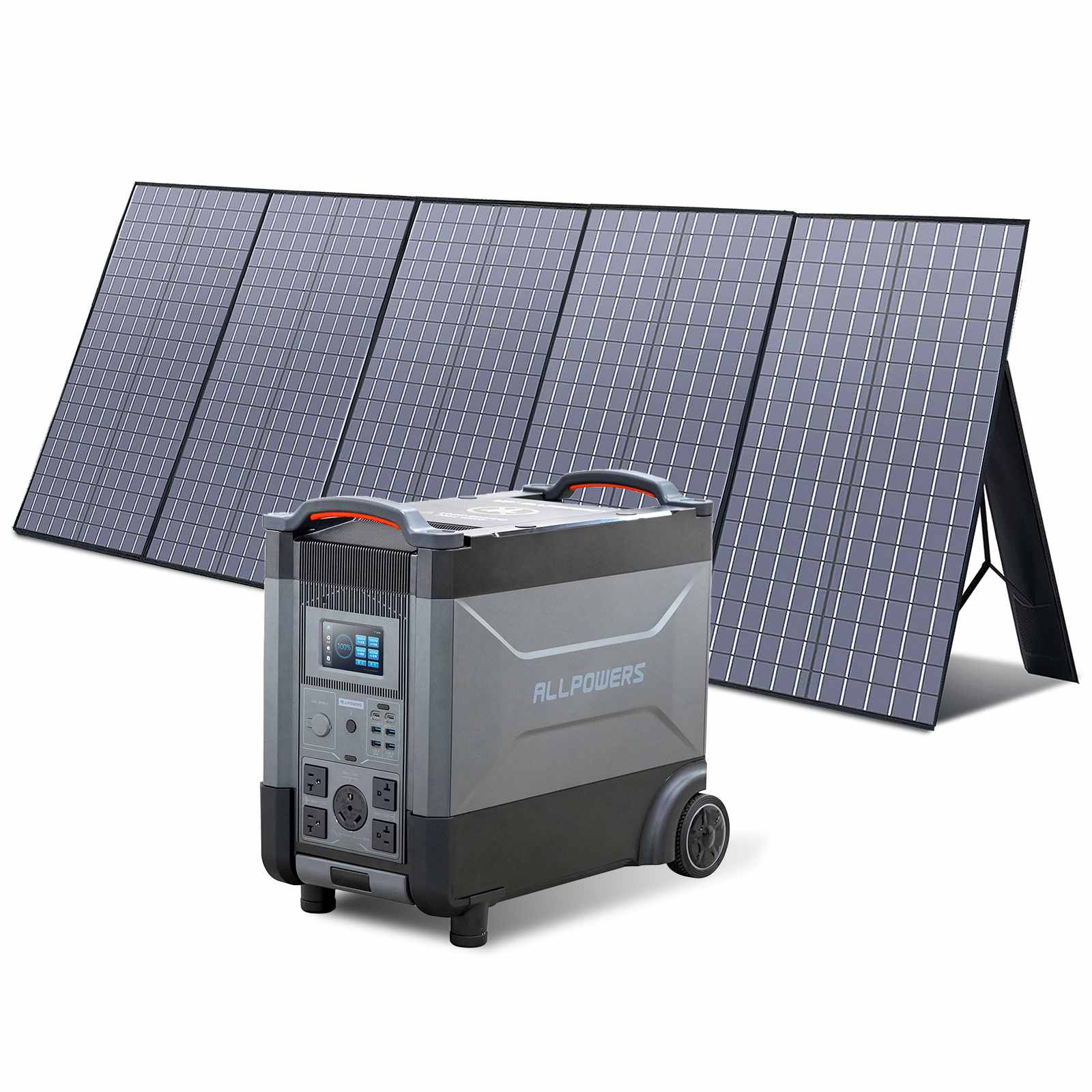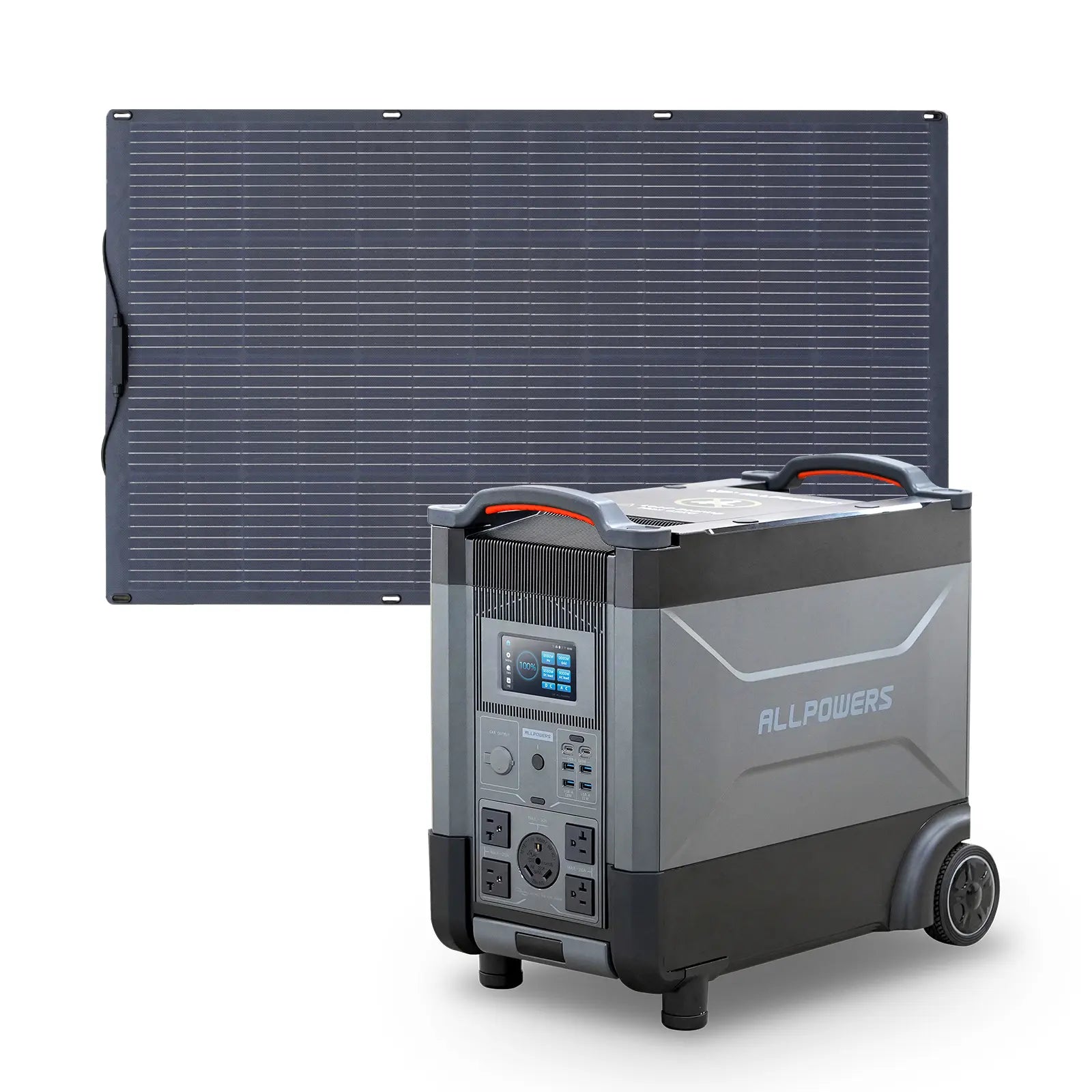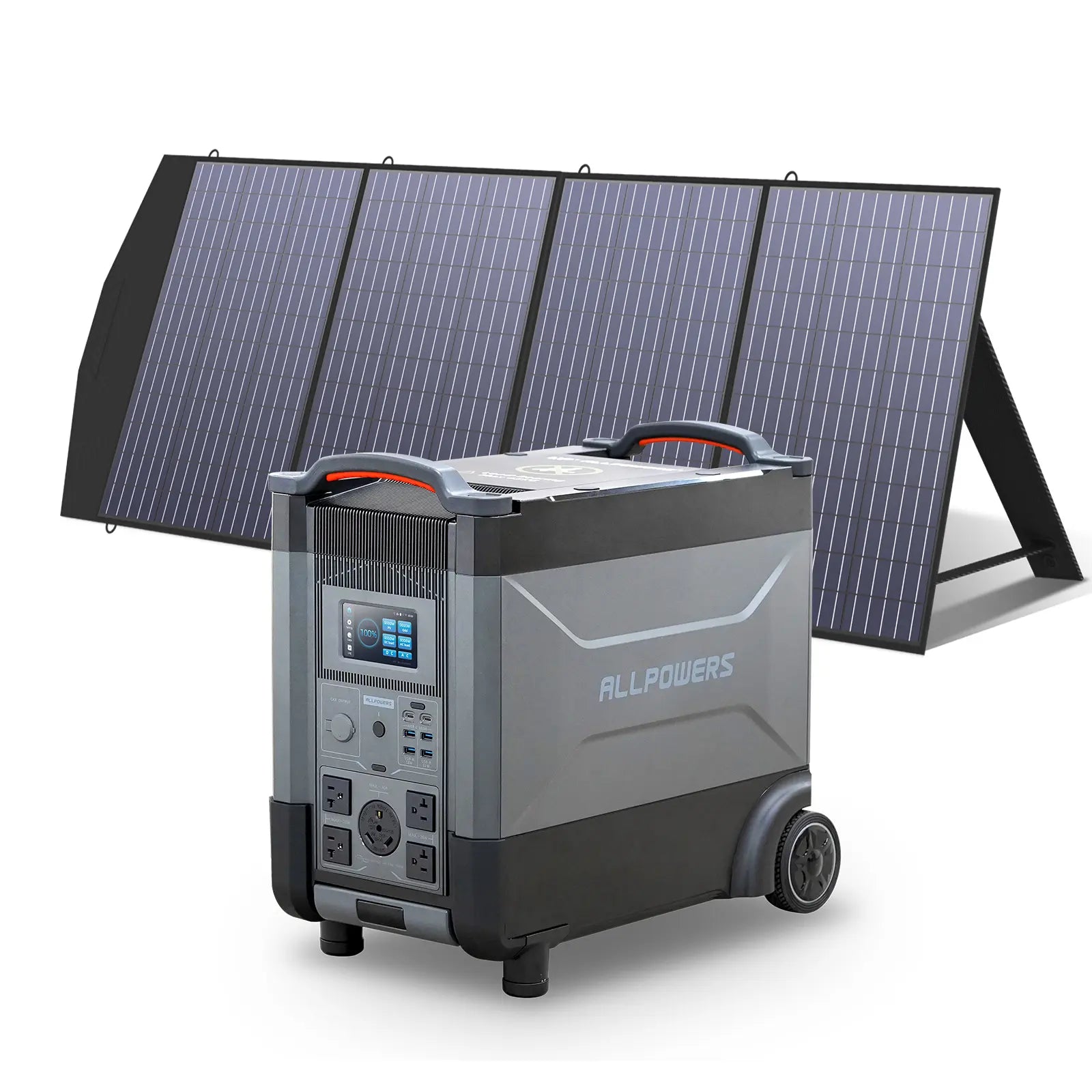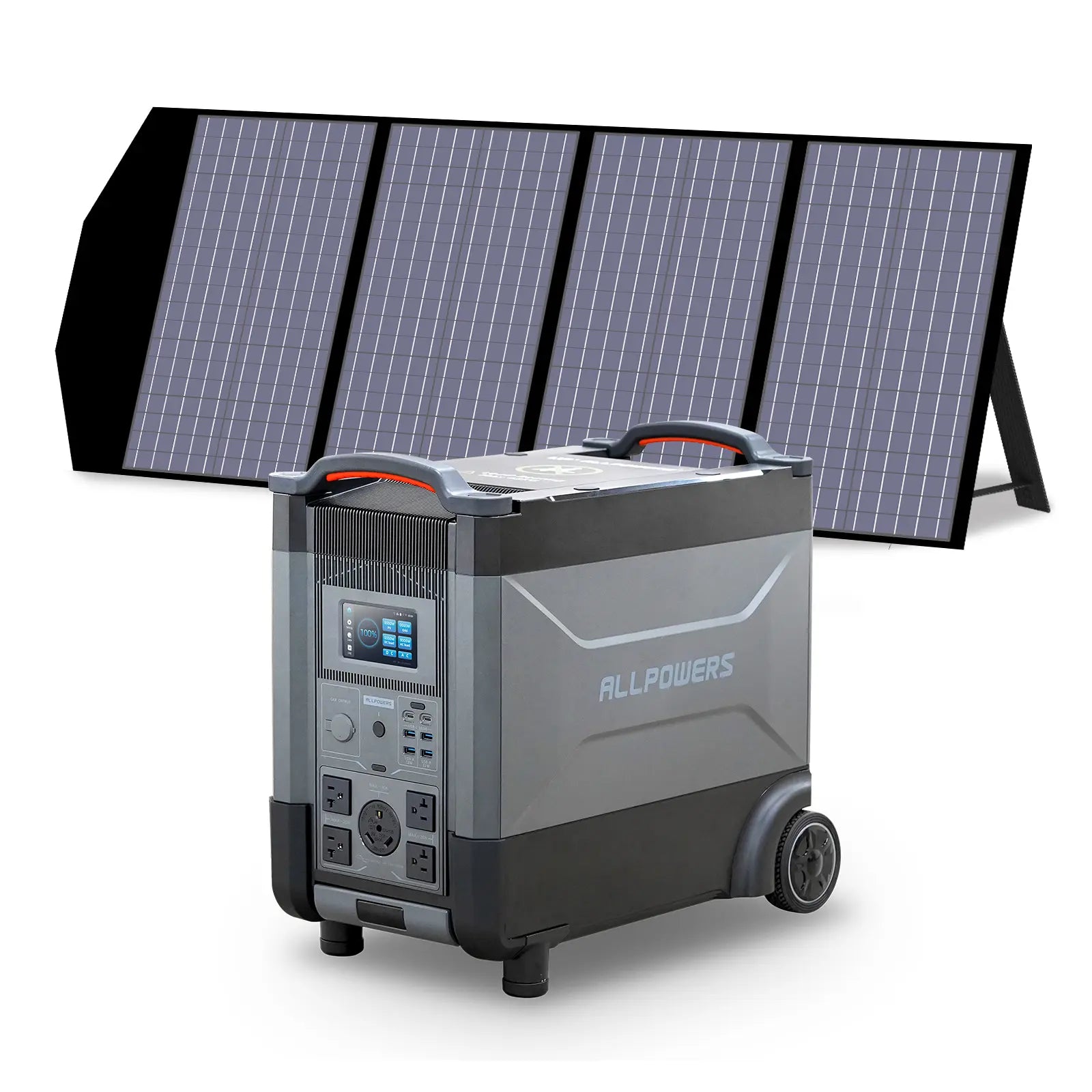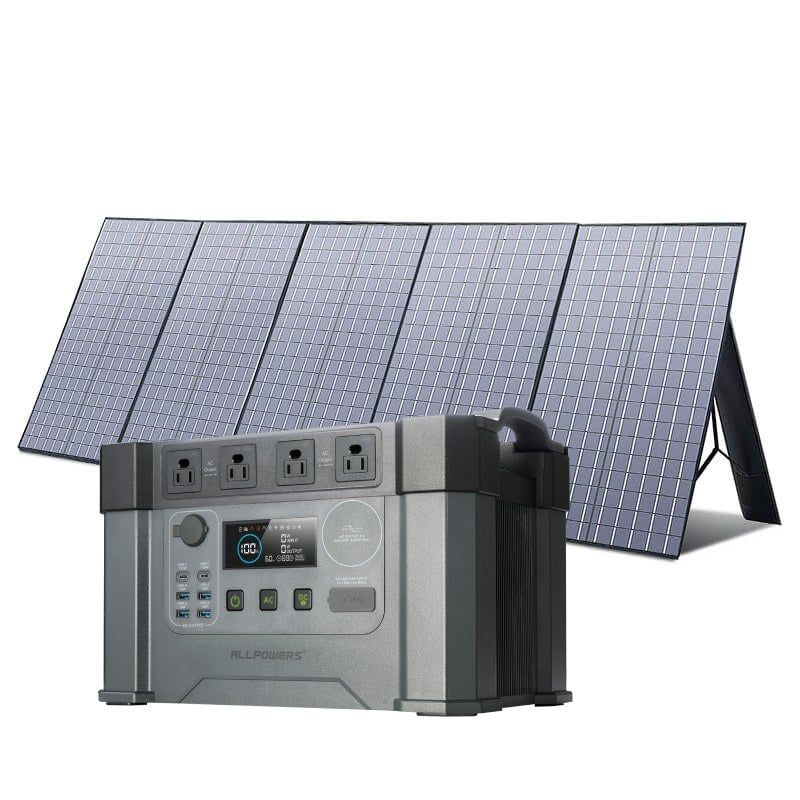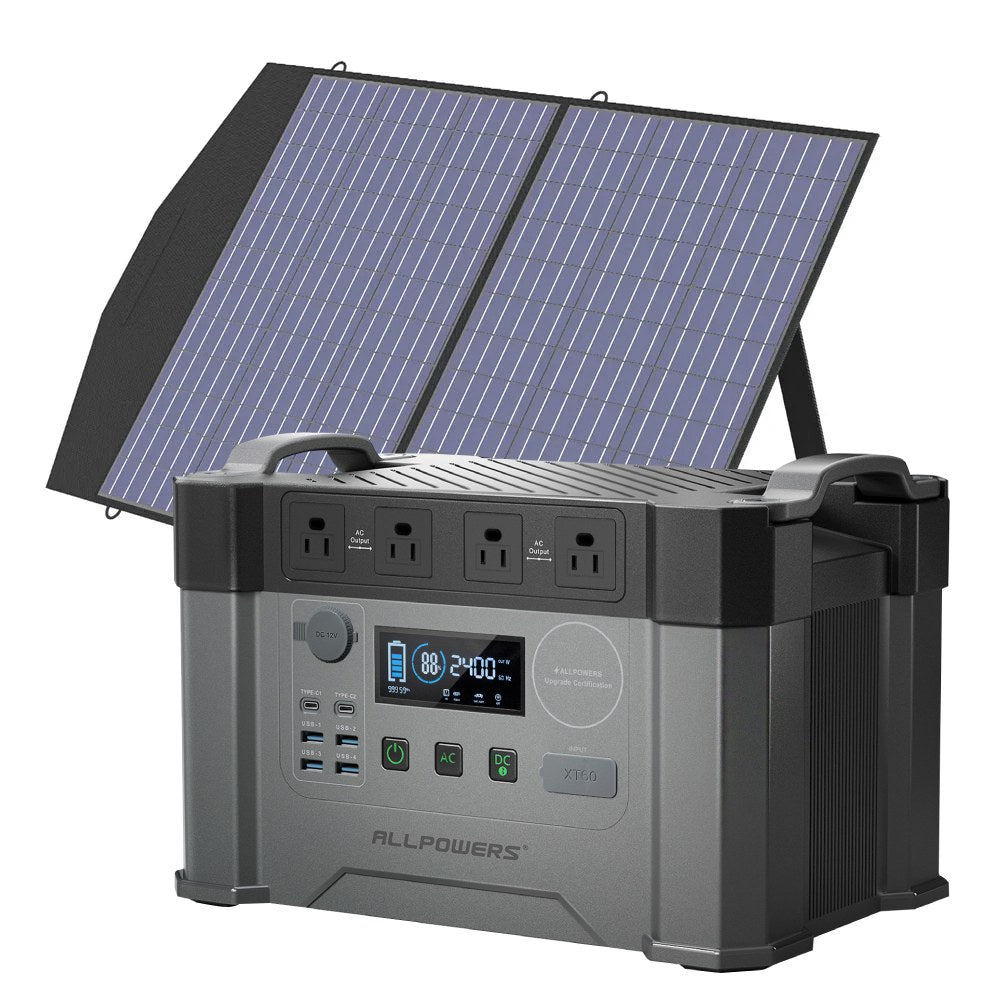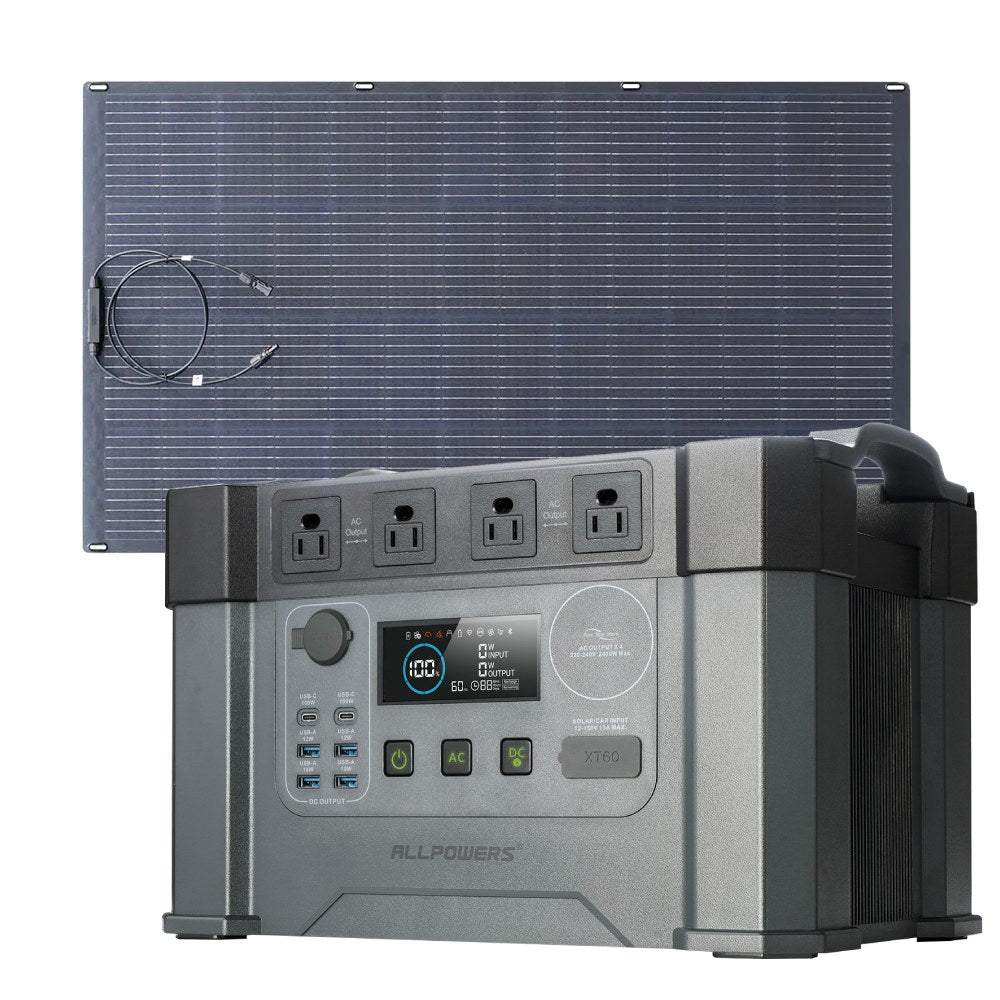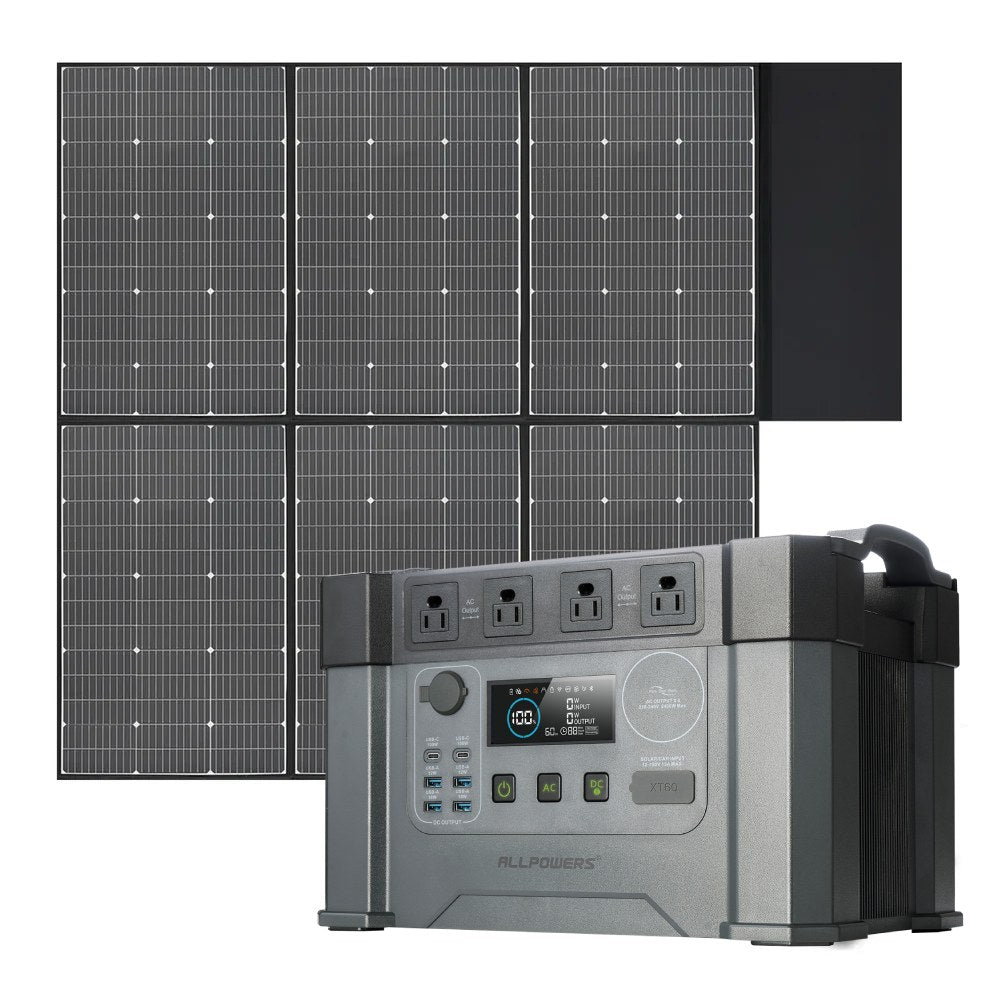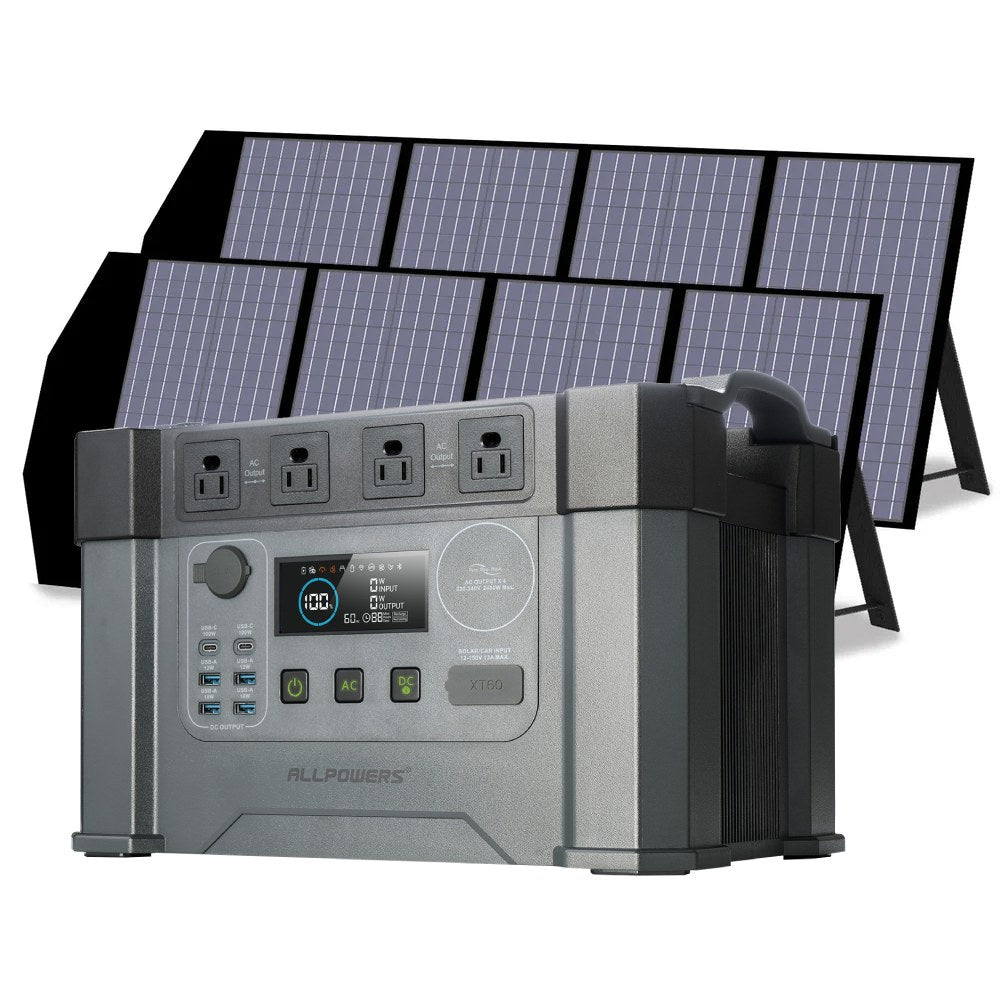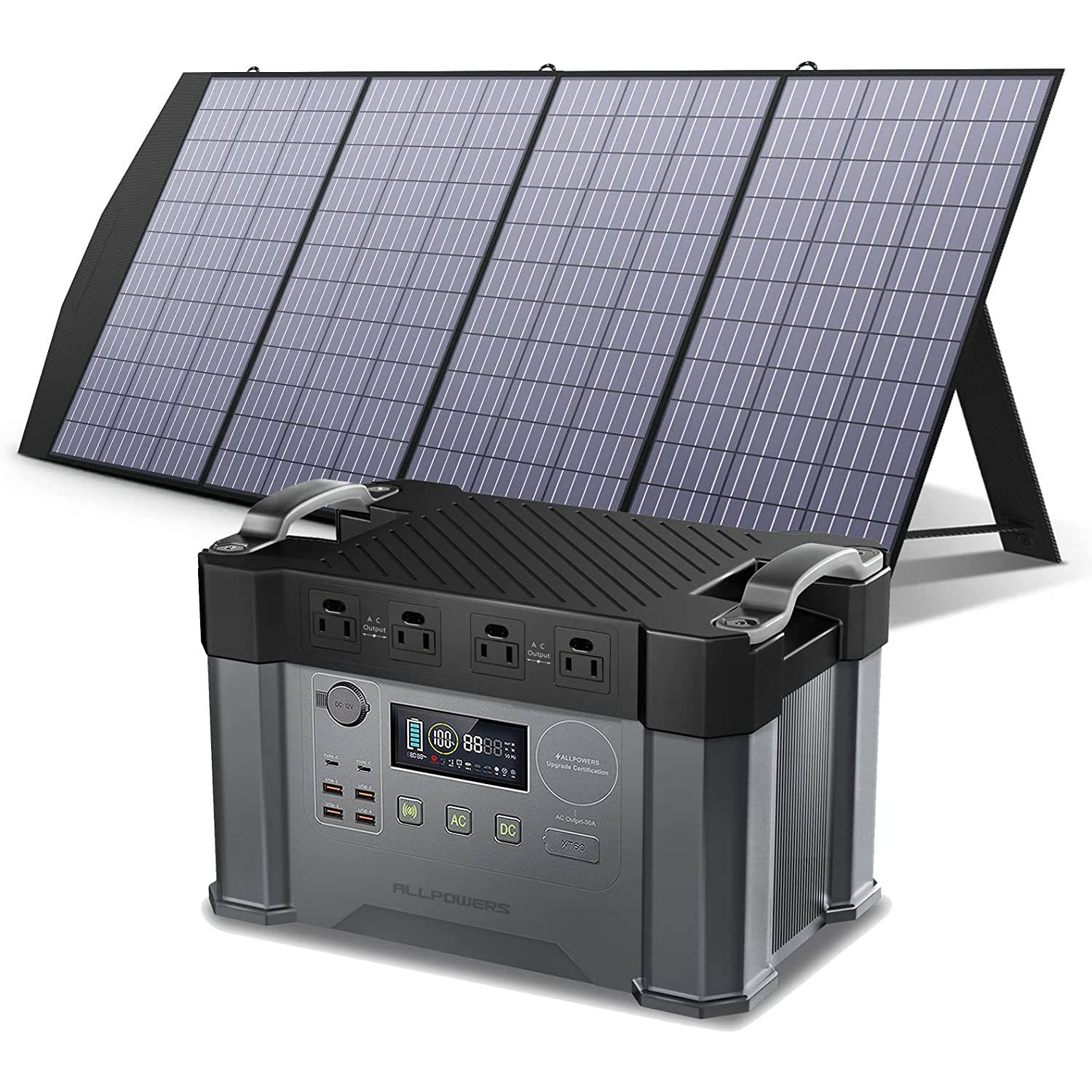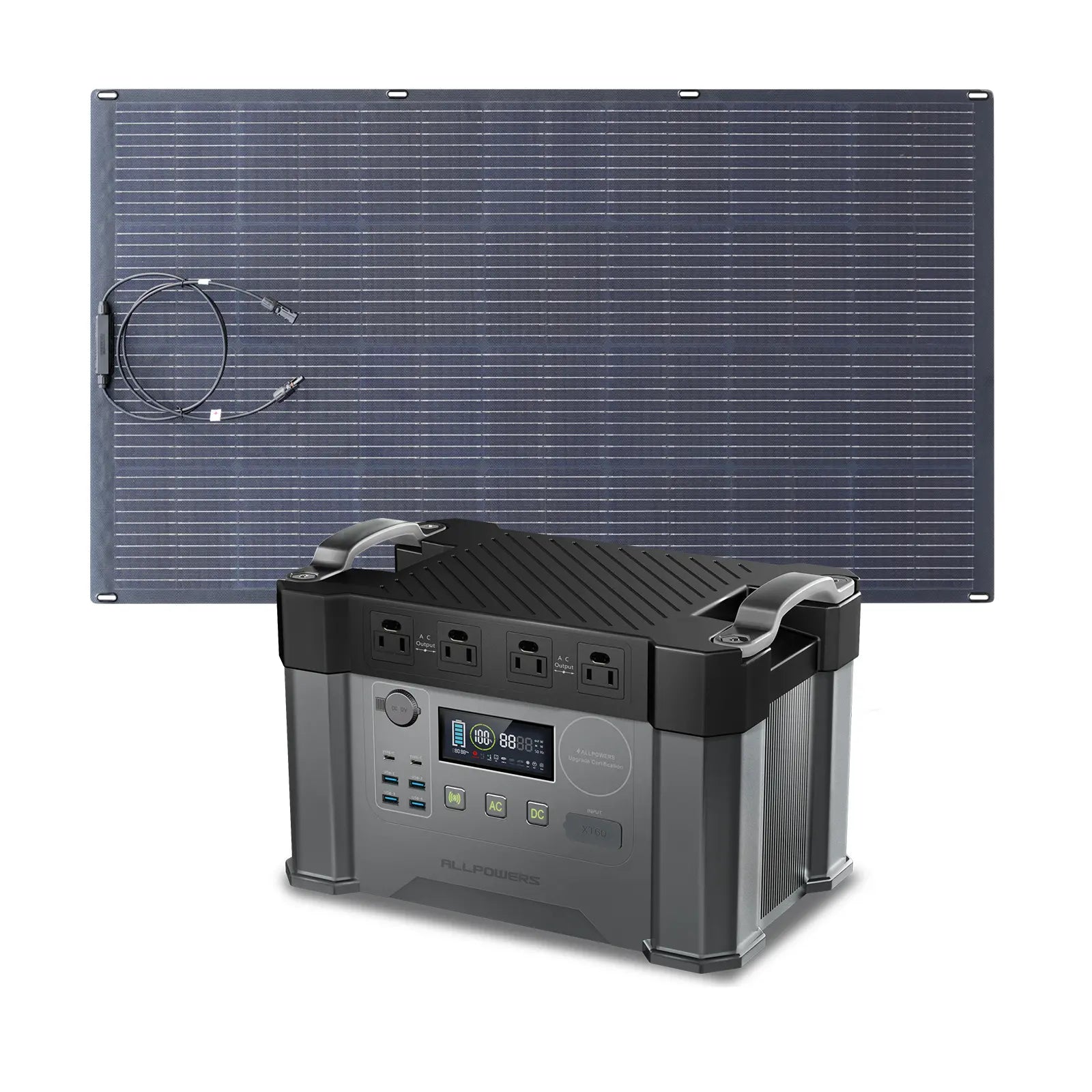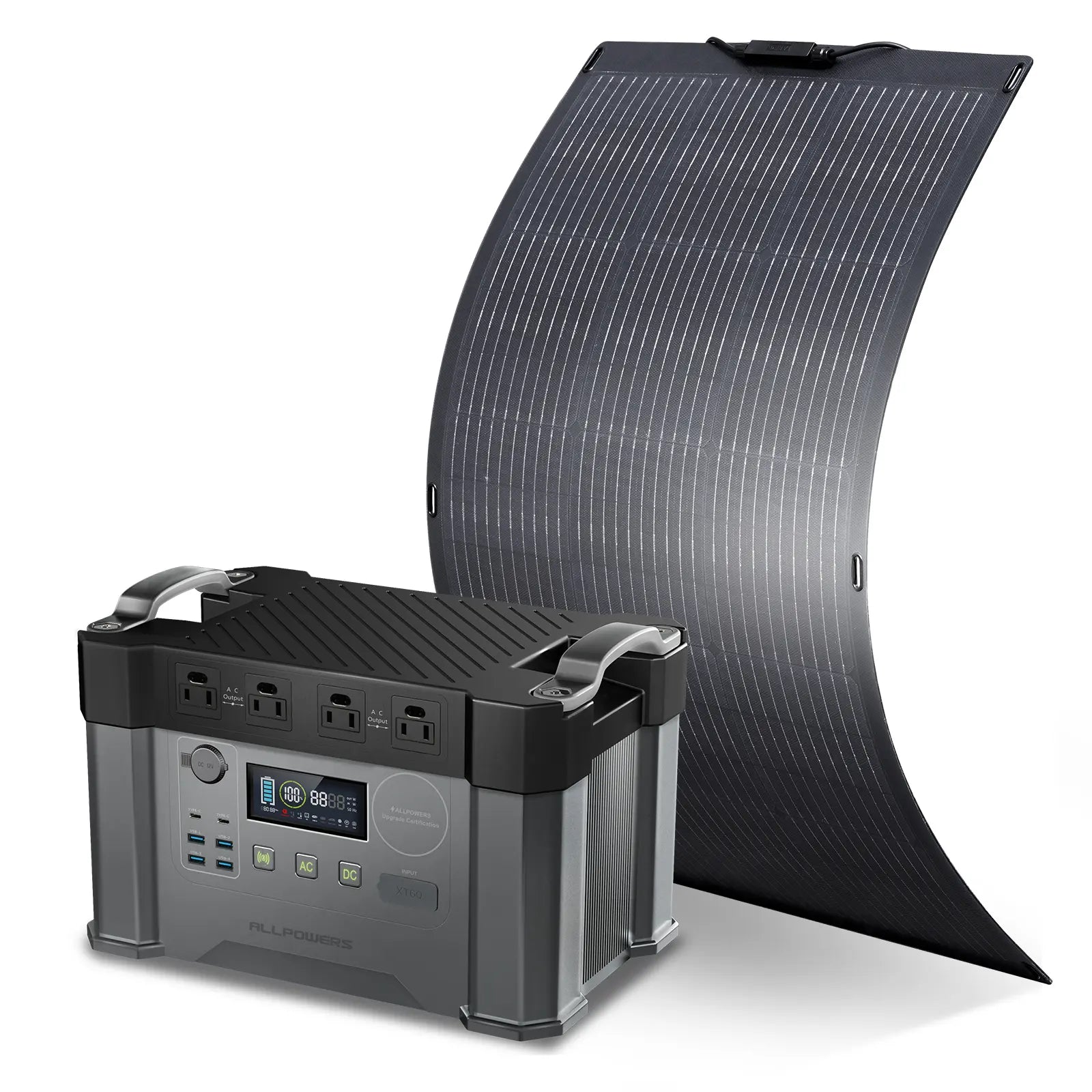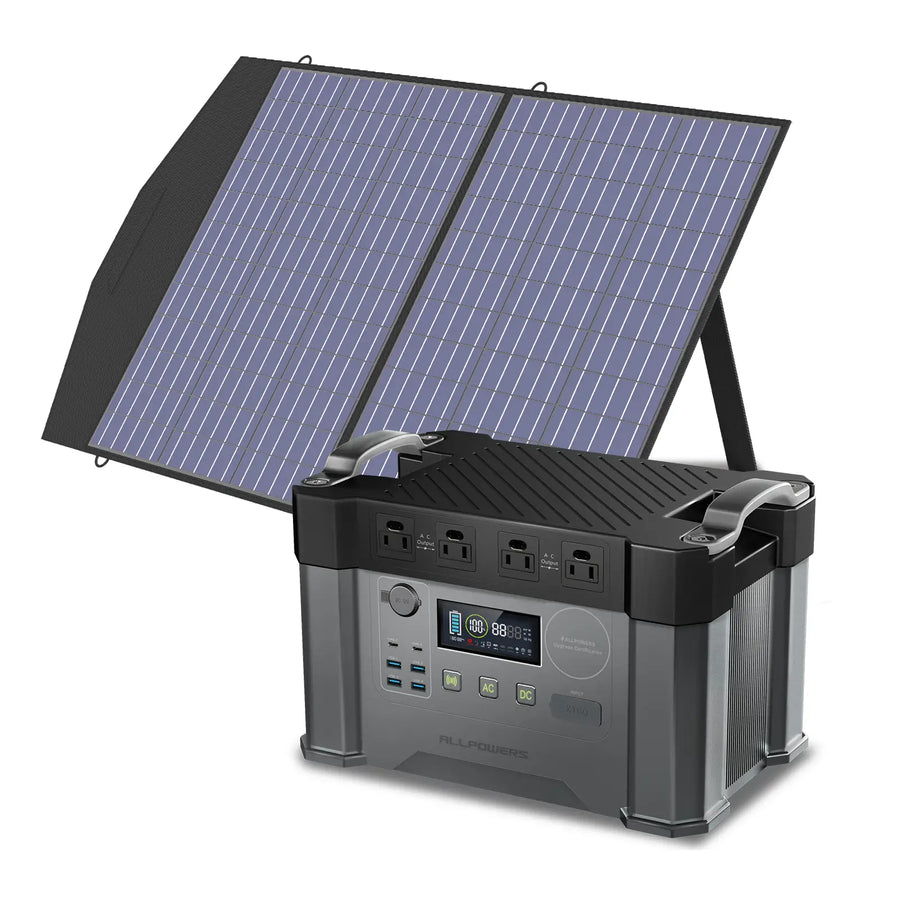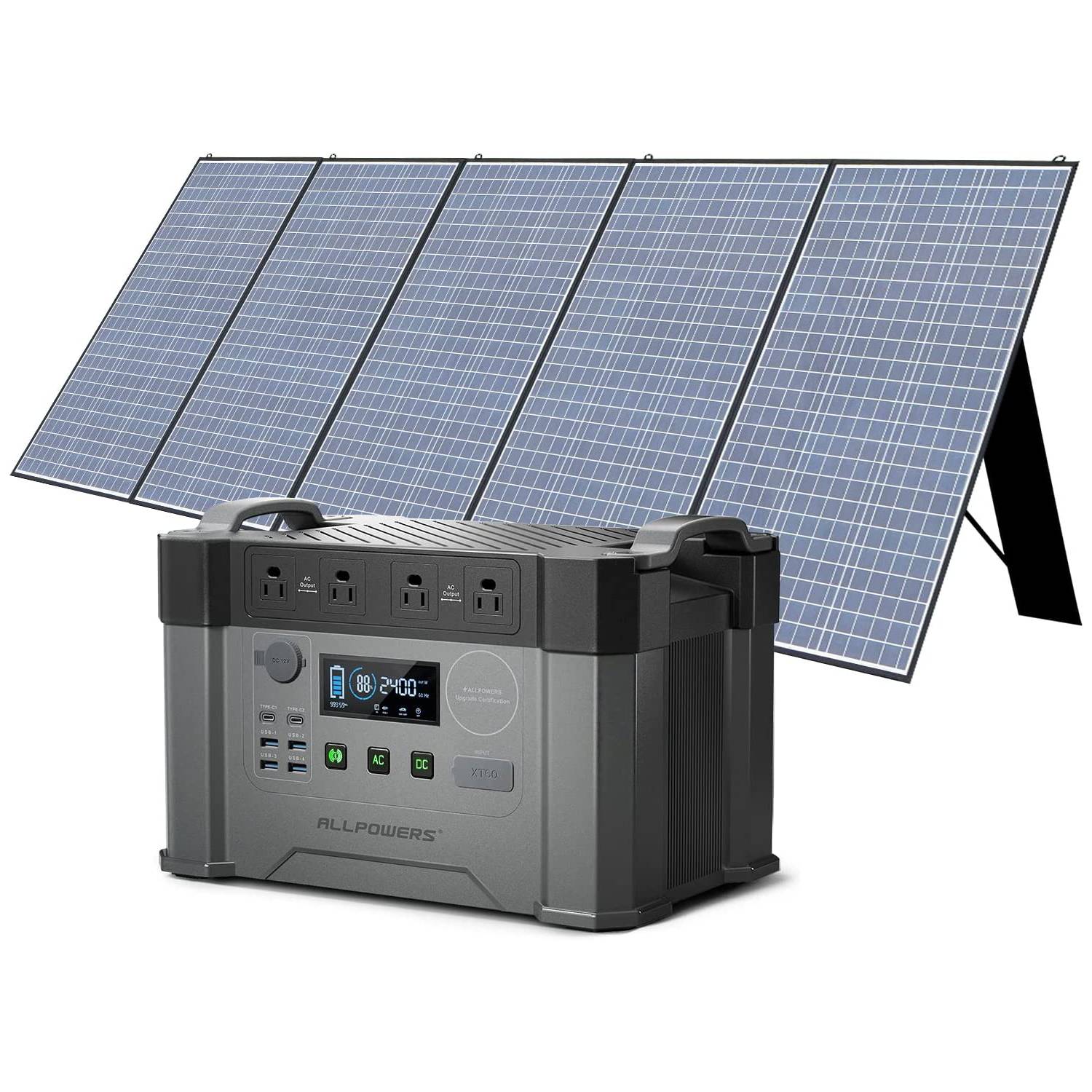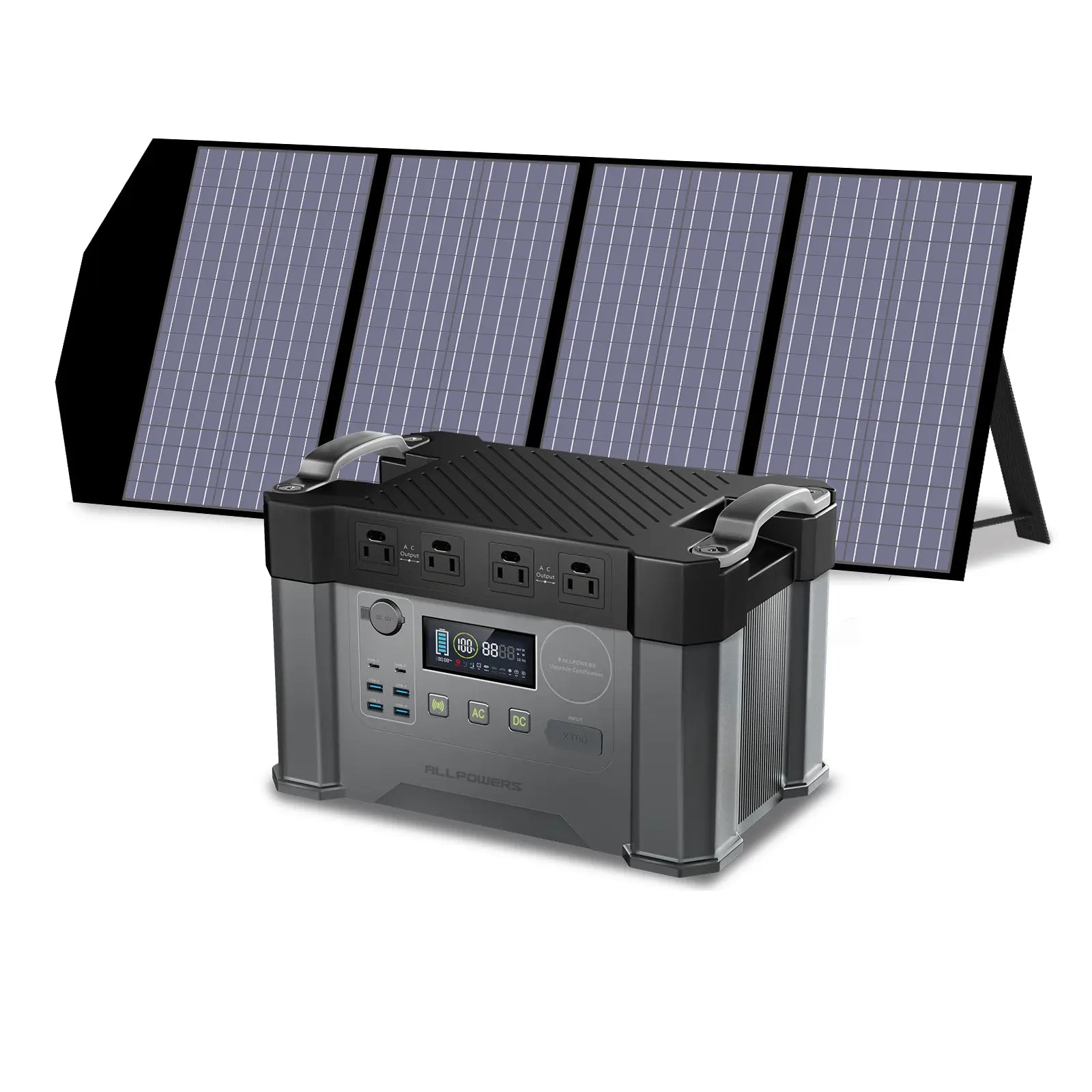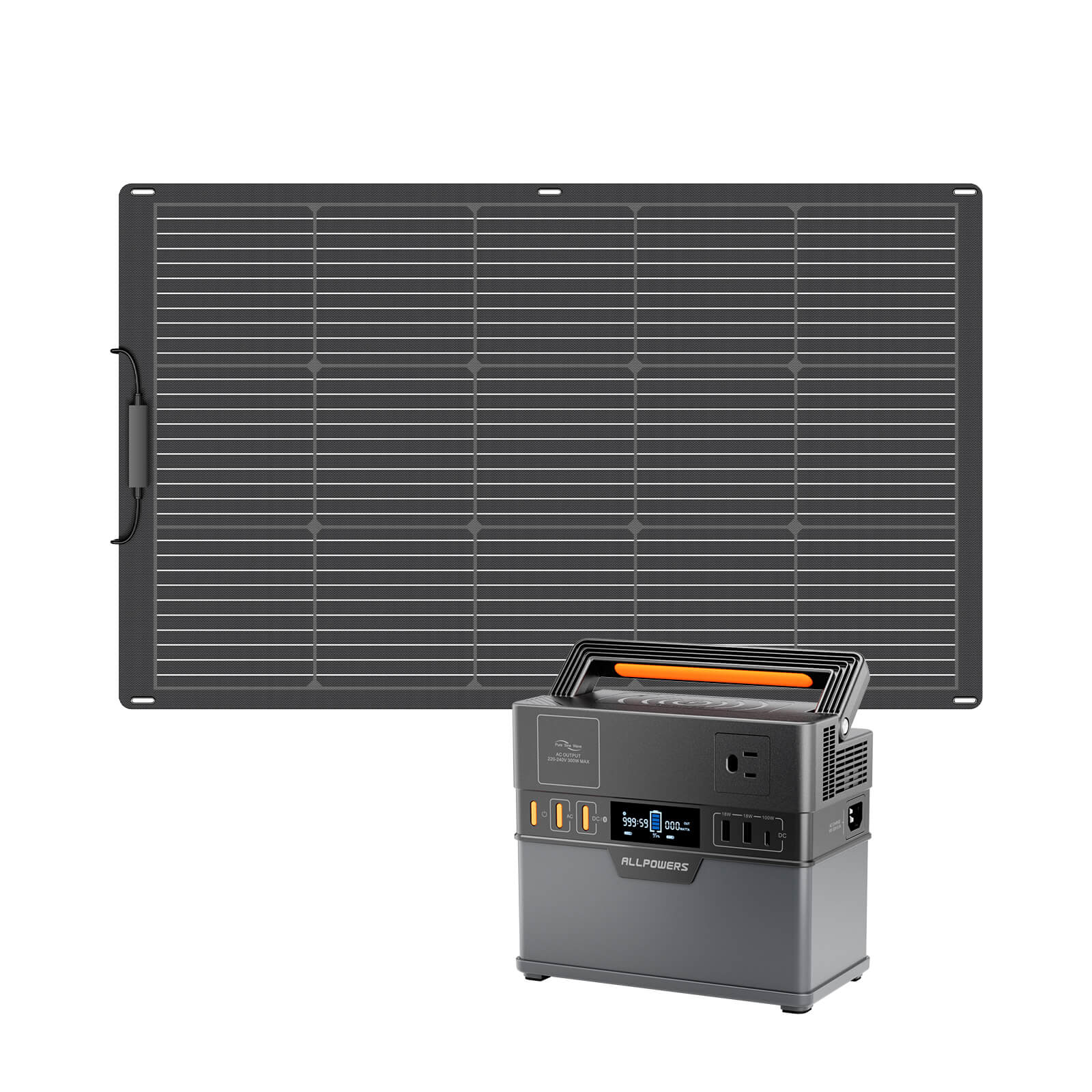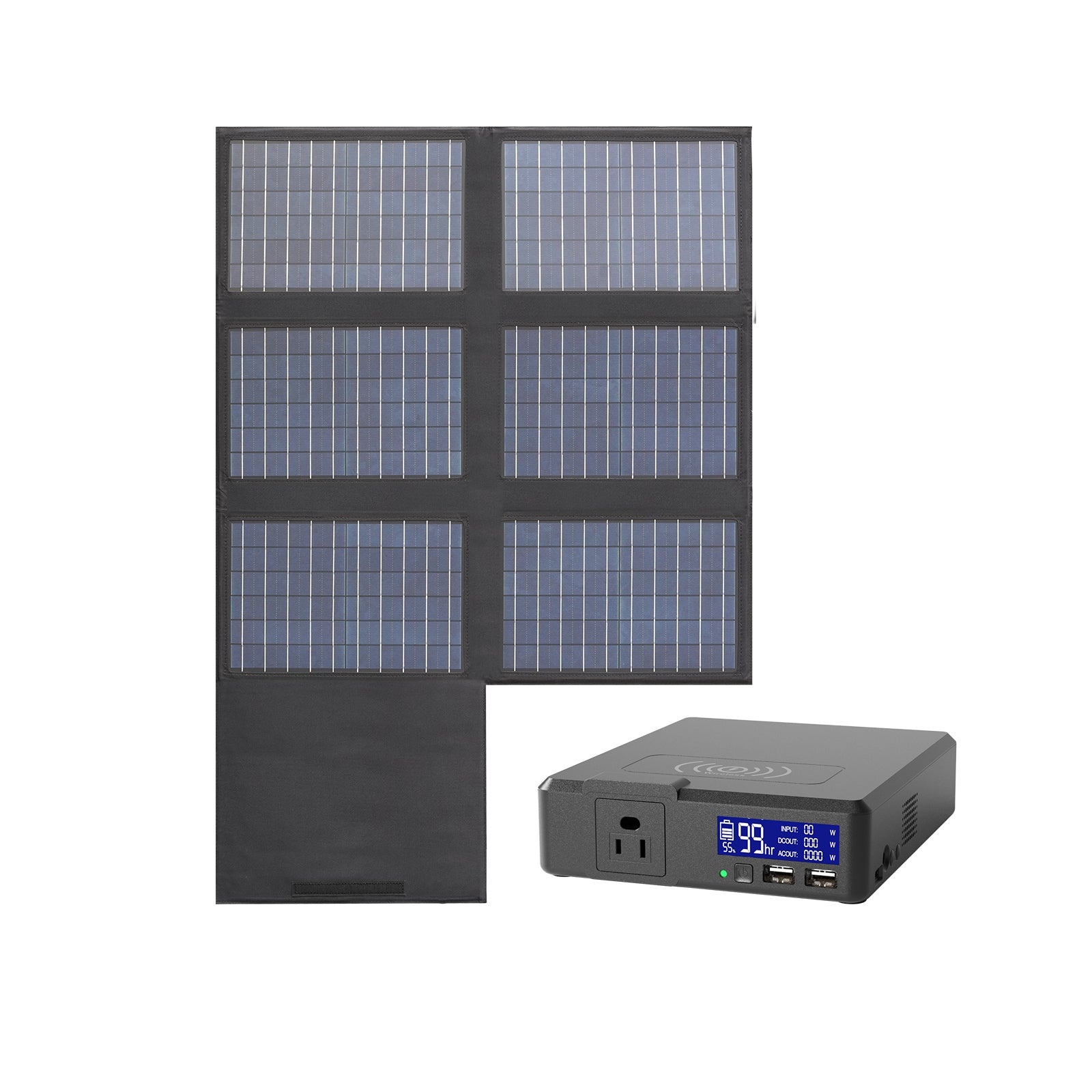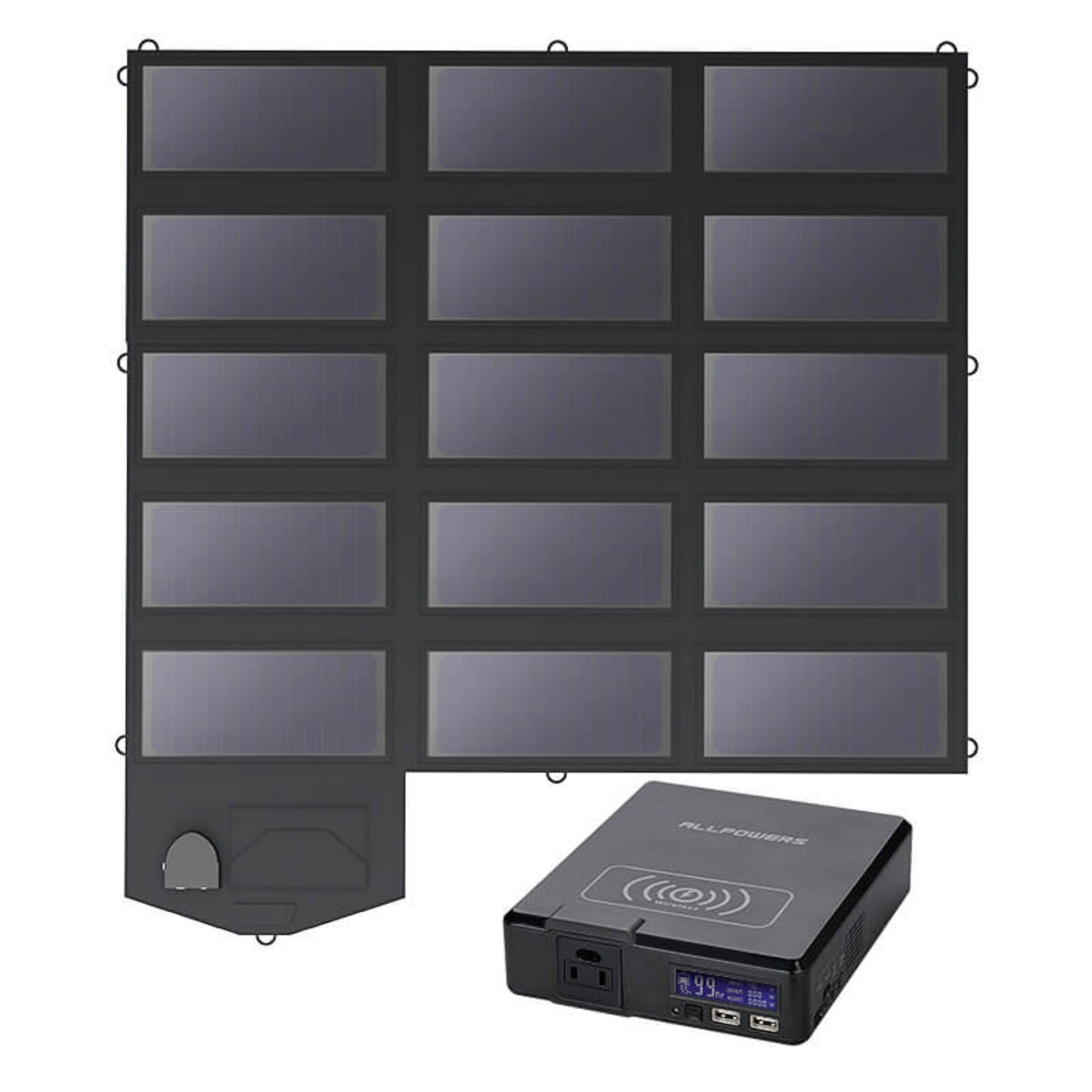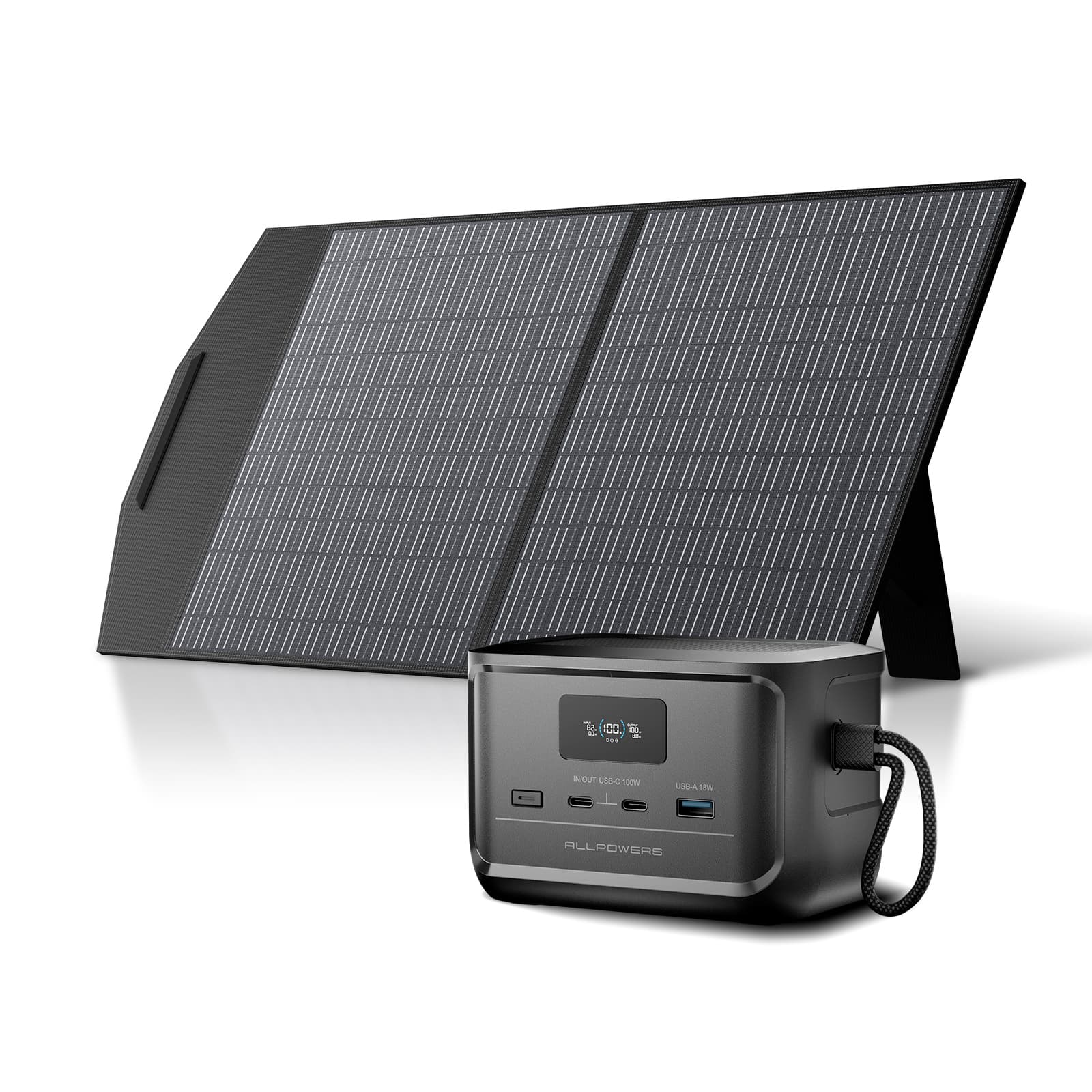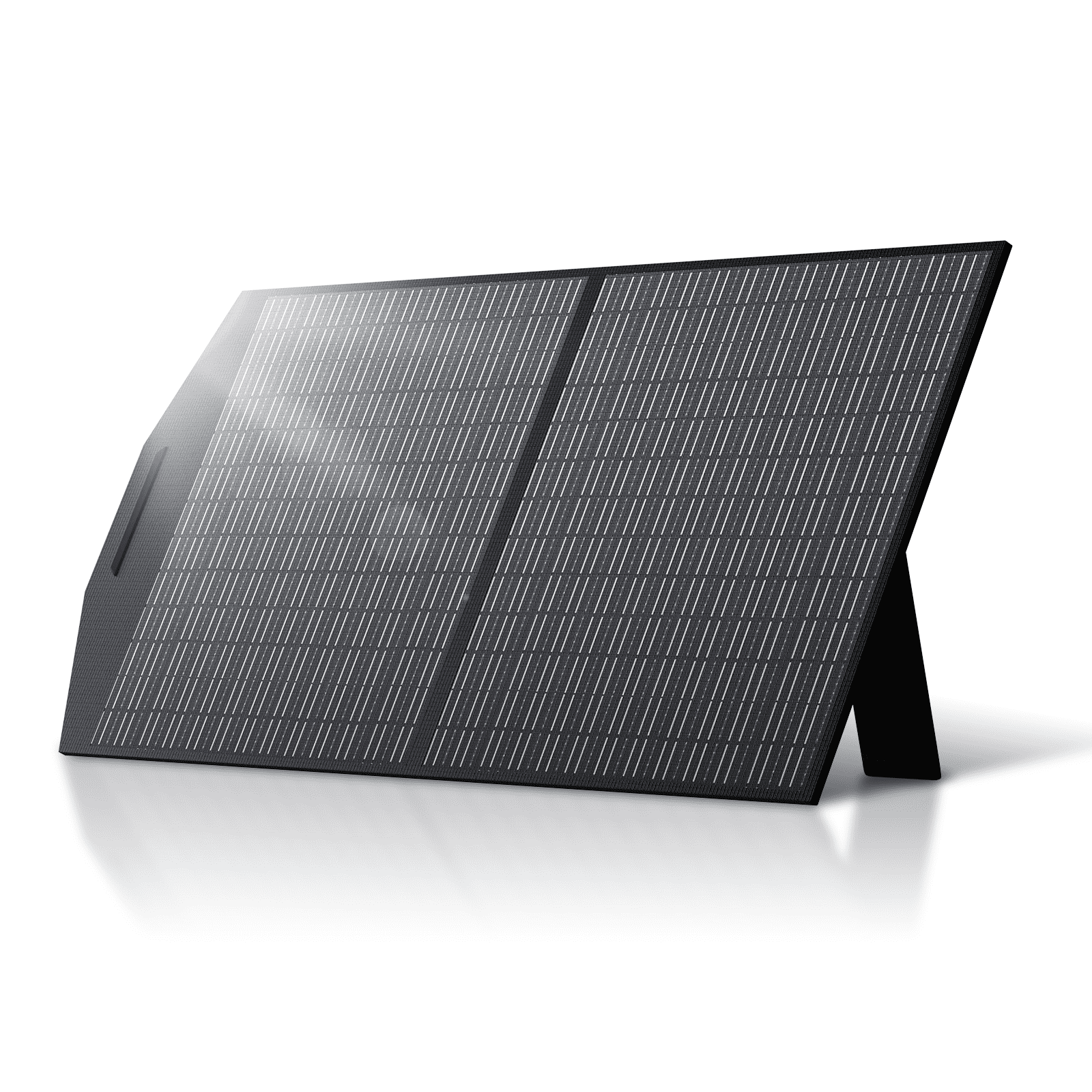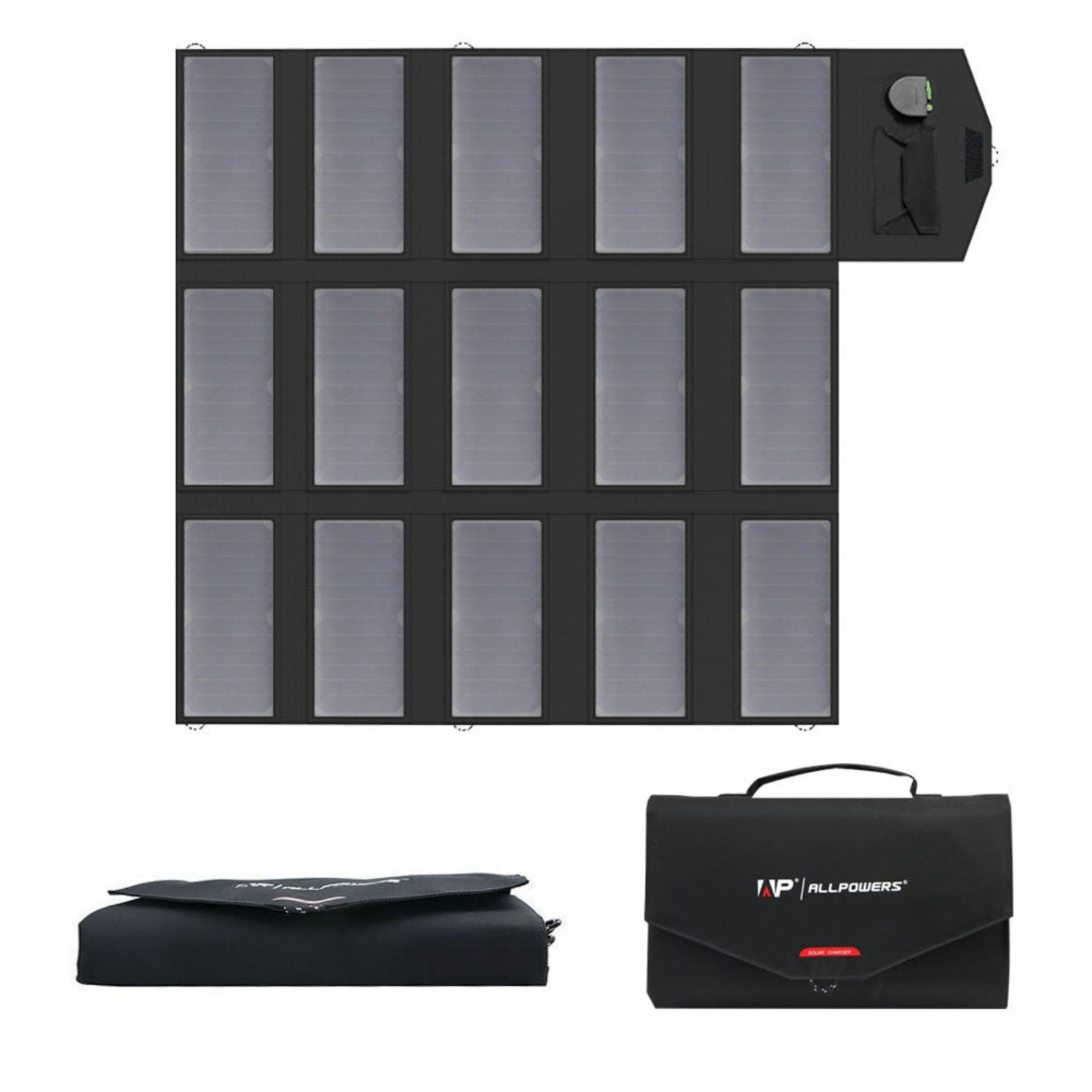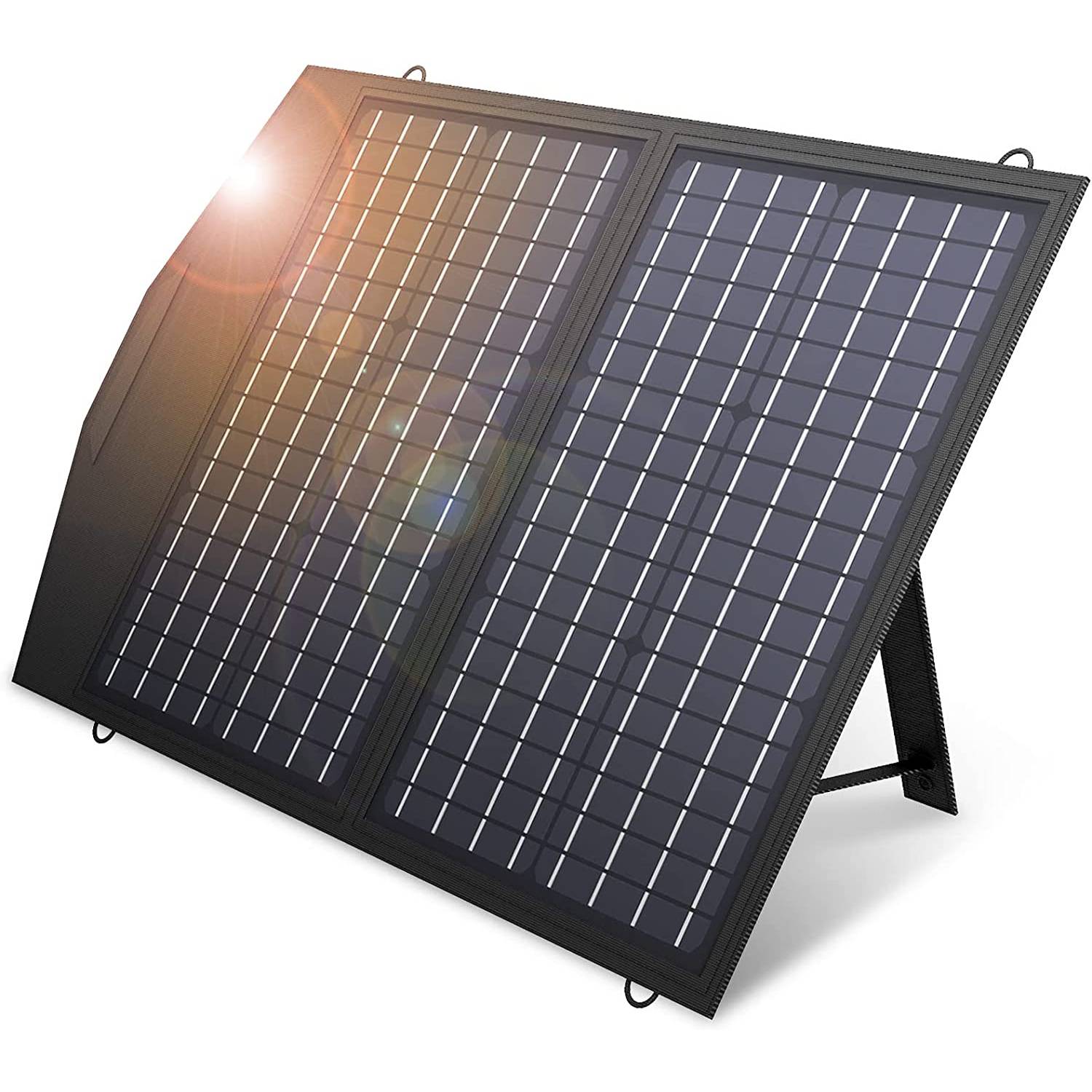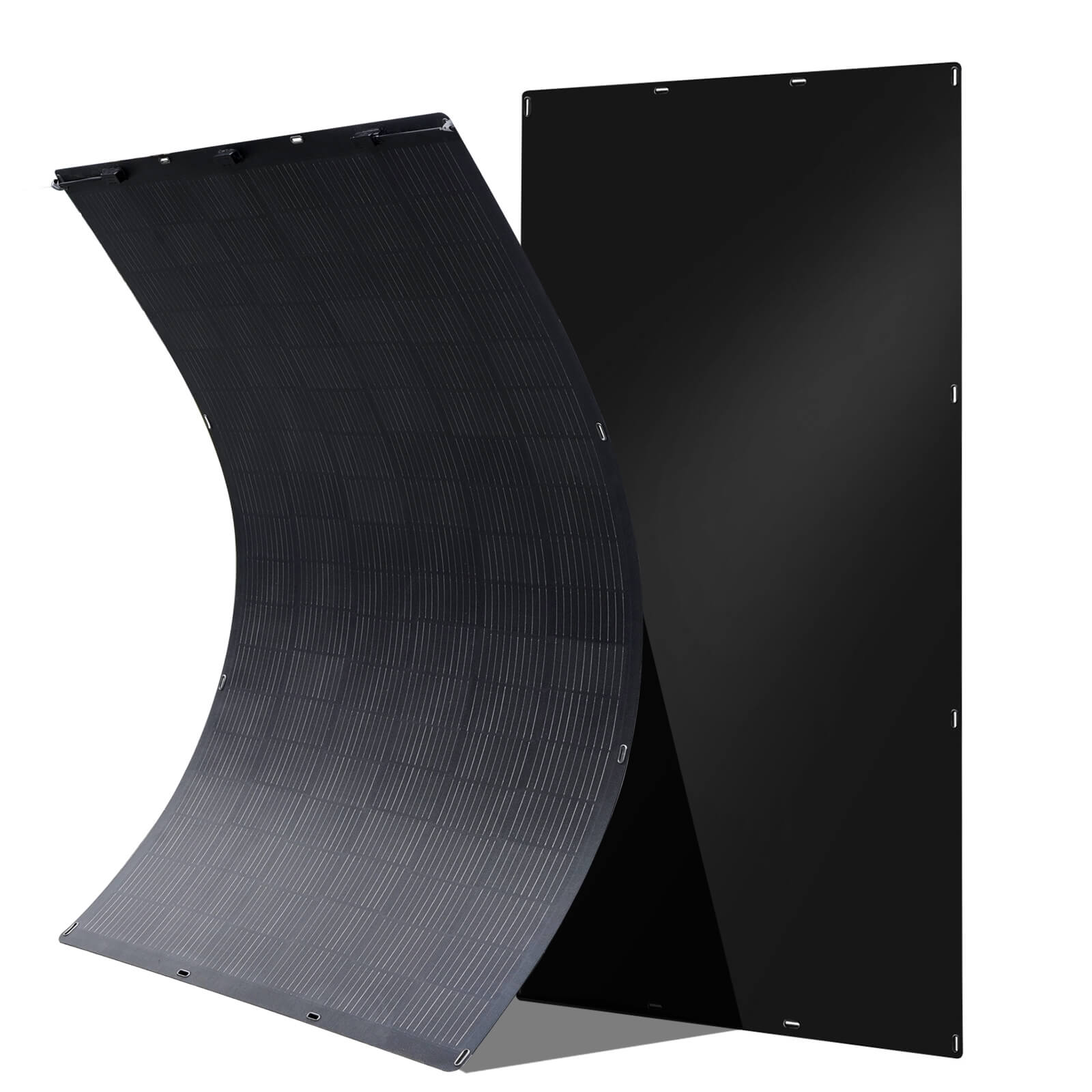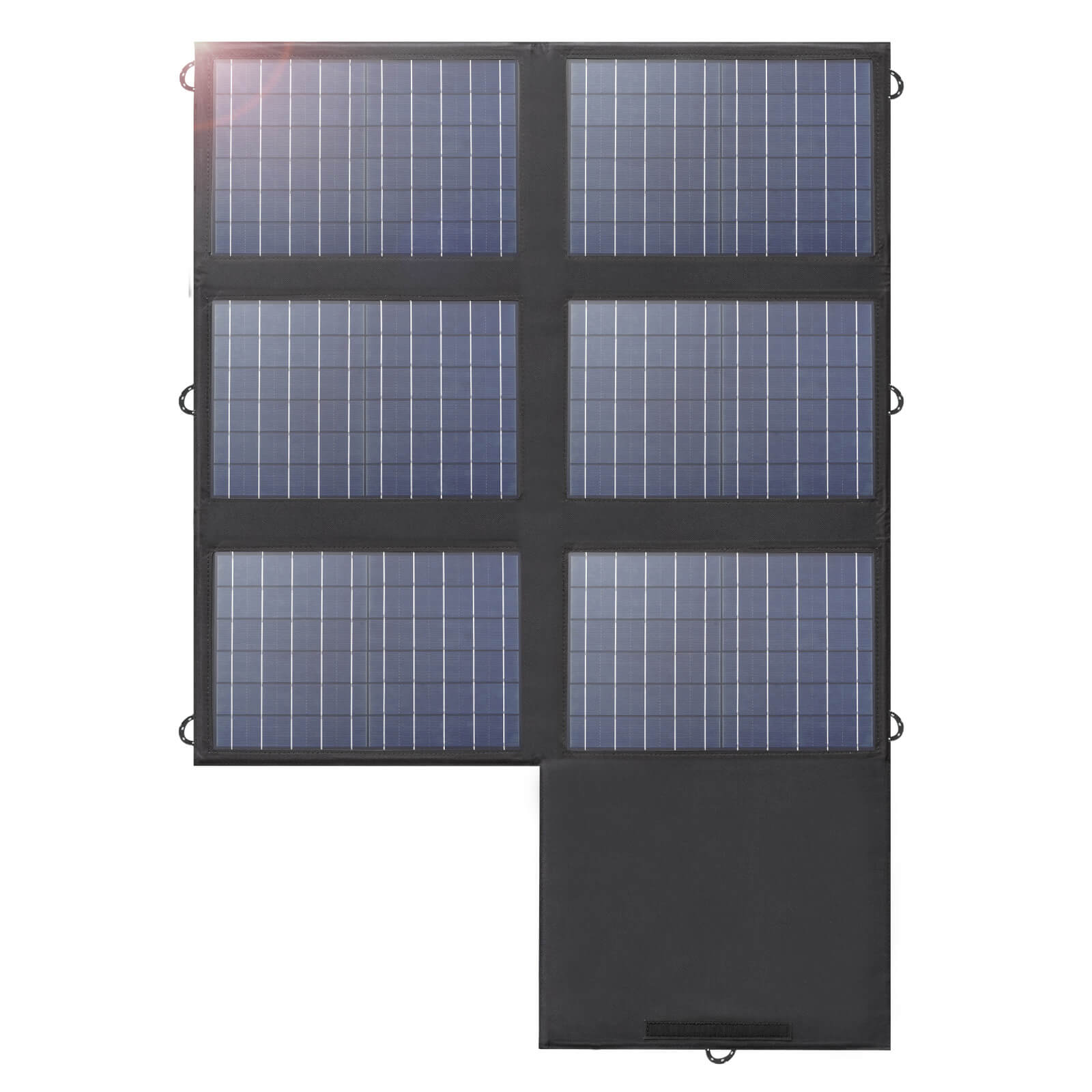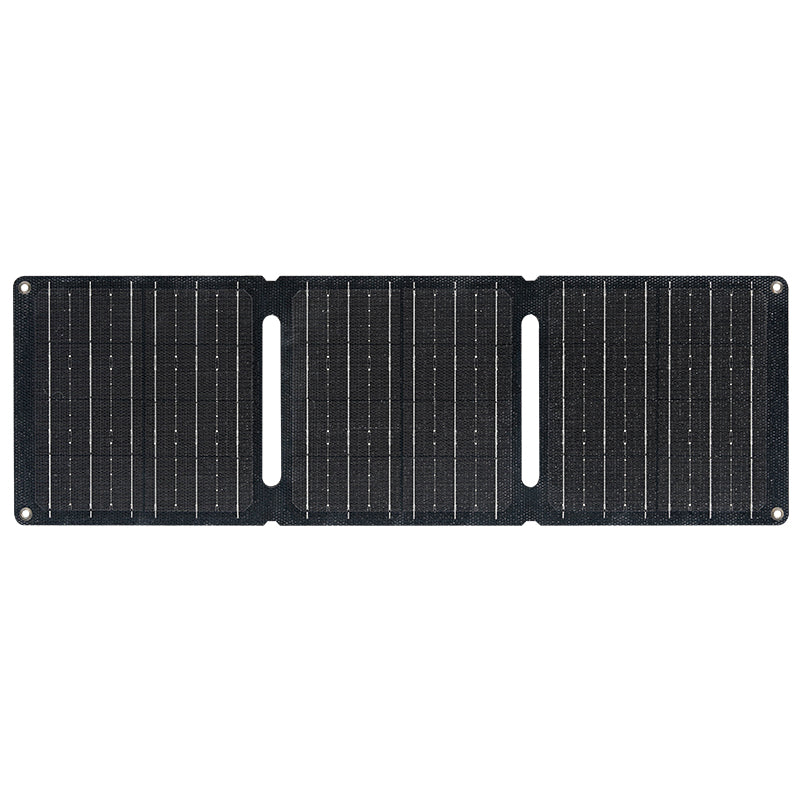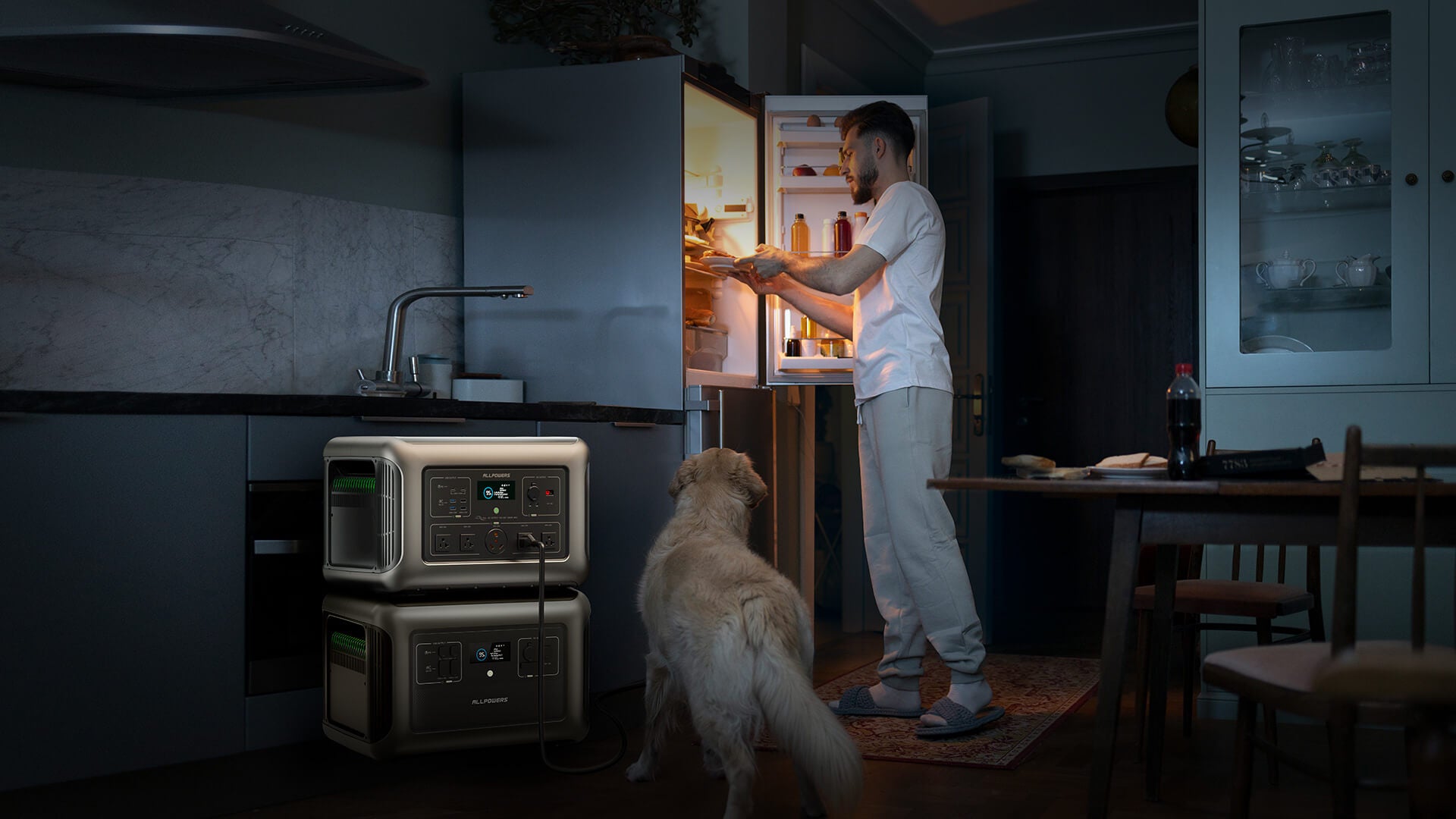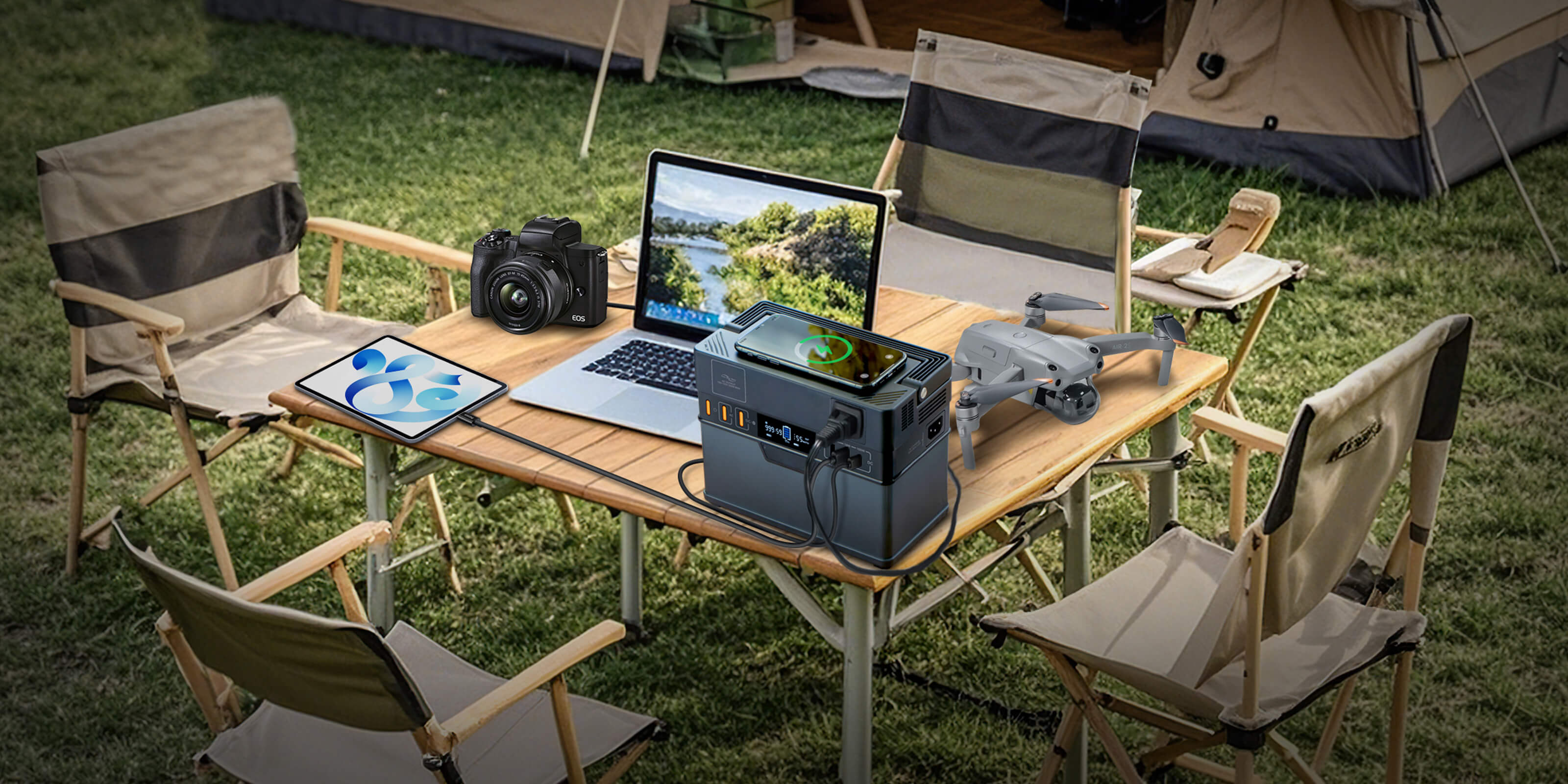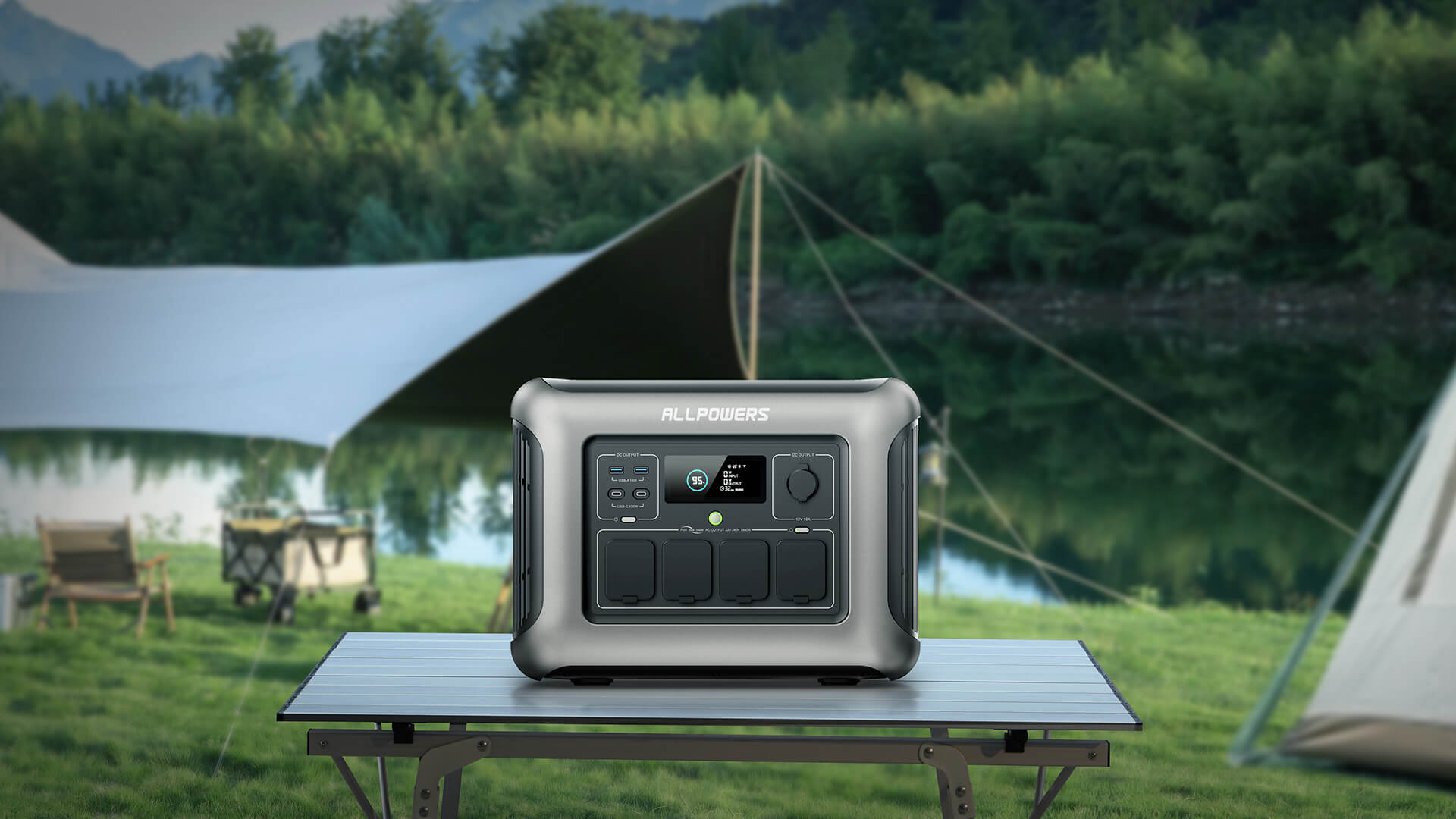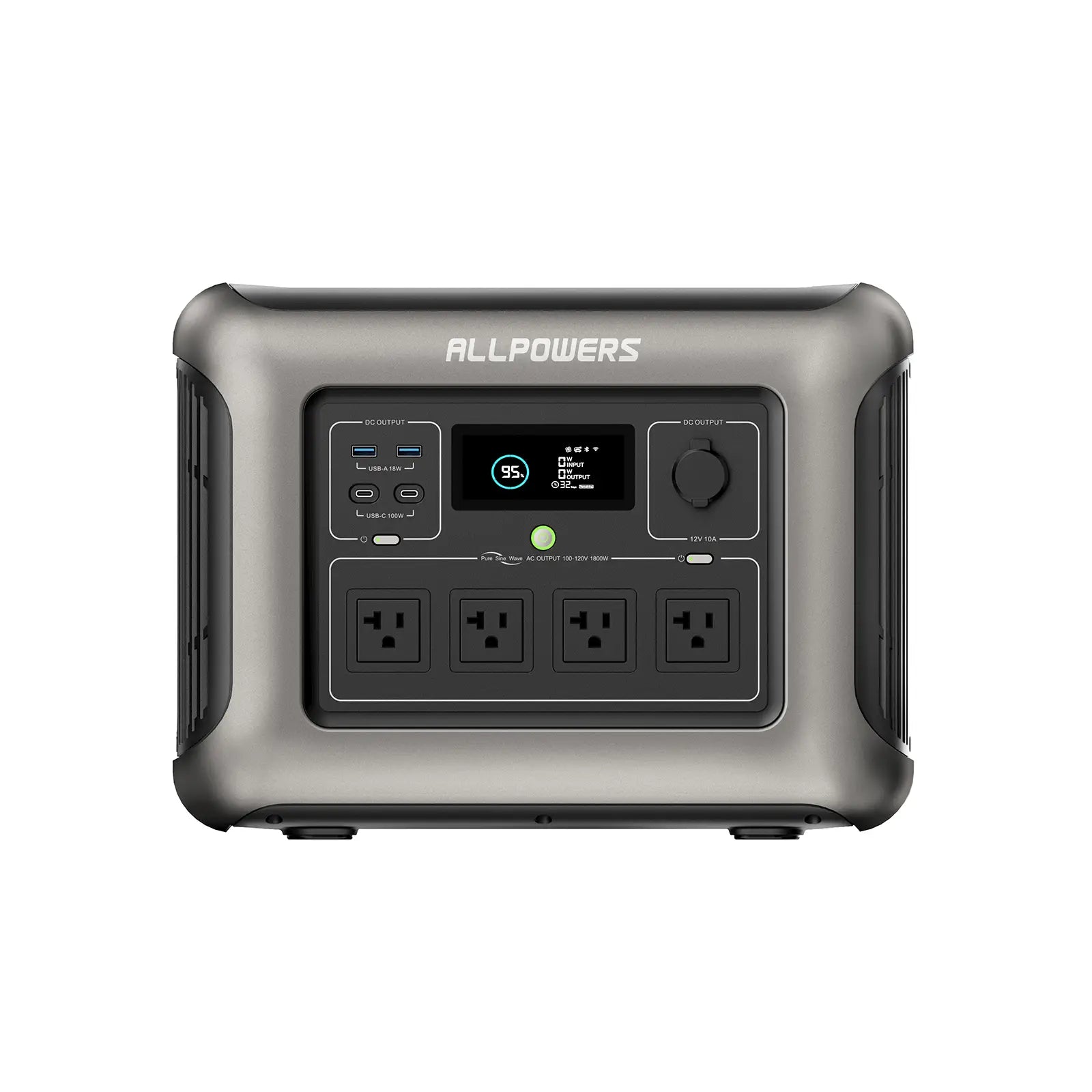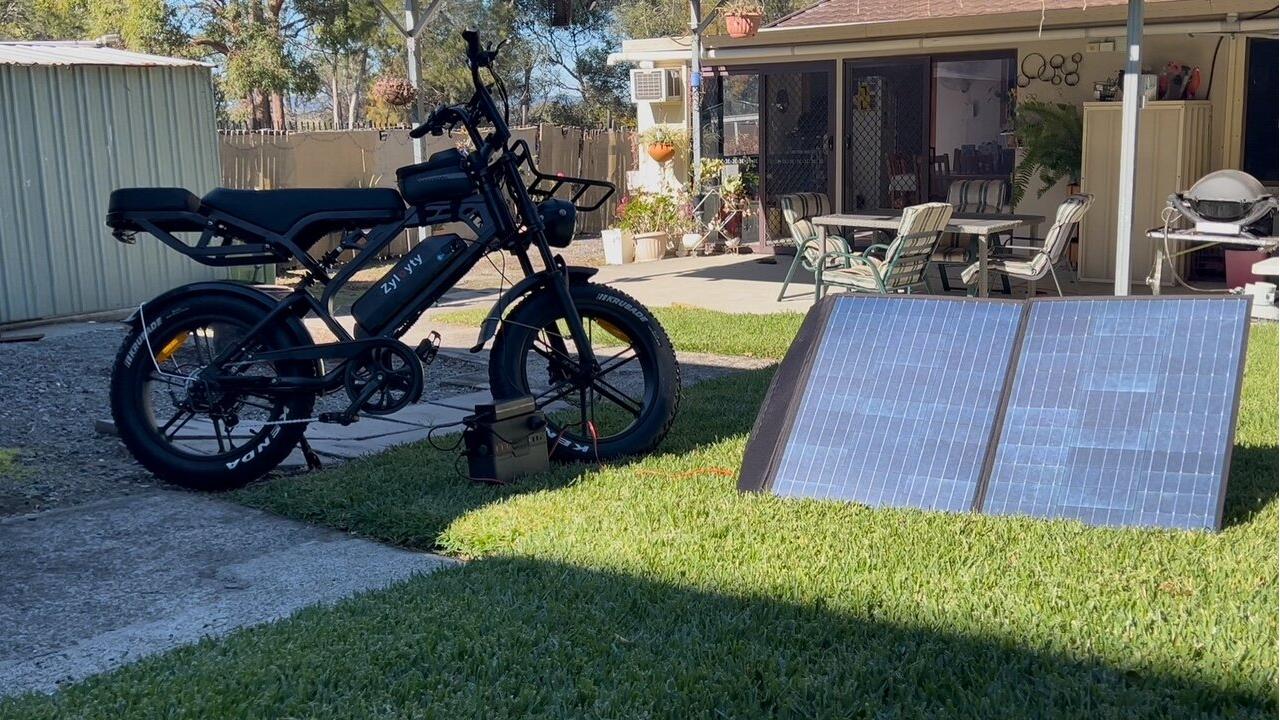In our hyper-connected world, reliable electricity isn't a nice-to-have; it's a must-have.
That's why so many are now looking to portable power stations.
So, what exactly are portable power stations—and more importantly, how do they work?
What a portable power station actually is?
Technically speaking, a portable power station combines a battery (usually lithium-ion or LiFePO4), an inverter (which converts DC battery power to usable AC), and multiple output ports.
Think of it as your personal, portable wall socket. You plug your gear—laptops, phones, fans, even mini coffee makers—right into it. No noise. No fumes. No gasoline spills.
The idea? Clean, portable electricity—wherever you need it, whenever you need it.
How does it actually do what it does?
Here’s the thing:
First, you charge it—either from the wall, your car’s 12V socket, or (my personal favorite) the sun via solar panels. This energy gets stored in the battery. When you plug something in, the inverter converts that stored energy (DC) into the kind of power your devices can use (AC).
Think of it like a water tower. You fill it up, and then draw from it as needed. The pipes and valves (aka the ports and inverter) determine what kind of “water” gets to what faucet. Need to boil water for coffee? Plug in your kettle. Charging your drone battery? There’s a port for that too.
And because the system is “smart,” it often includes features like overload protection, temperature control, and LCD screens that show remaining charge and estimated run time.
What does a power station do?
If you're a regular at national parks, music festivals, or remote cabins, this thing is your new best friend.
Instead of relying on noisy gas generators (and stressing over fuel), you get a silent, emission-free alternative that can run your essential devices for days.
And here’s the kicker: many units can be charged via foldable solar panels during the day while you hike, kayak, or nap in a hammock. Come nightfall? You're good to go again.
Now let’s talk about home life. Picture this: it’s storming outside. Power’s out. The fridge is slowly warming, your kid’s tablet is dead, and the only flashlight left is the one on your phone, which has 6% battery left. Stressful, right?
But with a fully charged power station on hand, you’re not scrambling. You can keep the lights on, plug in your modem, run a few fans, charge your phones, and maybe even brew a cup of coffee to ride out the storm in comfort.
How long do they last?
Now, one of the biggest questions folks ask: how long will it actually run my stuff? Well, it depends on the capacity, usually measured in watt-hours (Wh).
A mid-sized 1000Wh unit can charge a phone around 90 times, run a laptop for 20 hours, or power a CPAP machine for two nights. Larger units—say, 1500Wh or more—can run a fridge for over a day or power a pellet stove overnight in winter.
Are there any downsides?
Sure, nothing’s perfect.
They’re not featherweight. Even a compact station can weigh 10–30 pounds. And they won’t run heavy-duty appliances like central AC units or electric dryers—at least not without chaining multiple units together (and that’s more complicated than most folks want).
Also, while prices are coming down fast, high-capacity units can still be an investment. But when you weigh it against spoiled food, missed work, or a ruined camping trip? Most people agree it’s money well spent.
Maintenance? Almost none.
There’s no oil to change. No fuel to top off. No carburetors to clean.
Just charge it every few months if it’s not in use, and keep it in a cool, dry spot. That’s it.
Some models even come with mobile apps, letting you monitor and control the station remotely—ideal for when you’re juggling other emergencies or just want to geek out on data.
How does it compare to gas generators or a power bank?
Good question. You know those small power banks you toss in your bag to juice up your phone? Imagine one of those—but 50 times stronger and with a household plug. Now compare that to a gas generator—the kind that needs fuel, smells like a lawnmower, and roars like a Harley at 3 a.m.
Learn More: What Is The Difference Between a Power Bank And a Portable Power Station?
A portable power station sits comfortably between the two. It’s cleaner, quieter, and way easier to use than a generator. Plus, it doesn’t require gas or oil changes. And unlike small power banks, it can actually run things—not just charge them.


